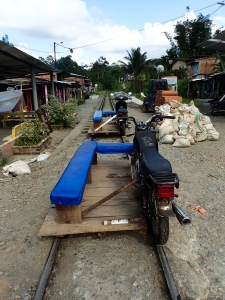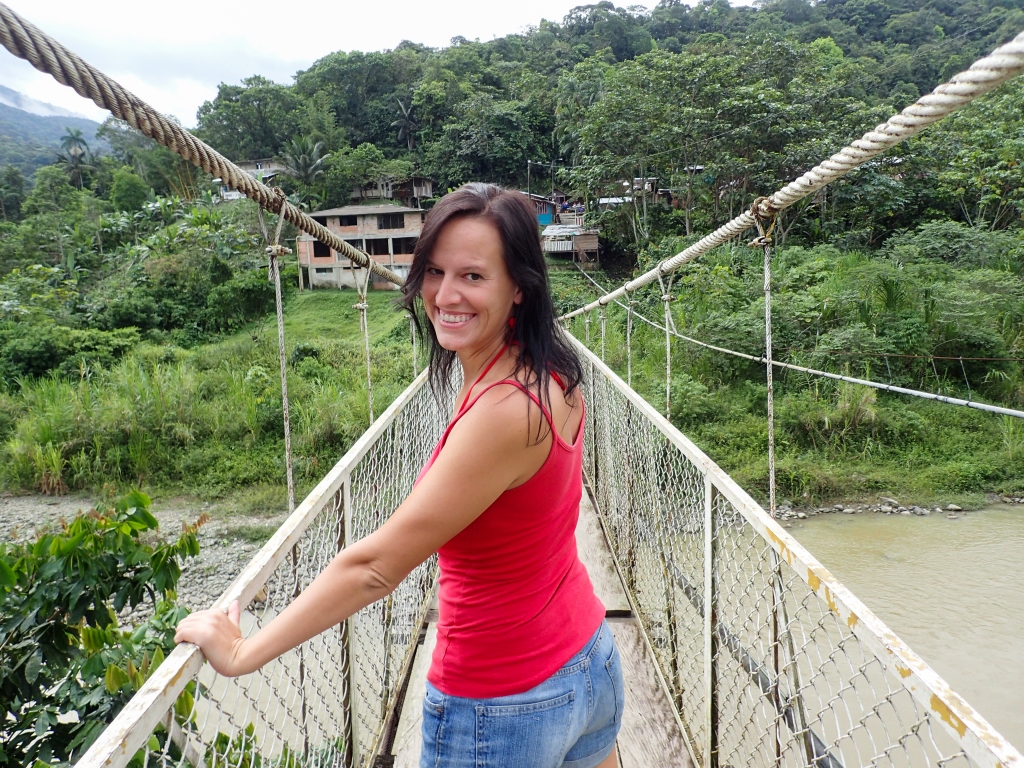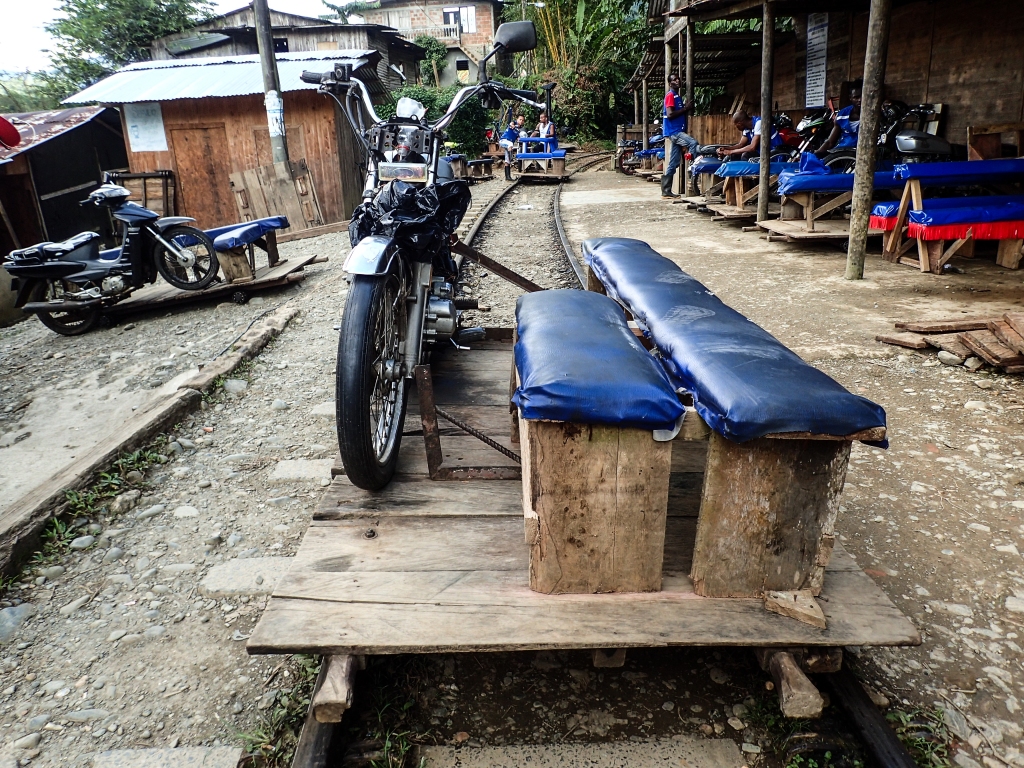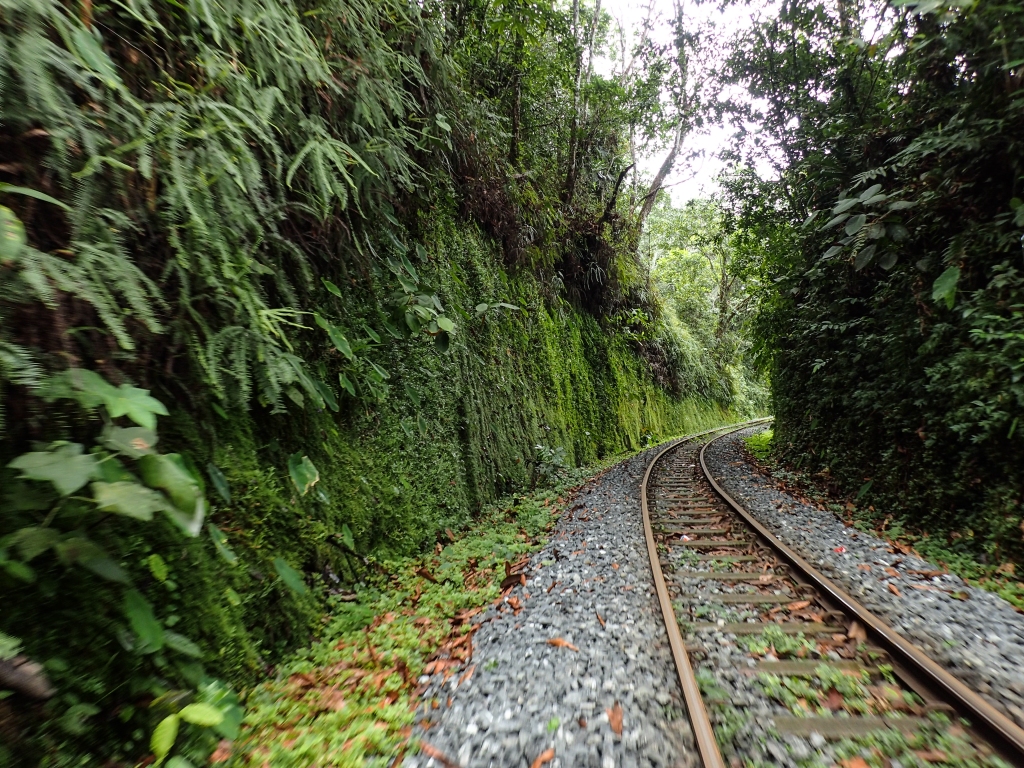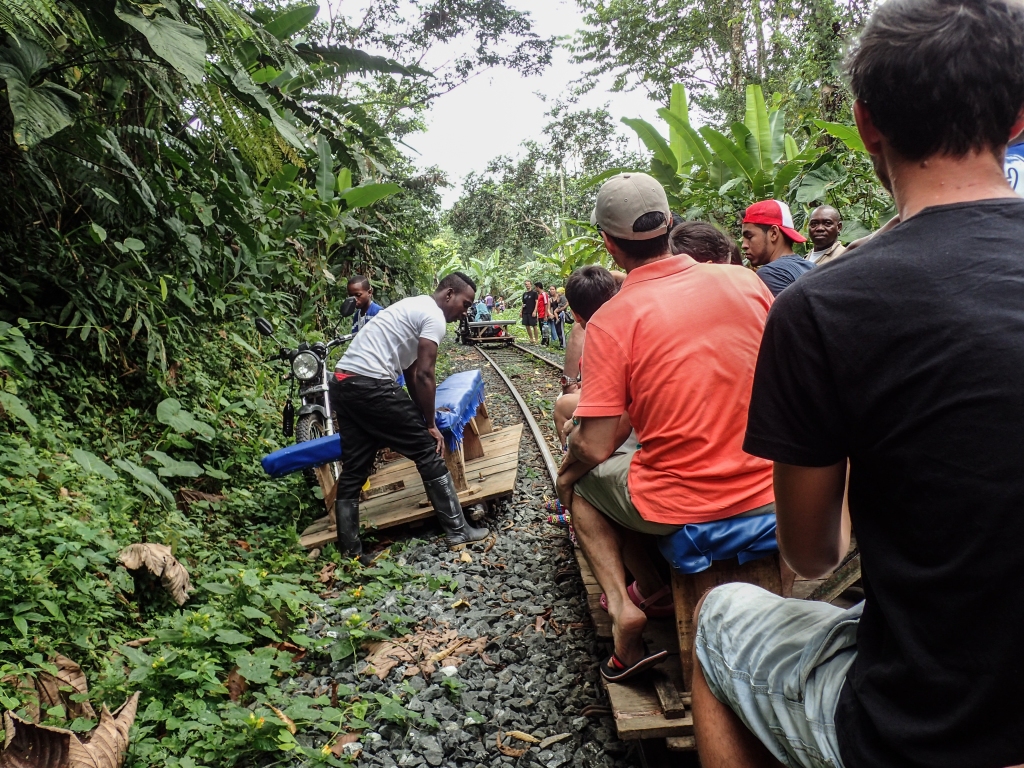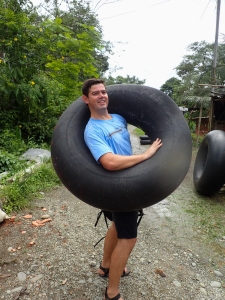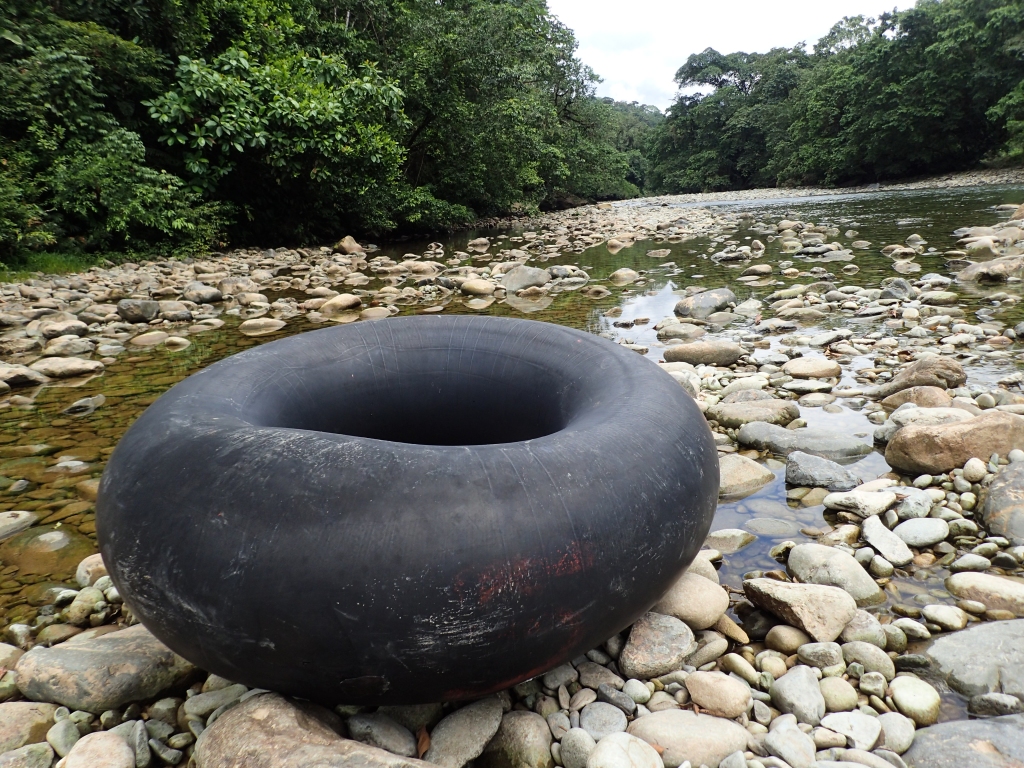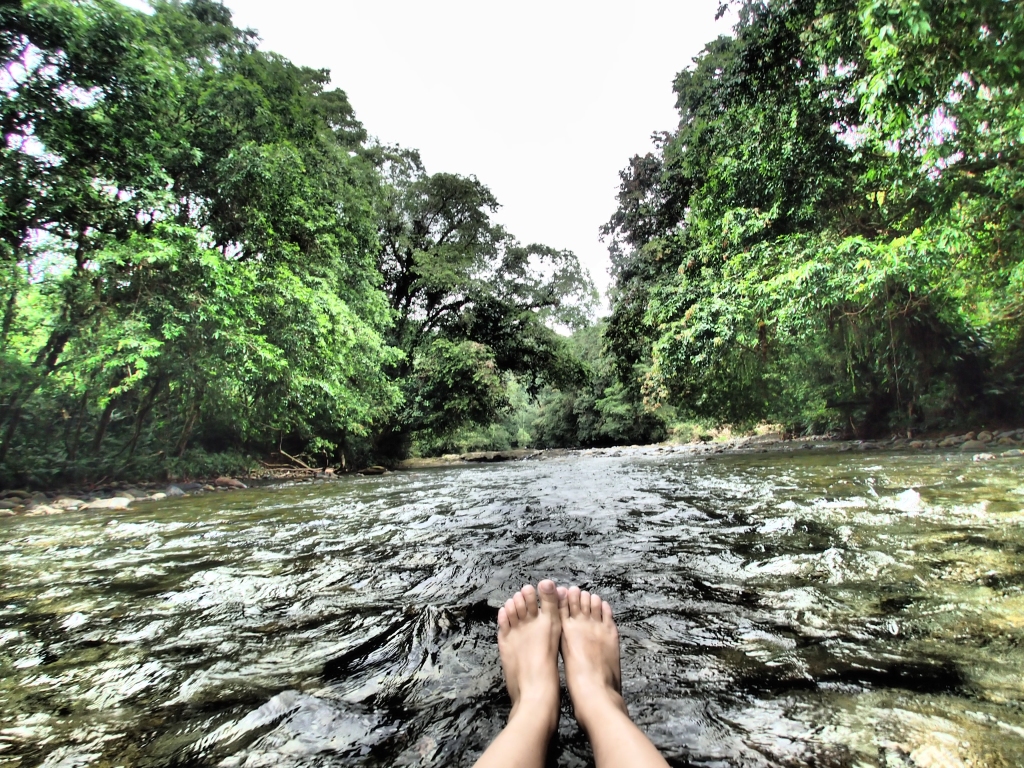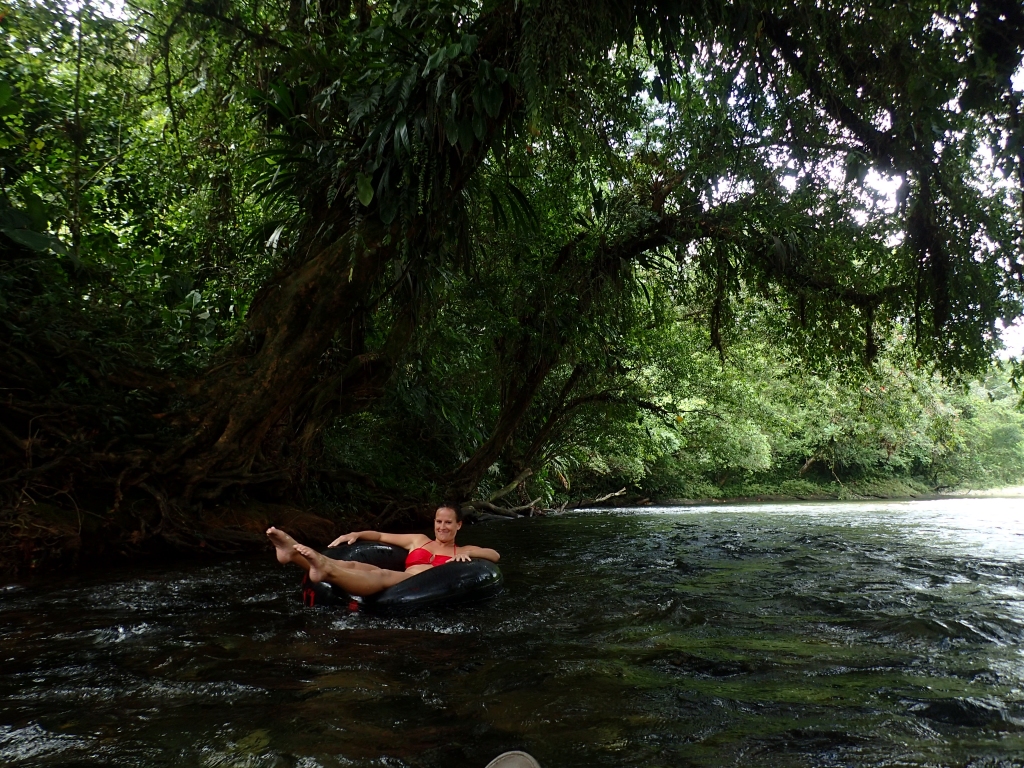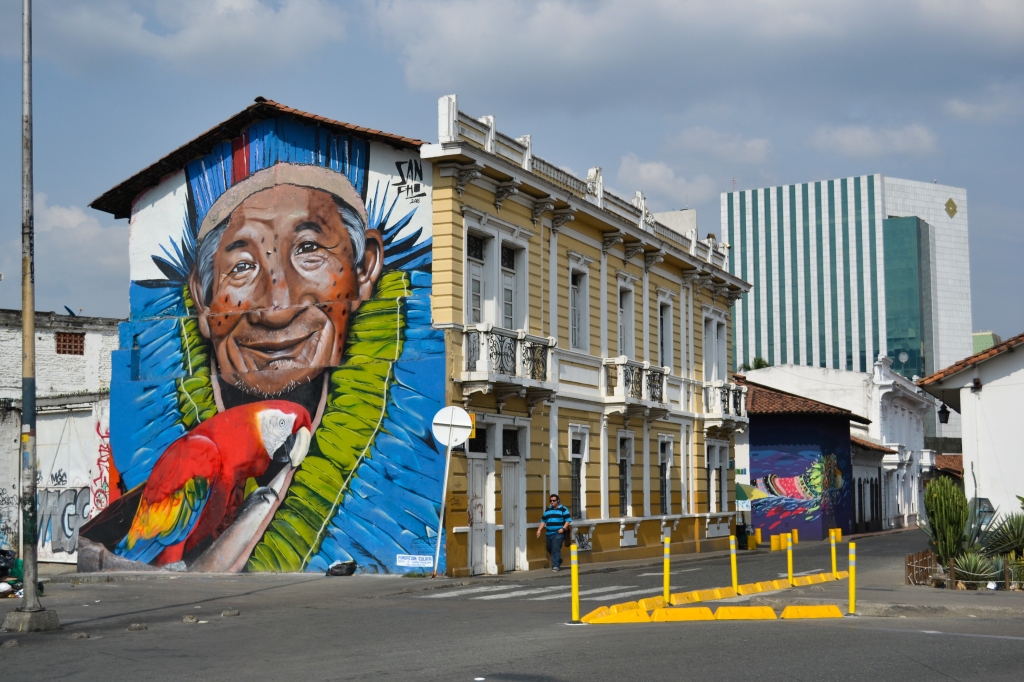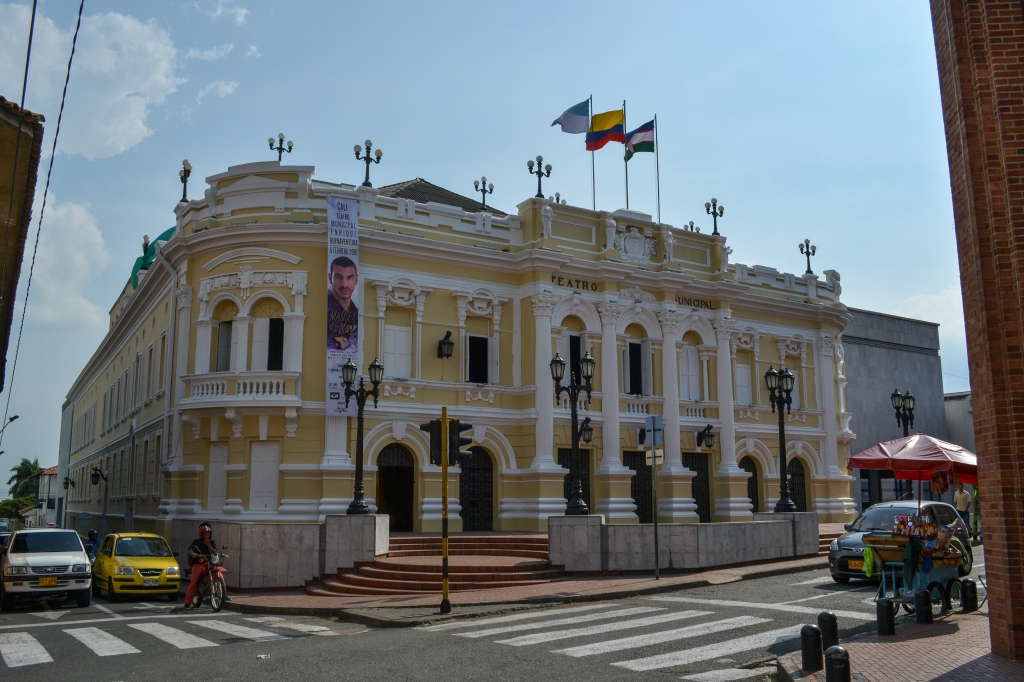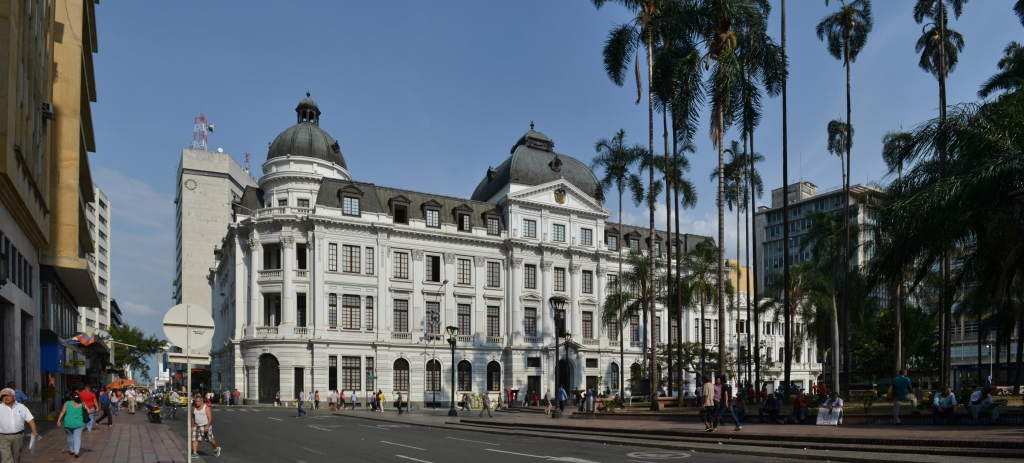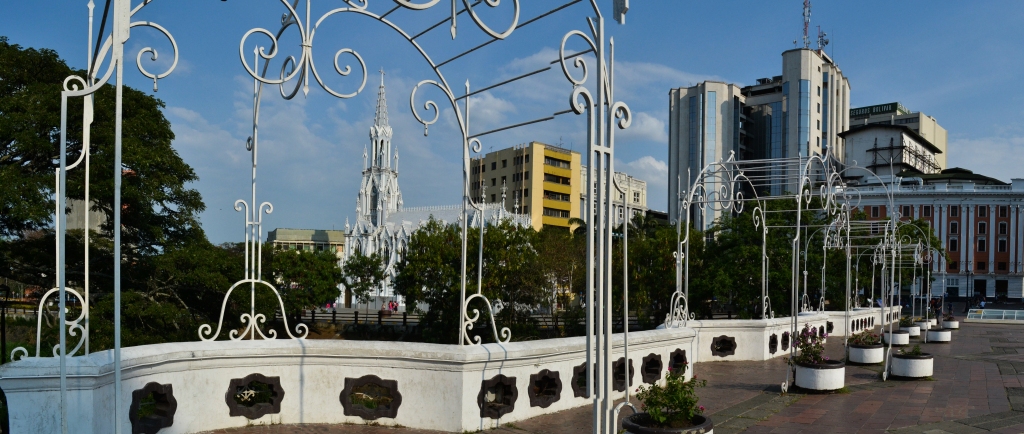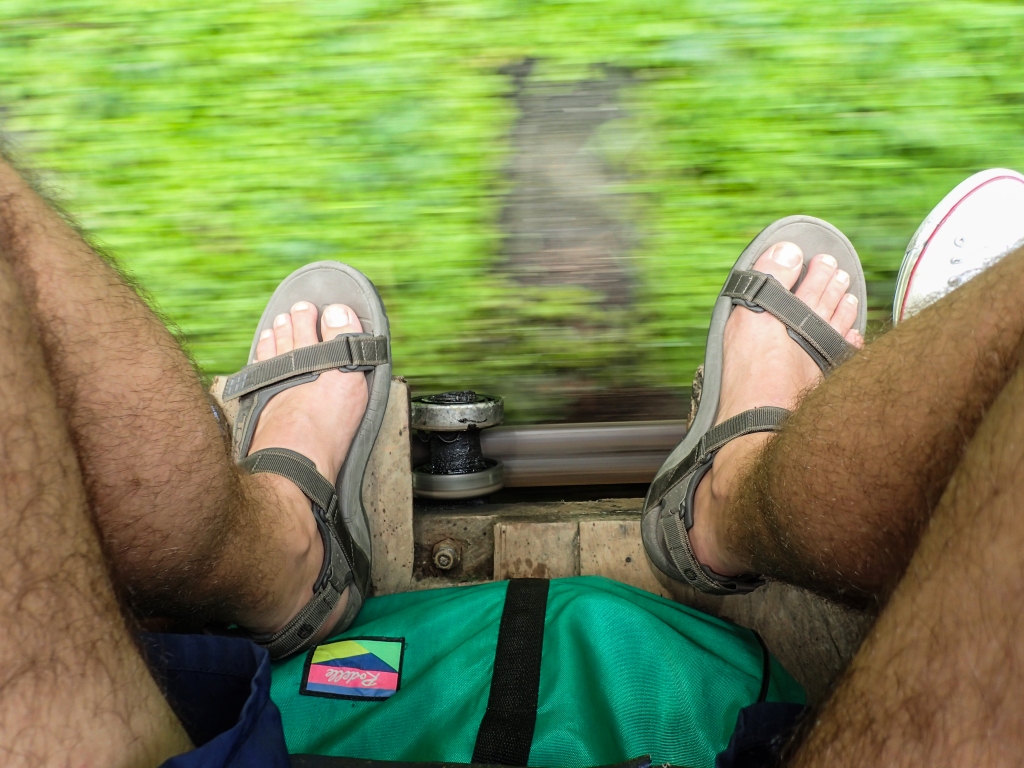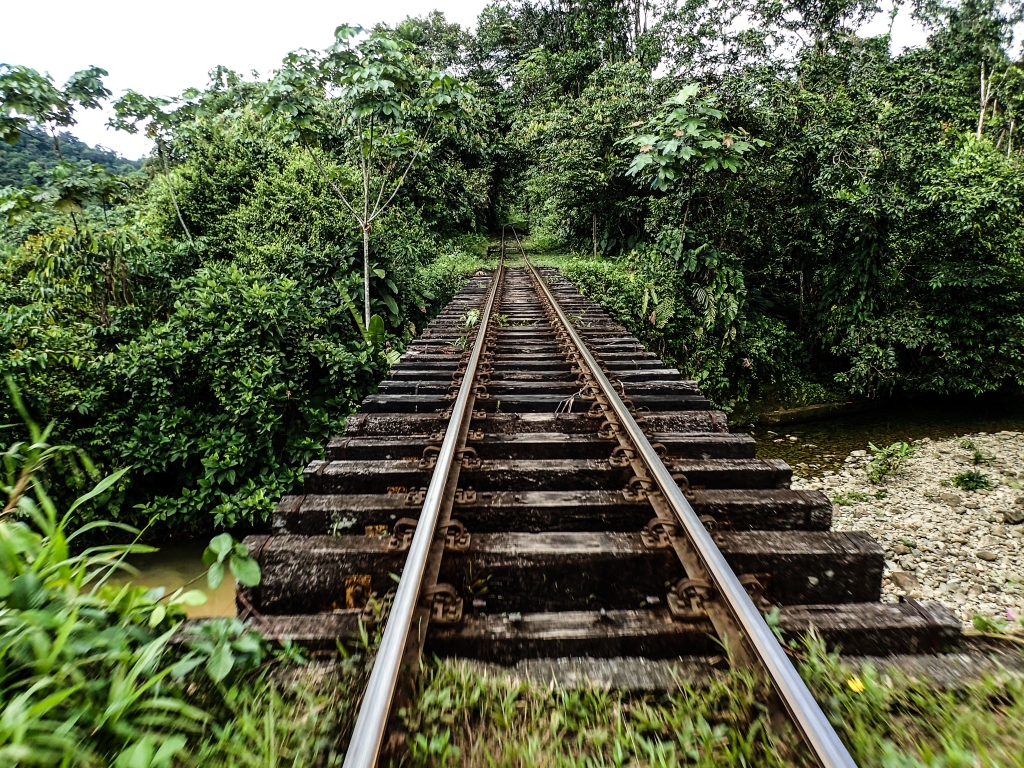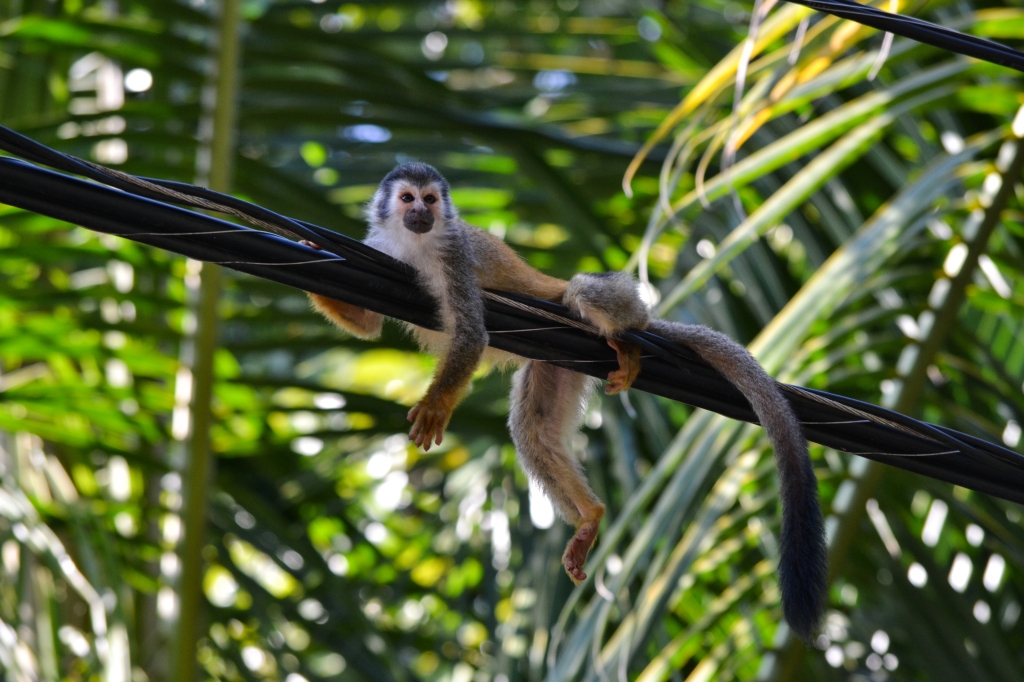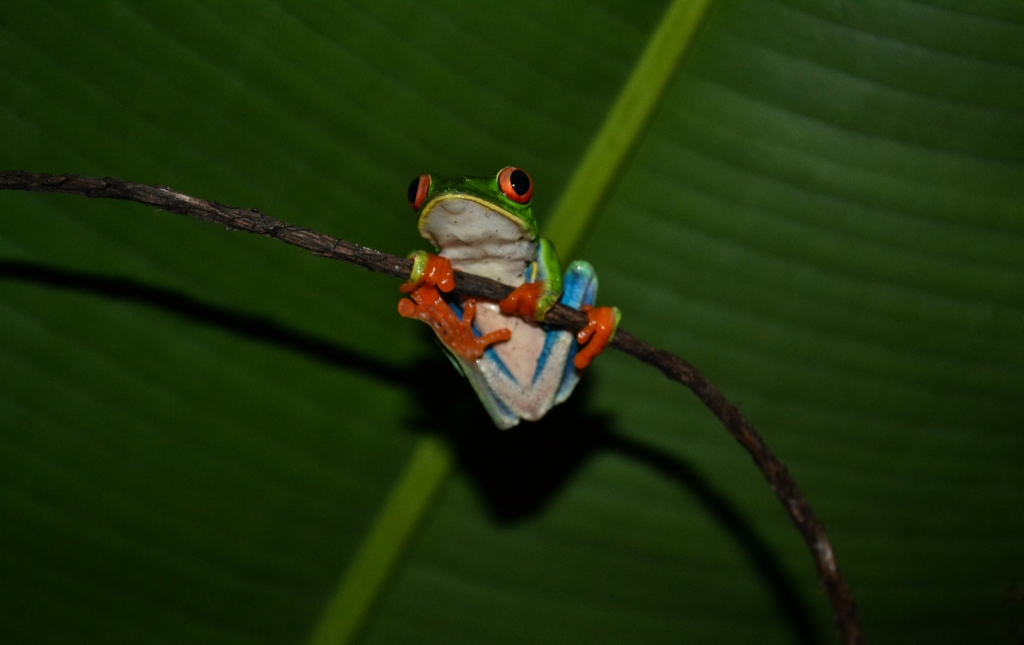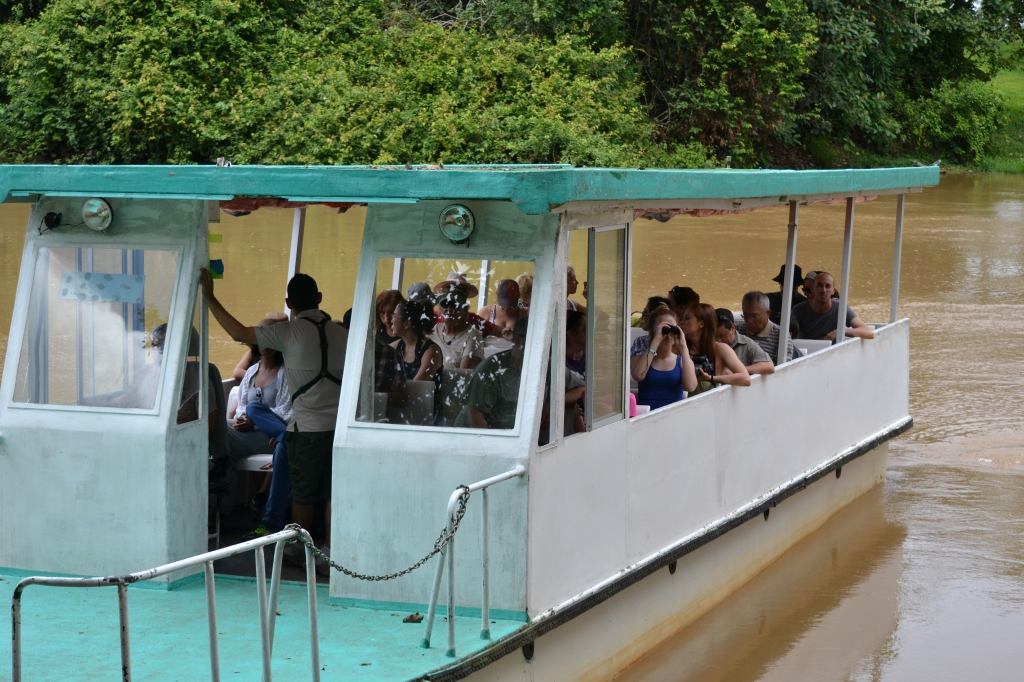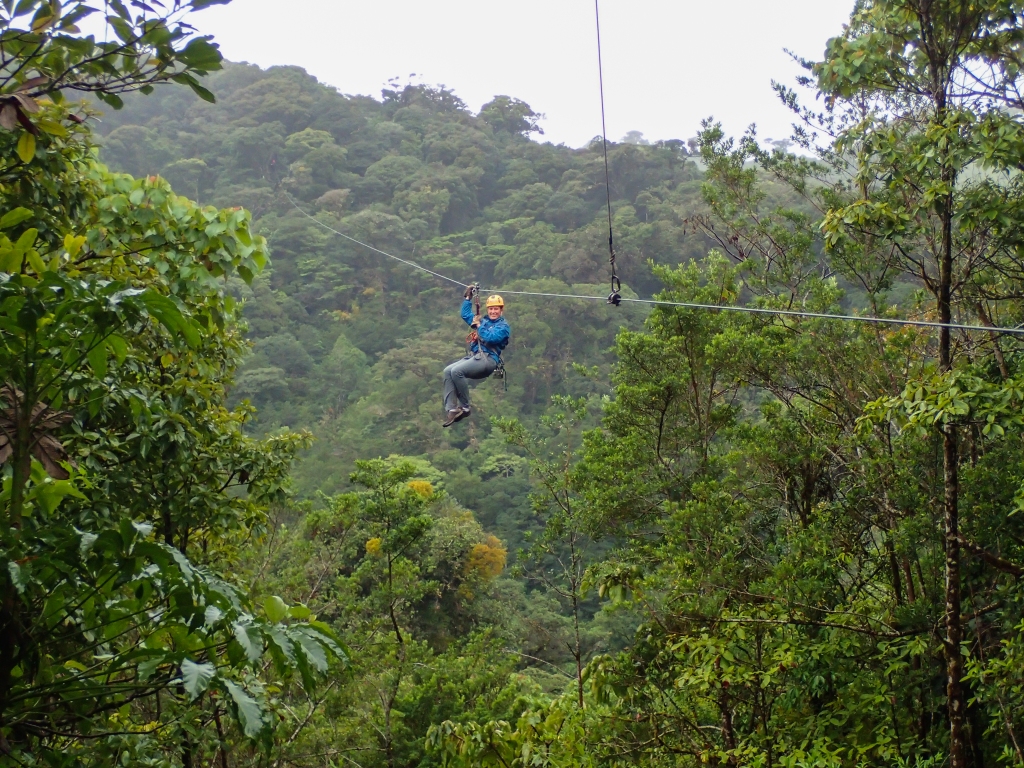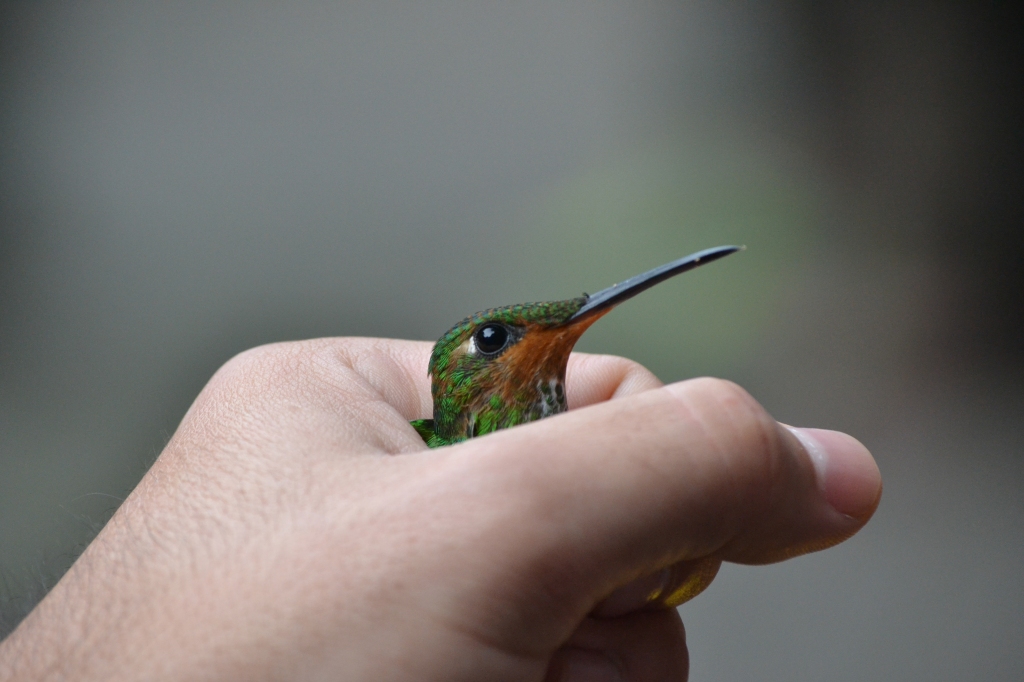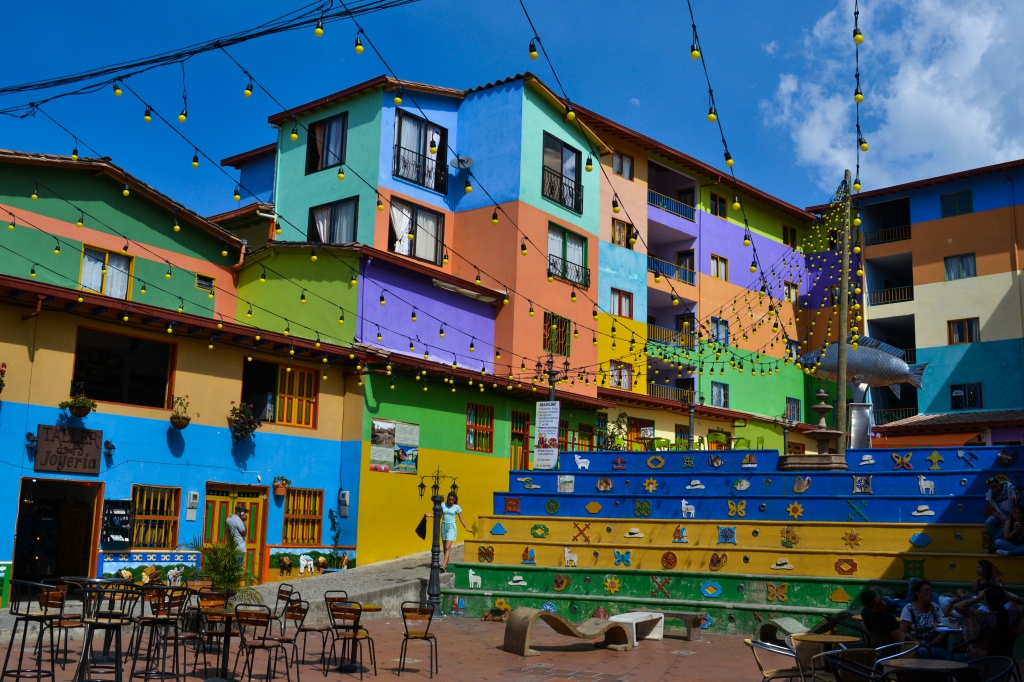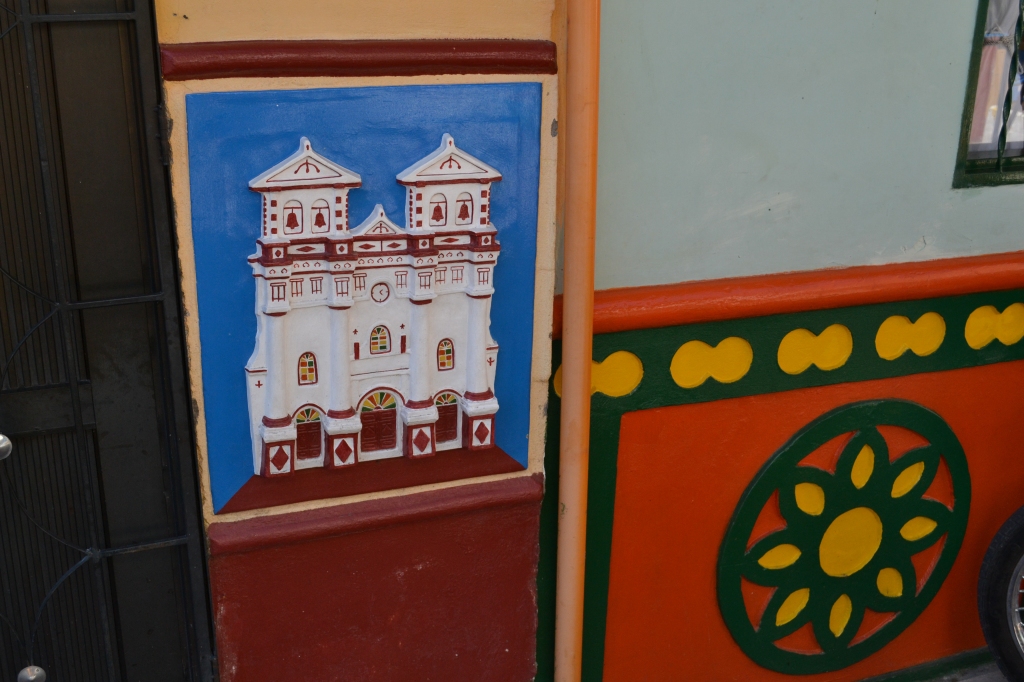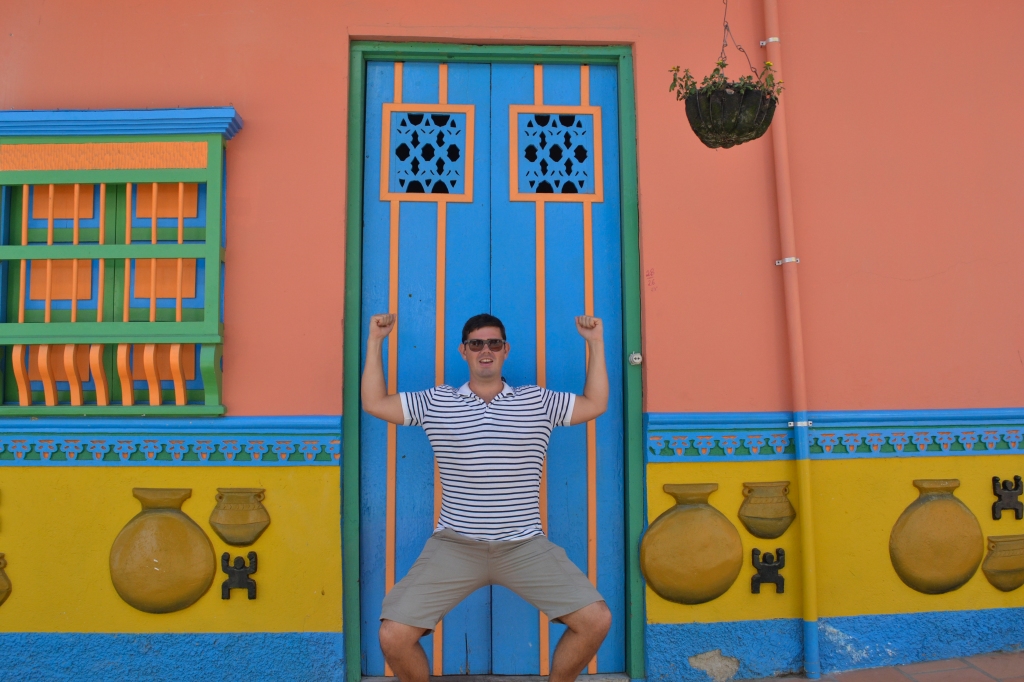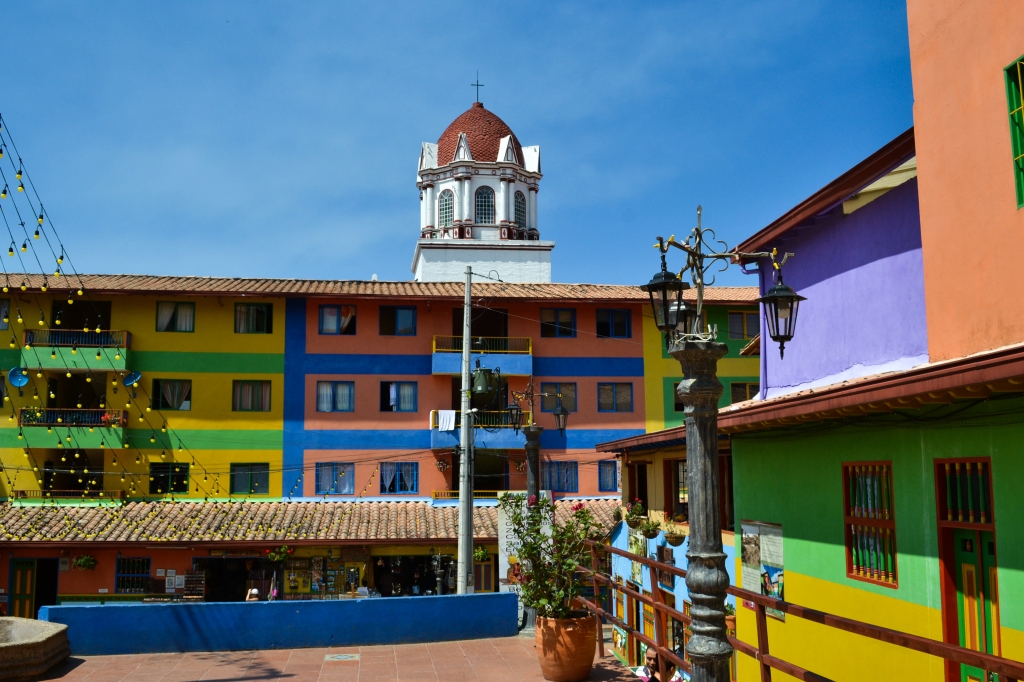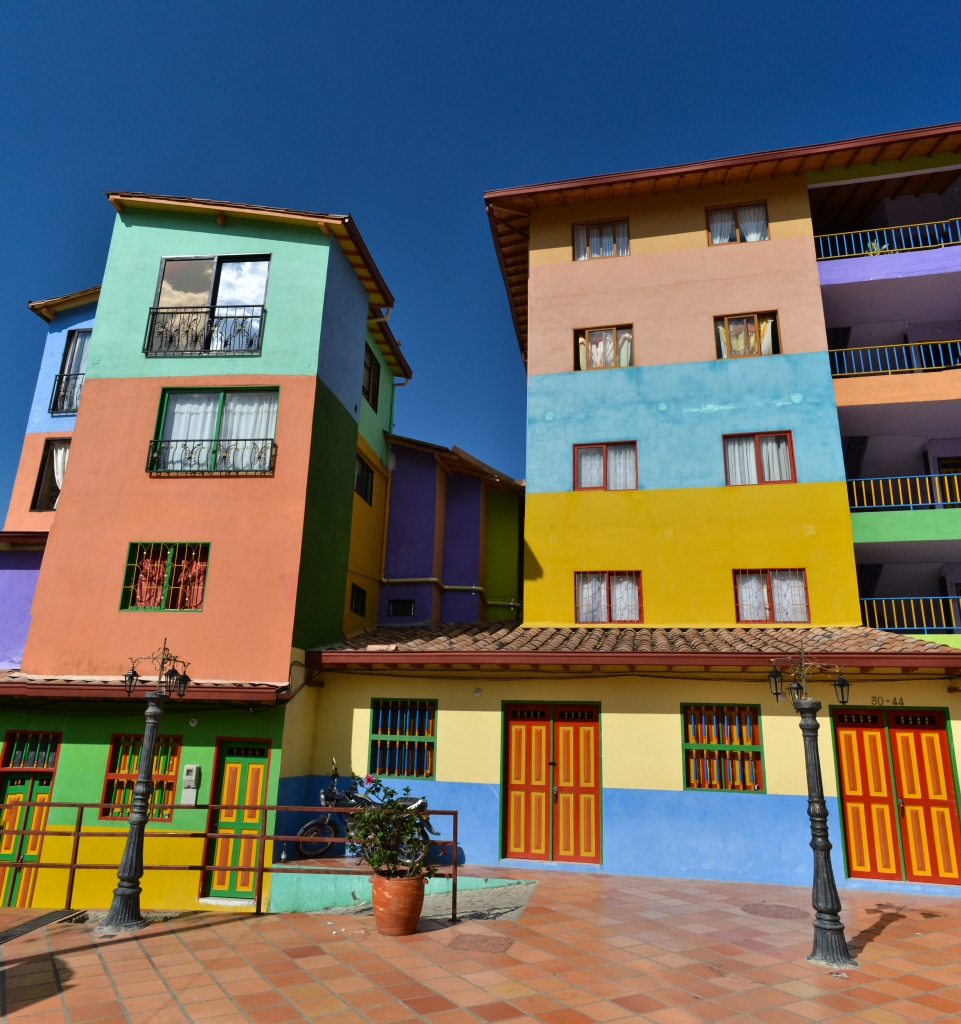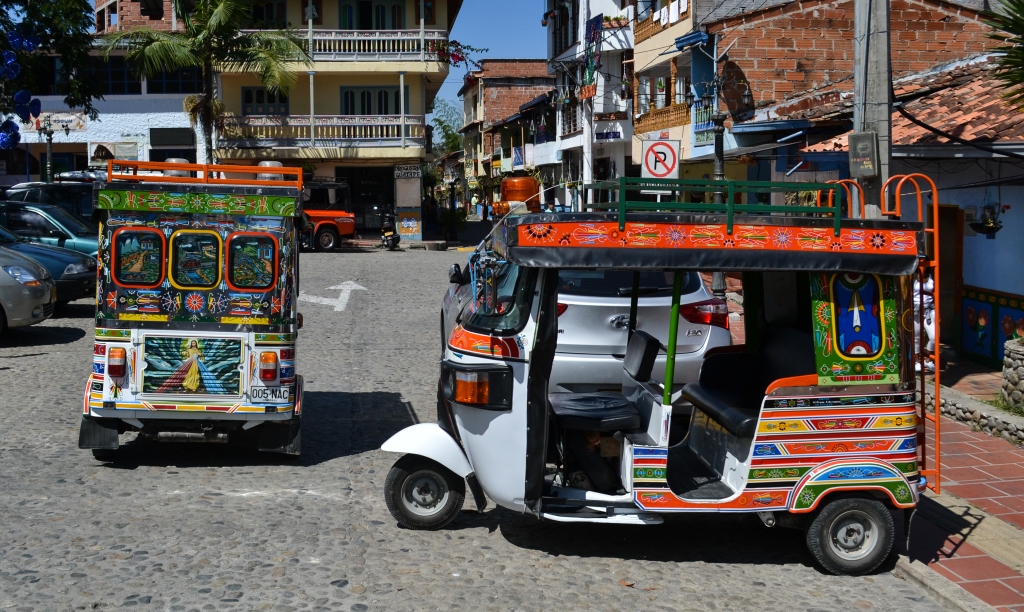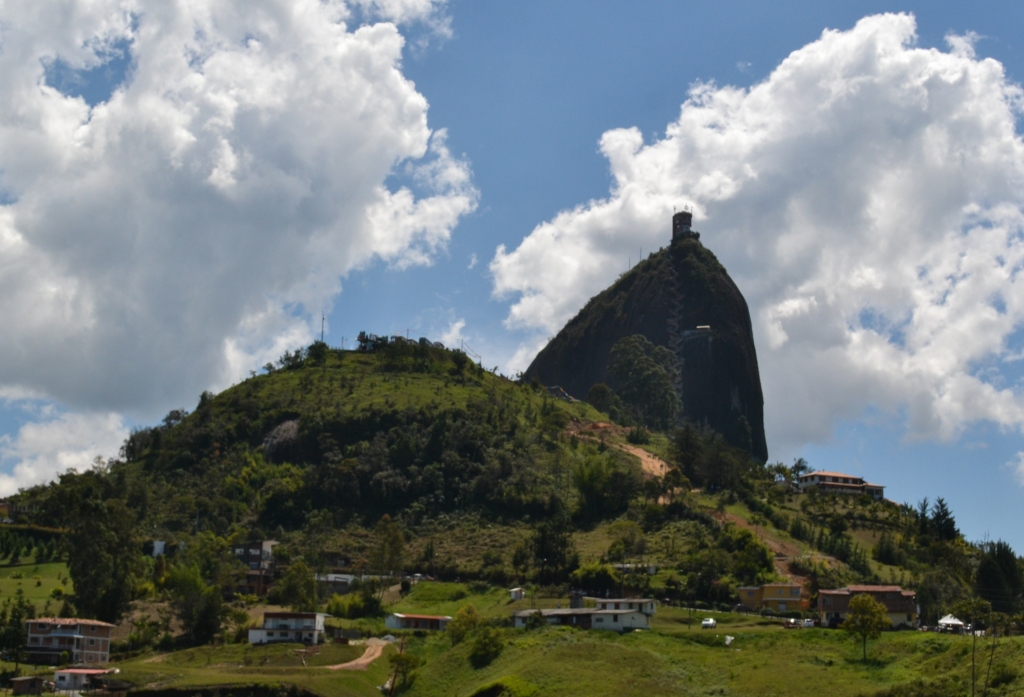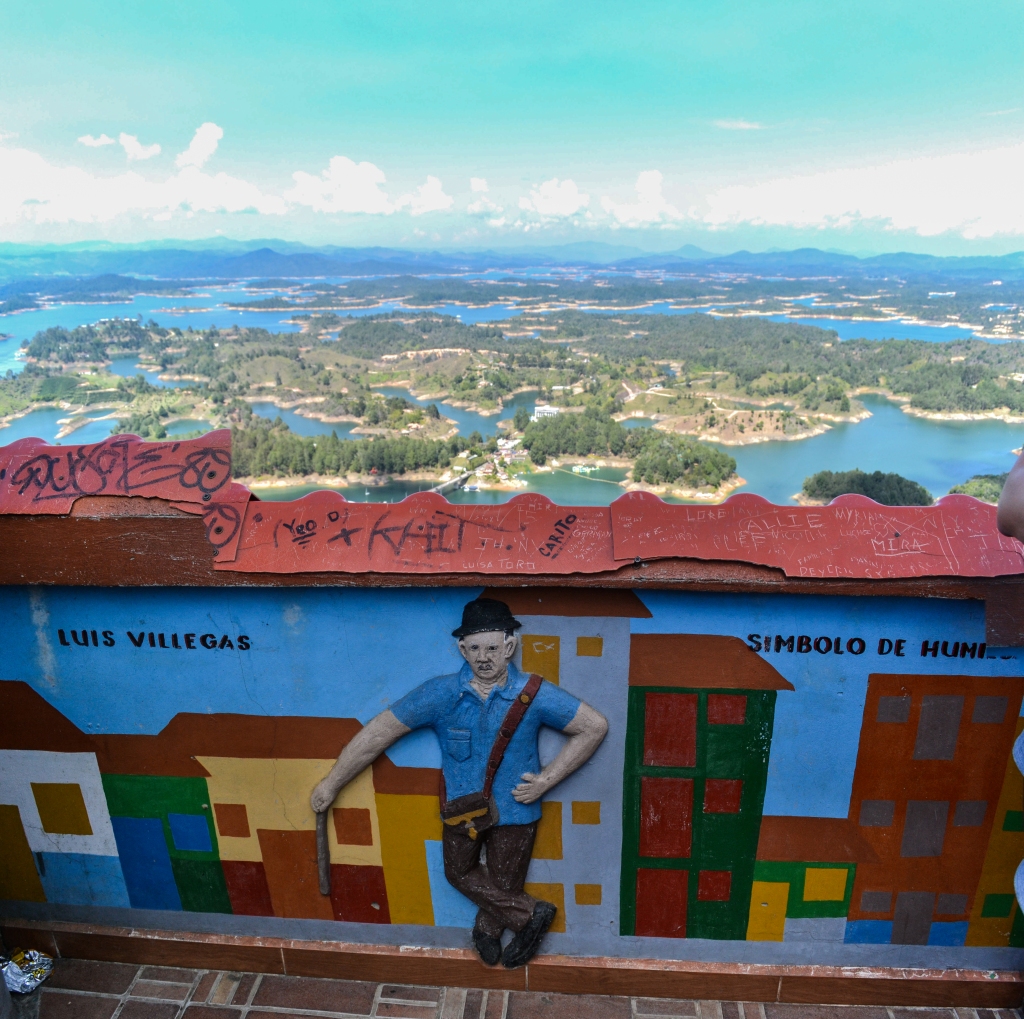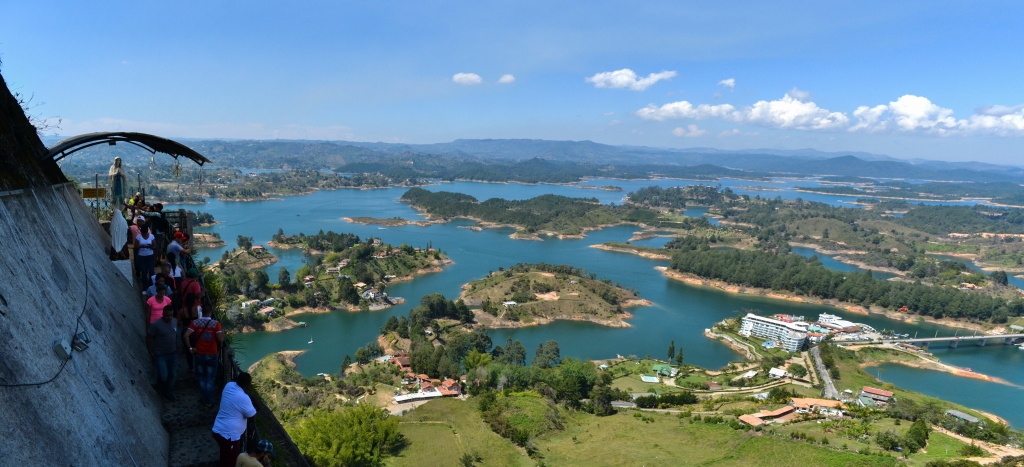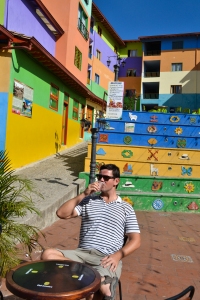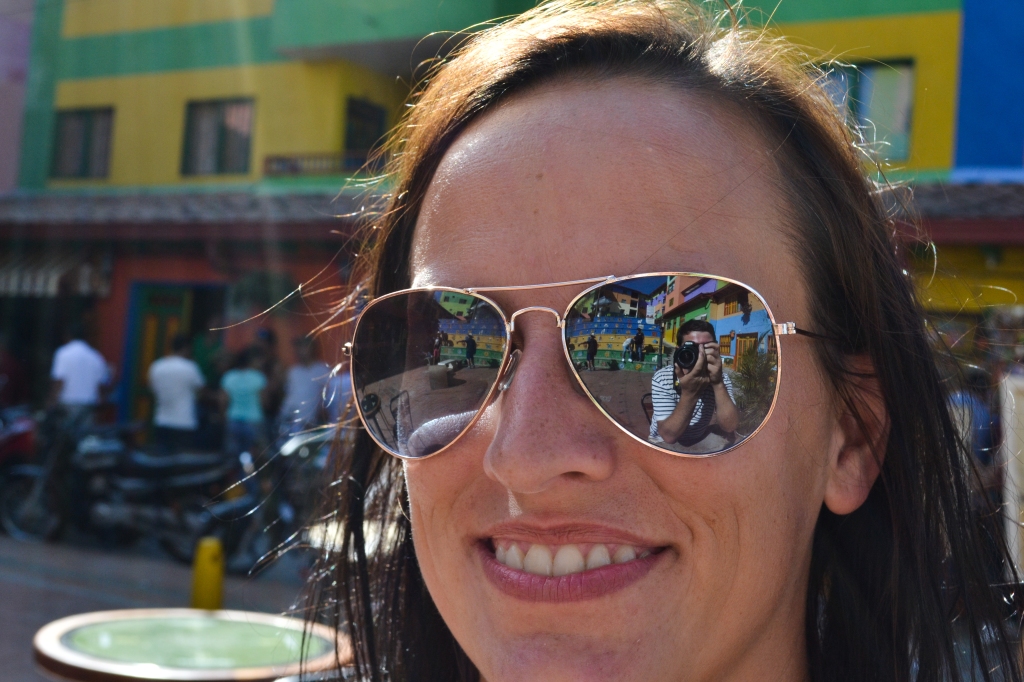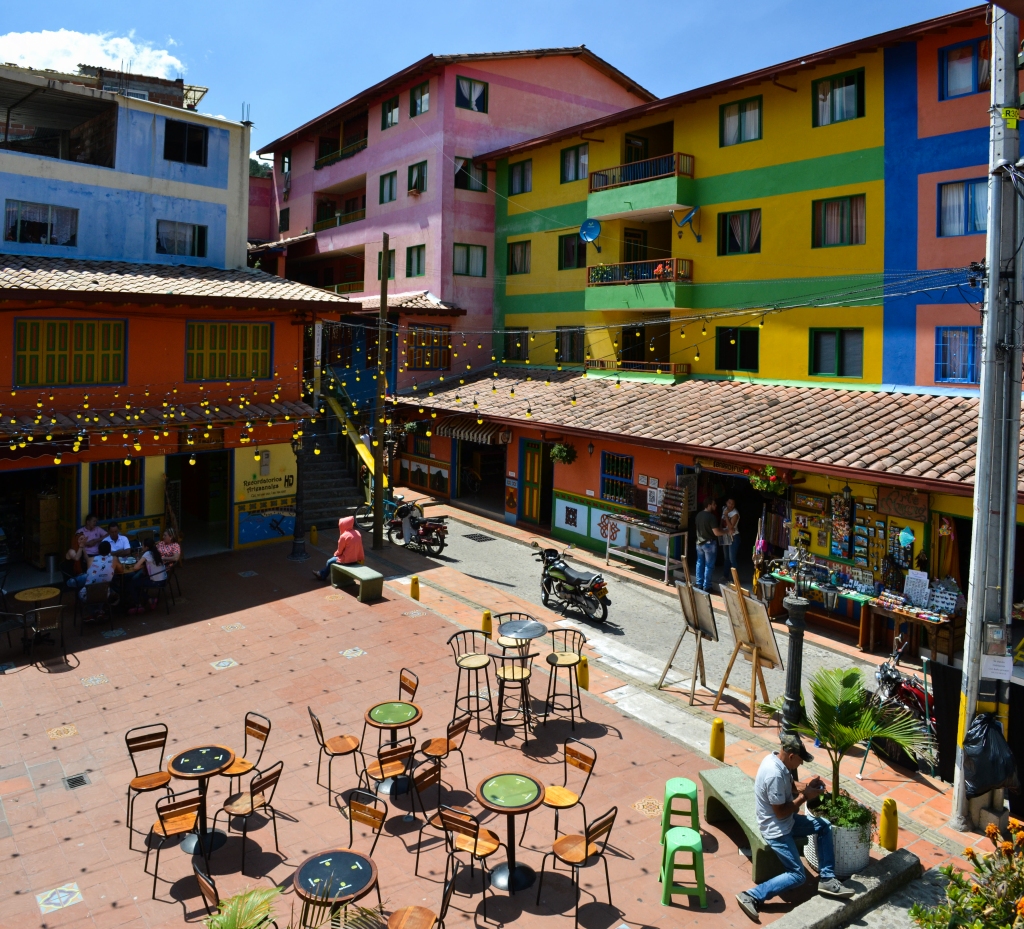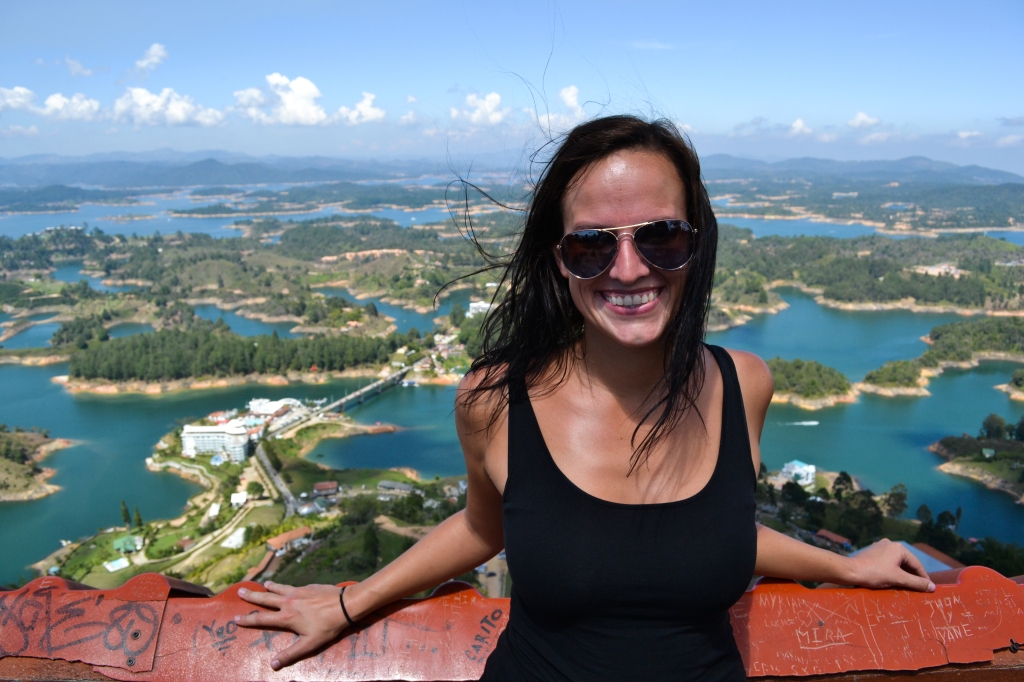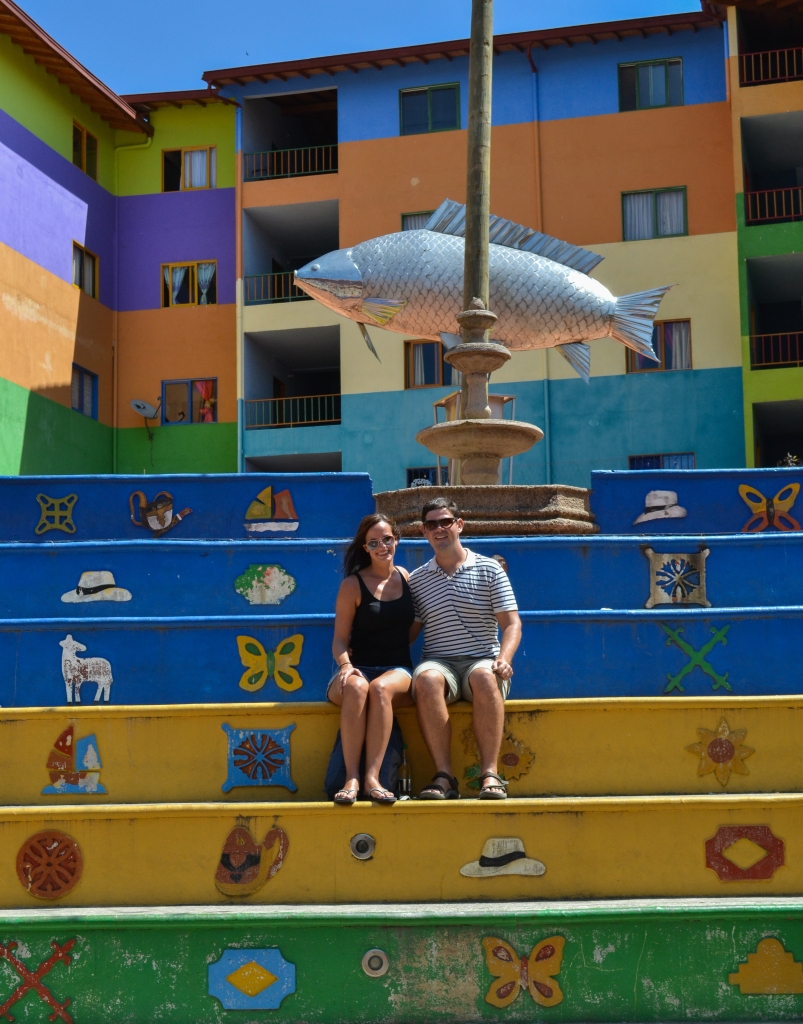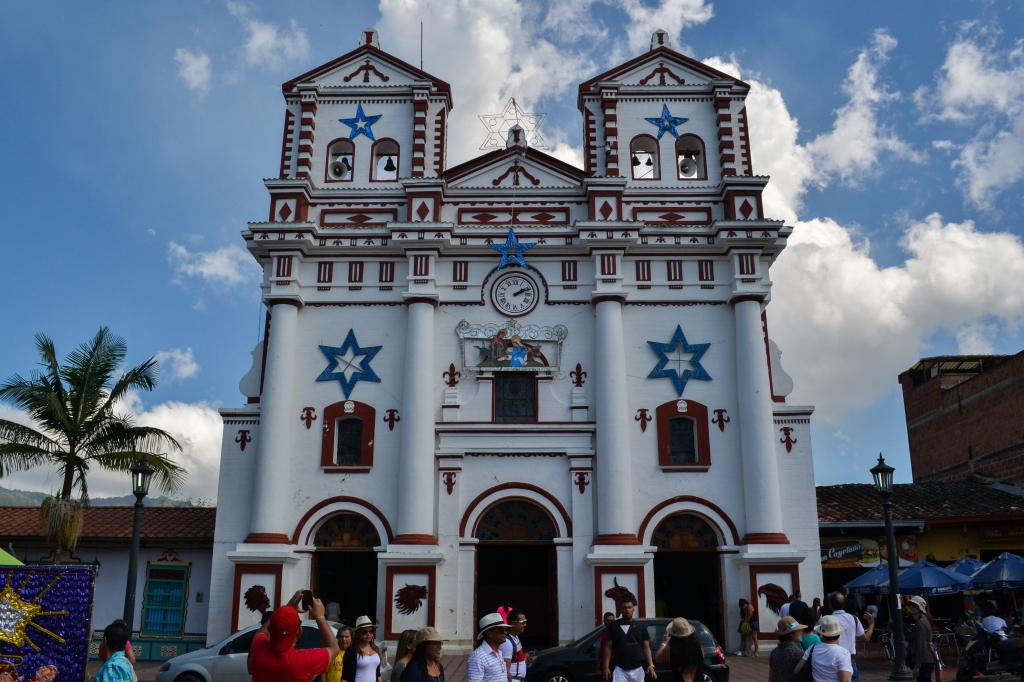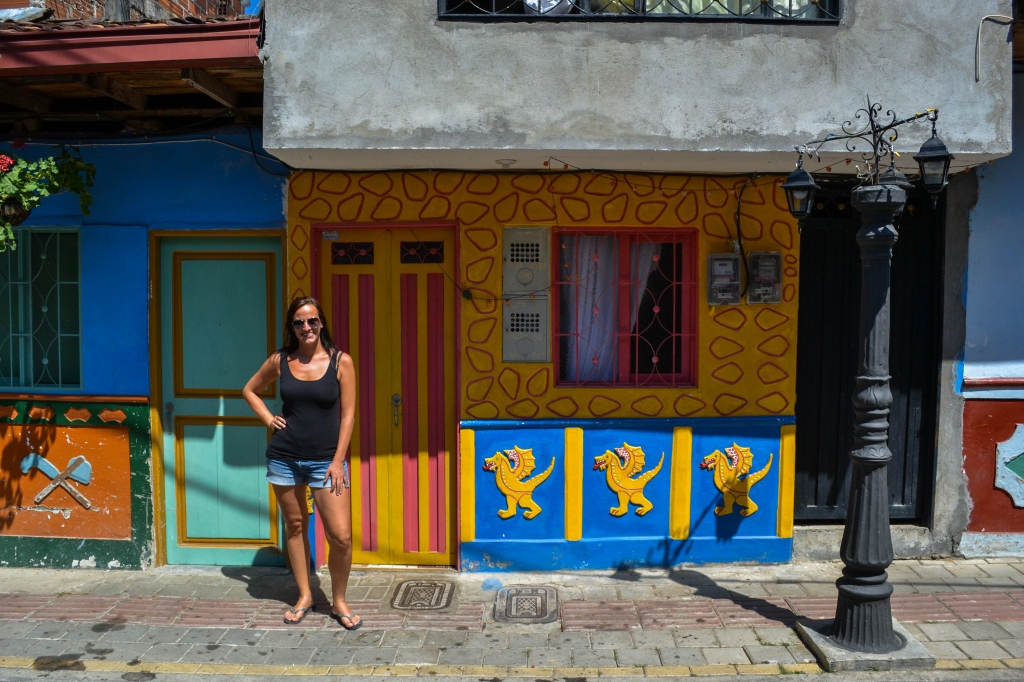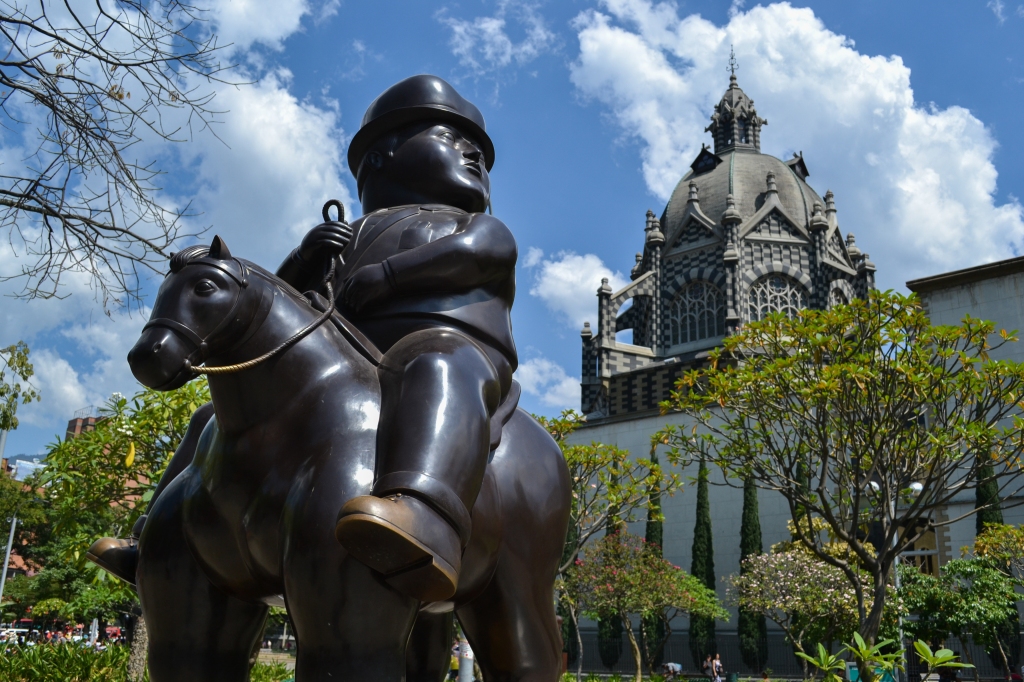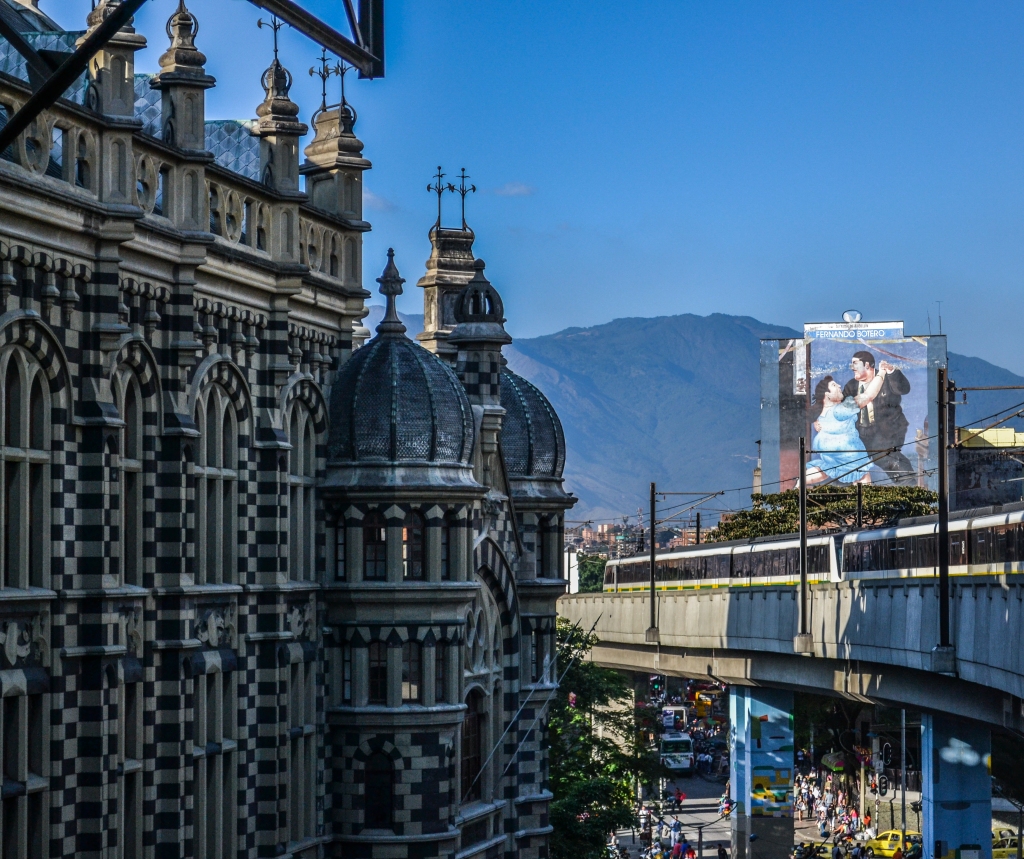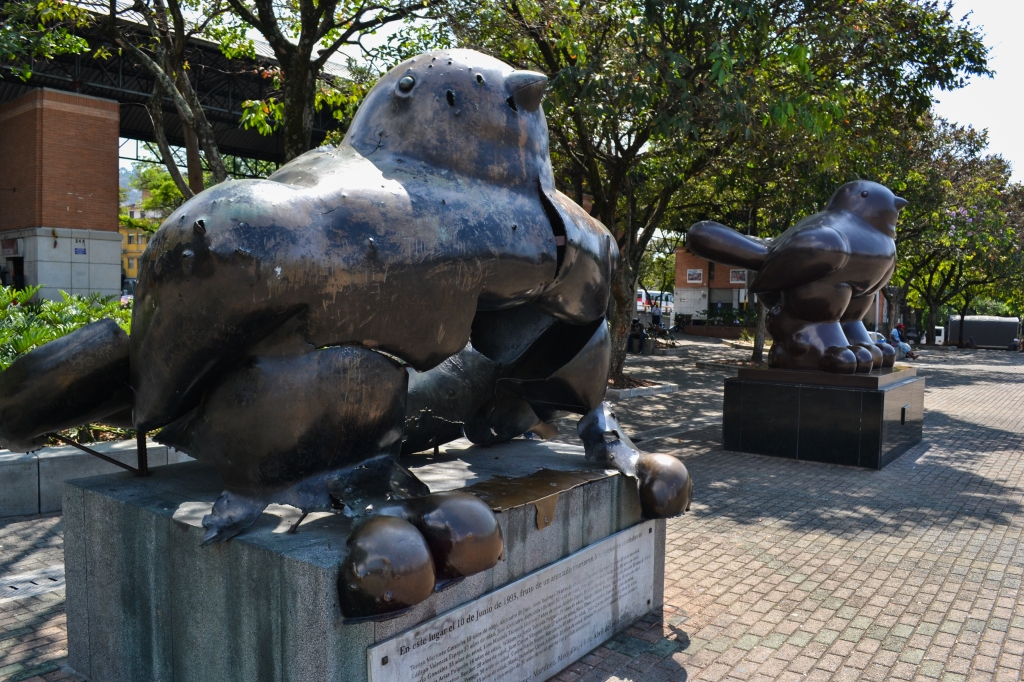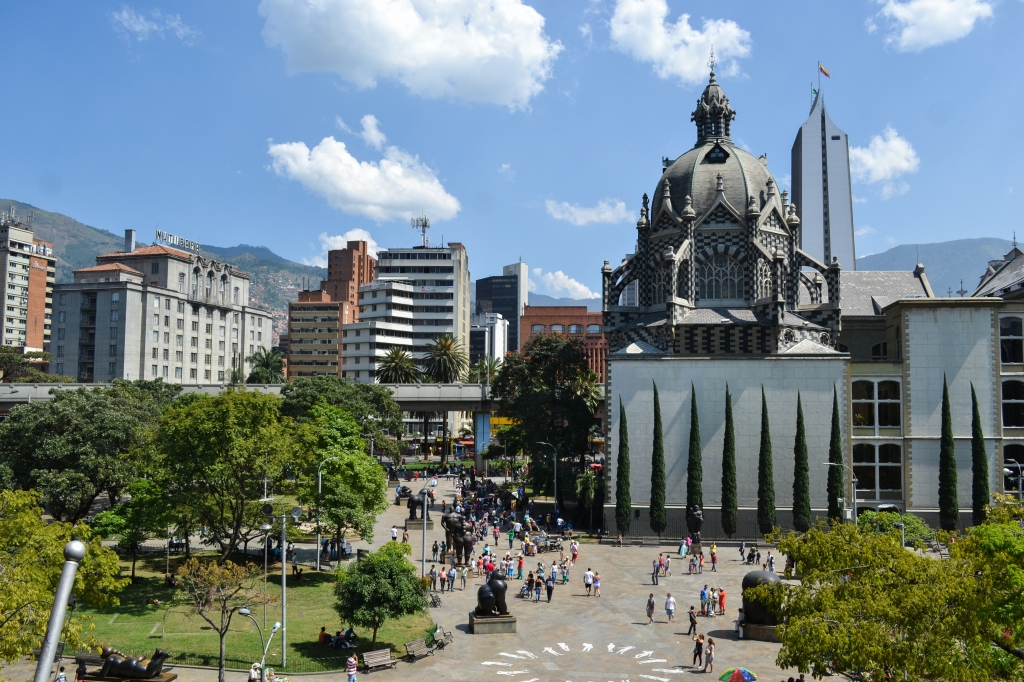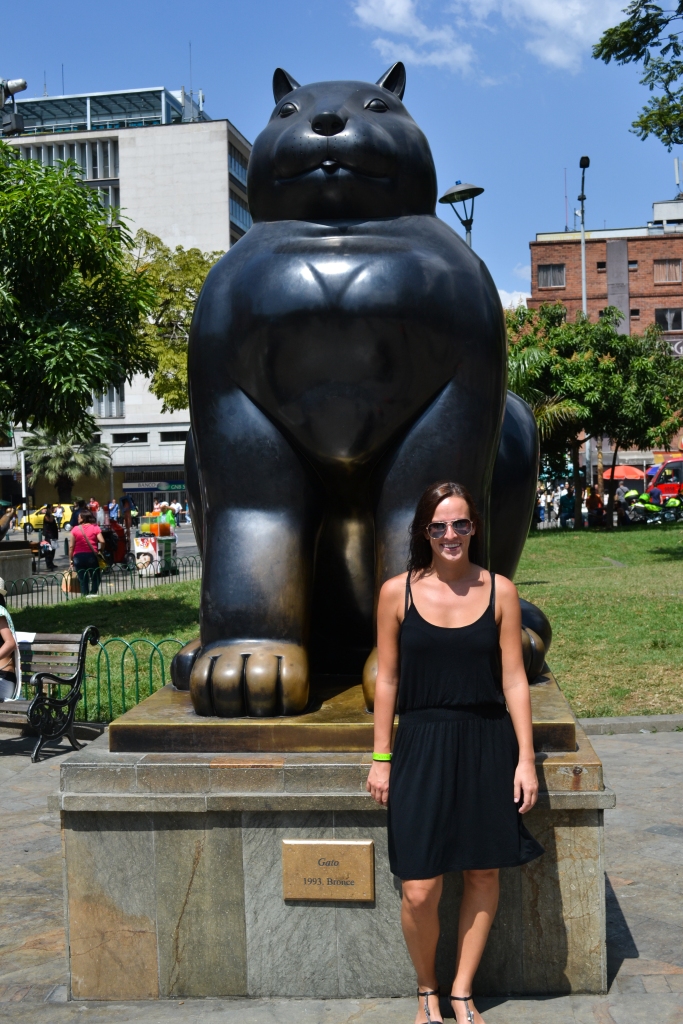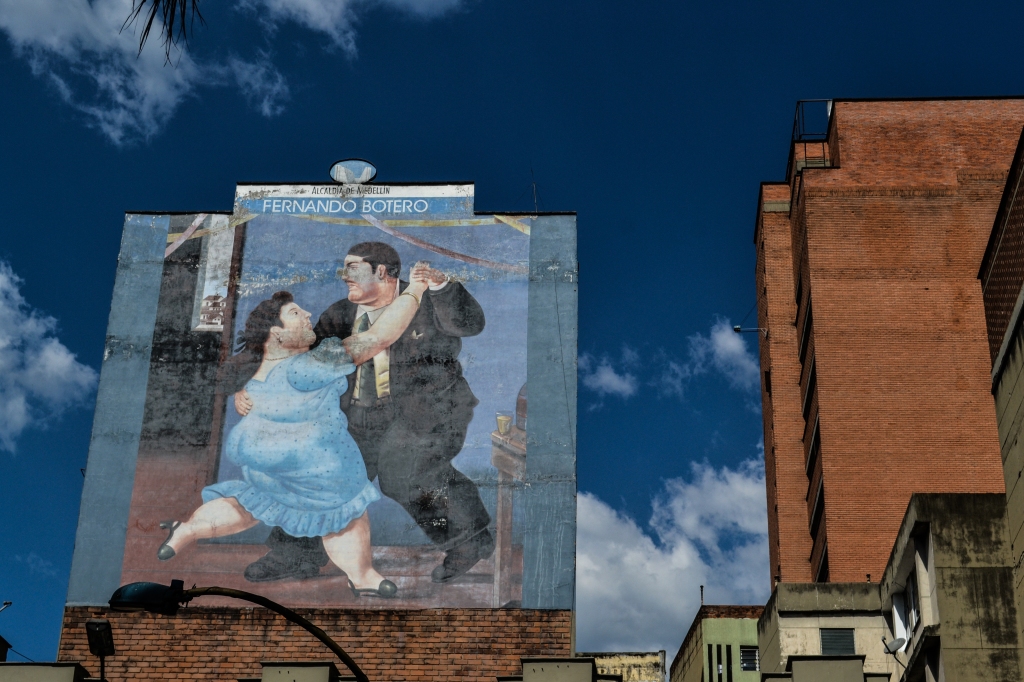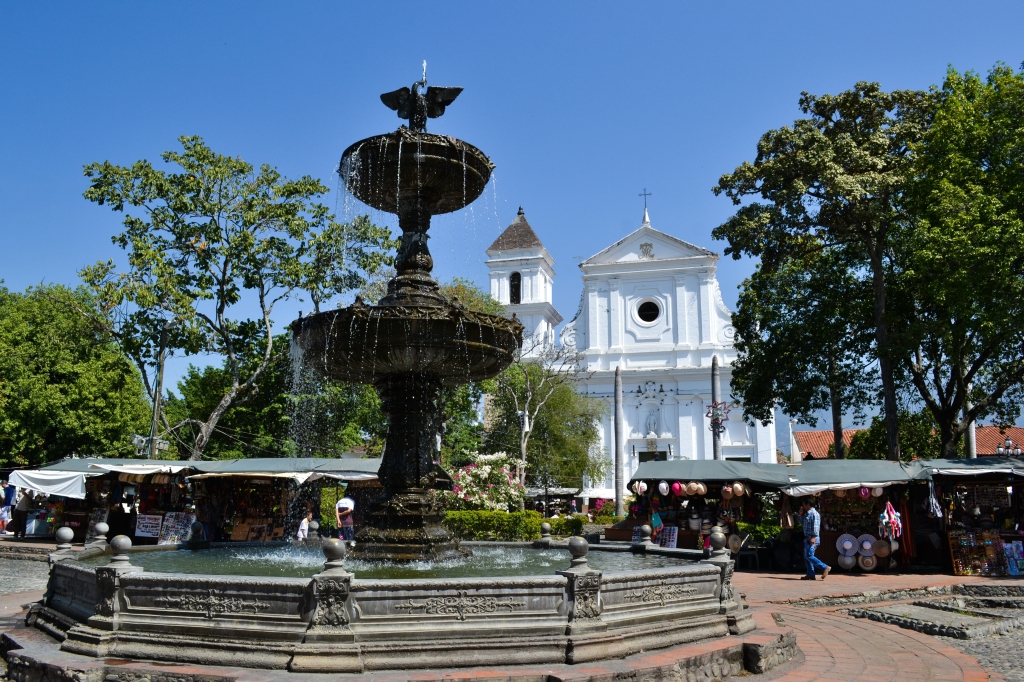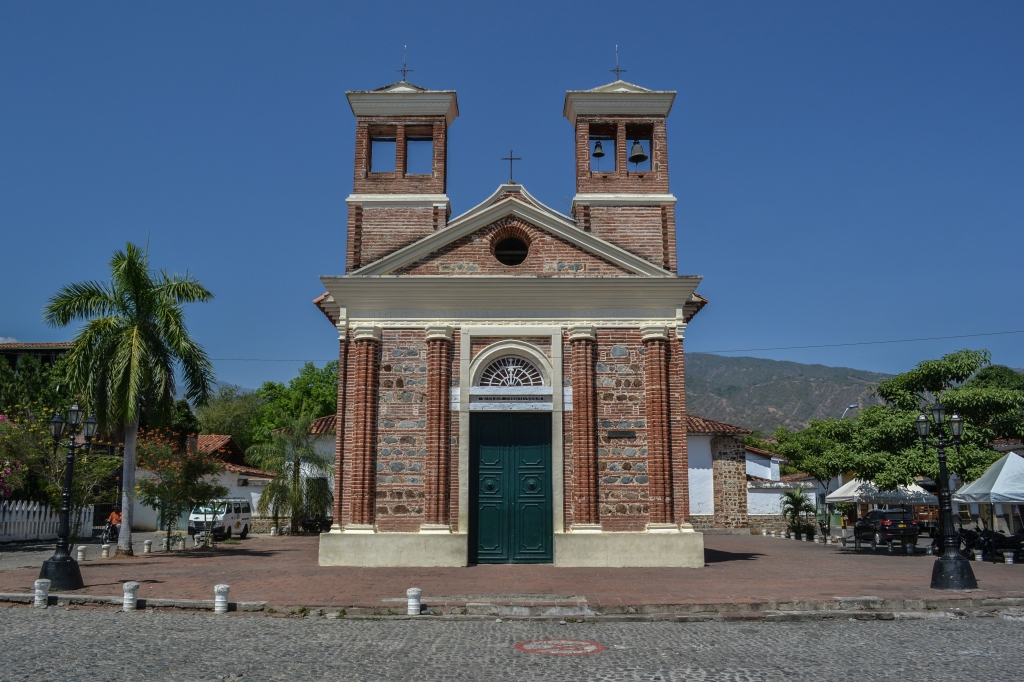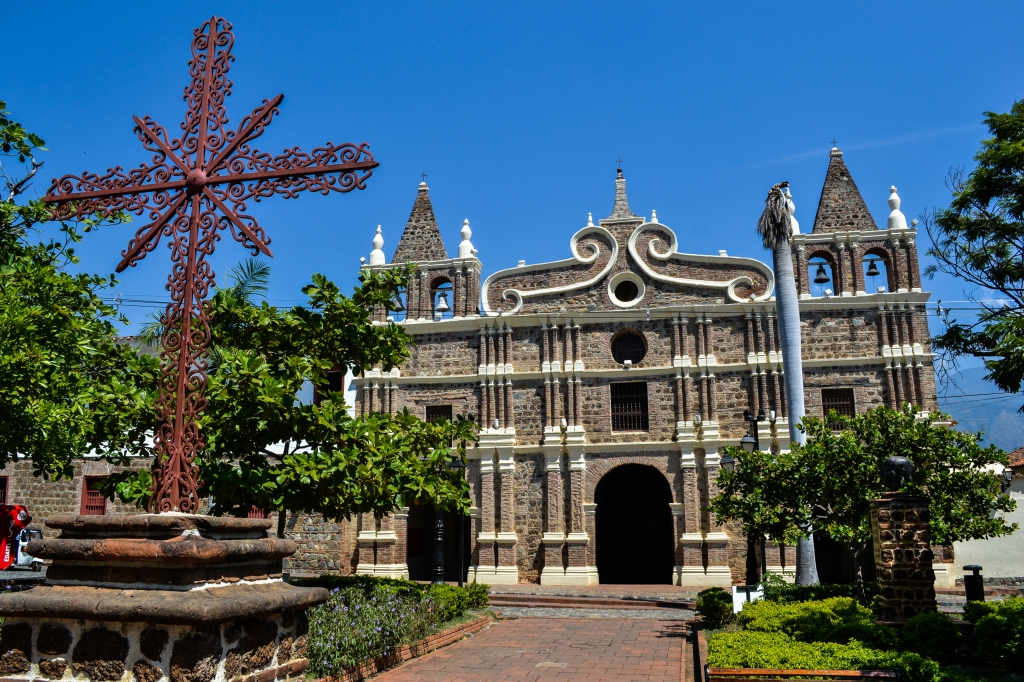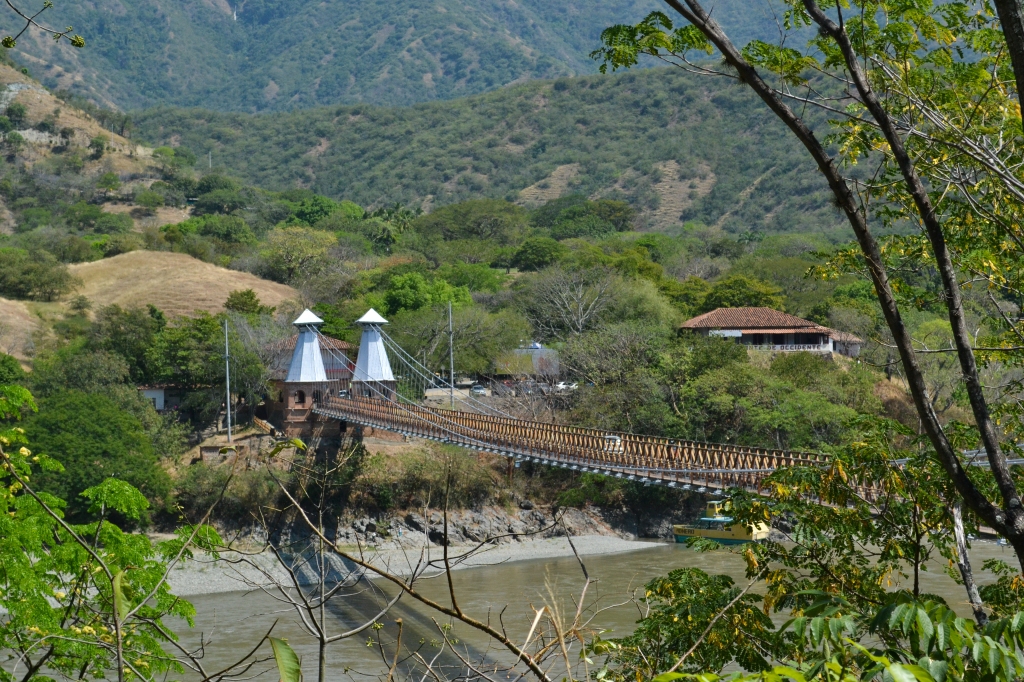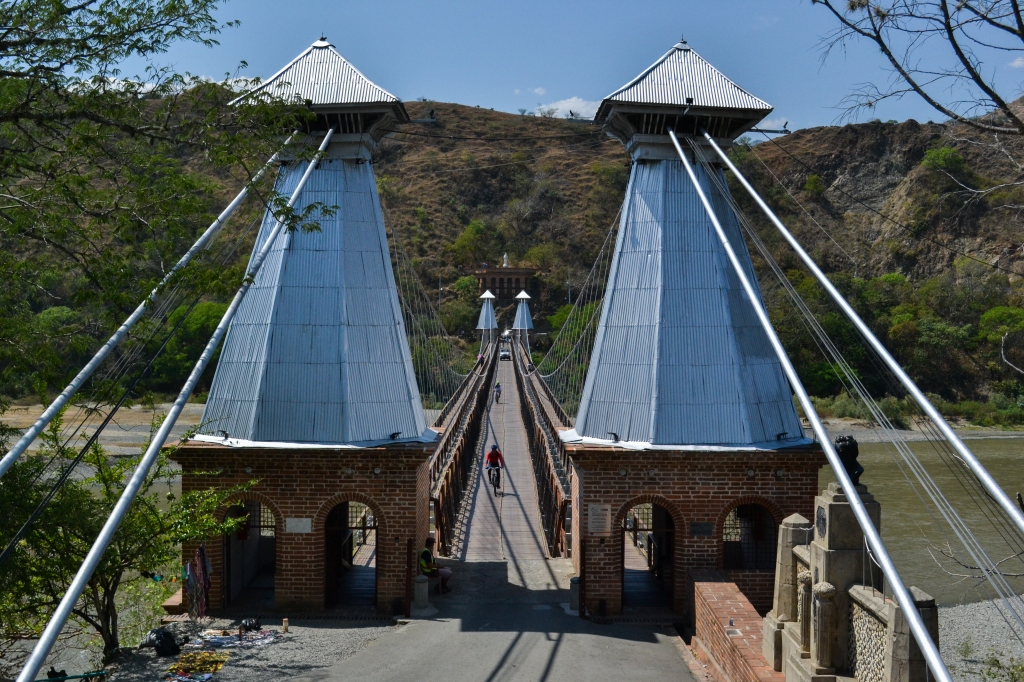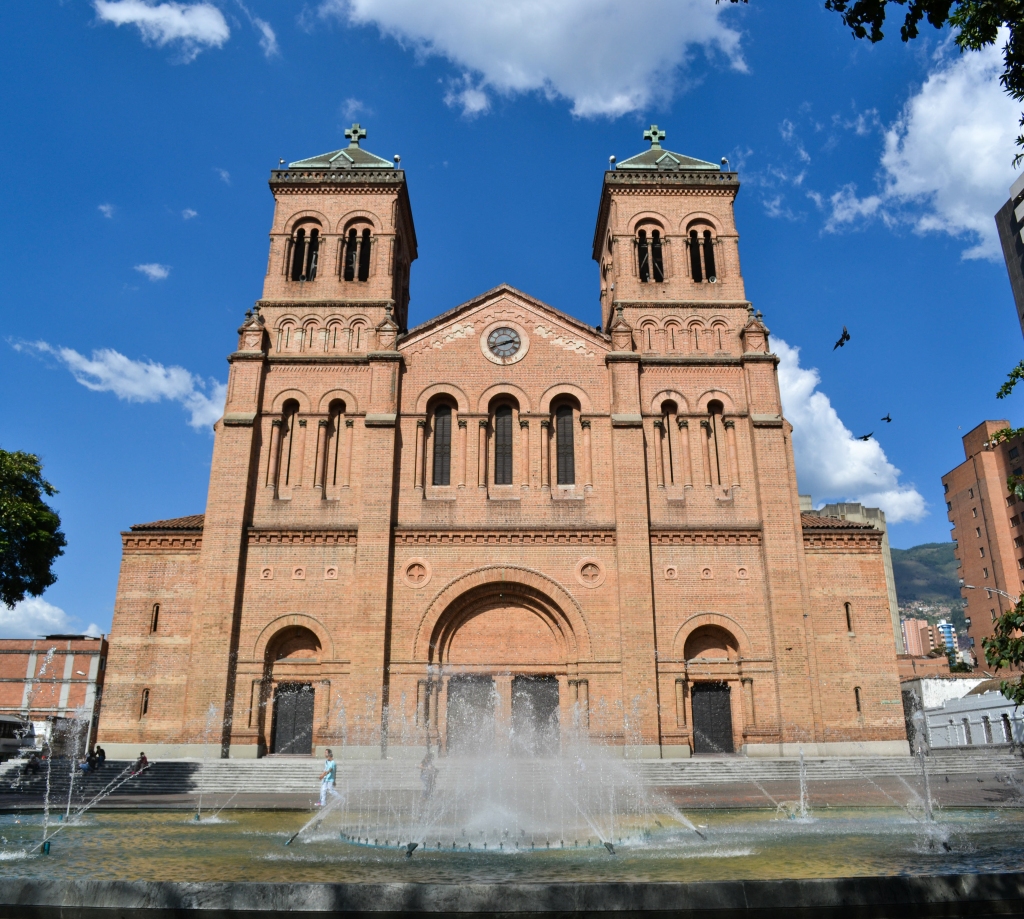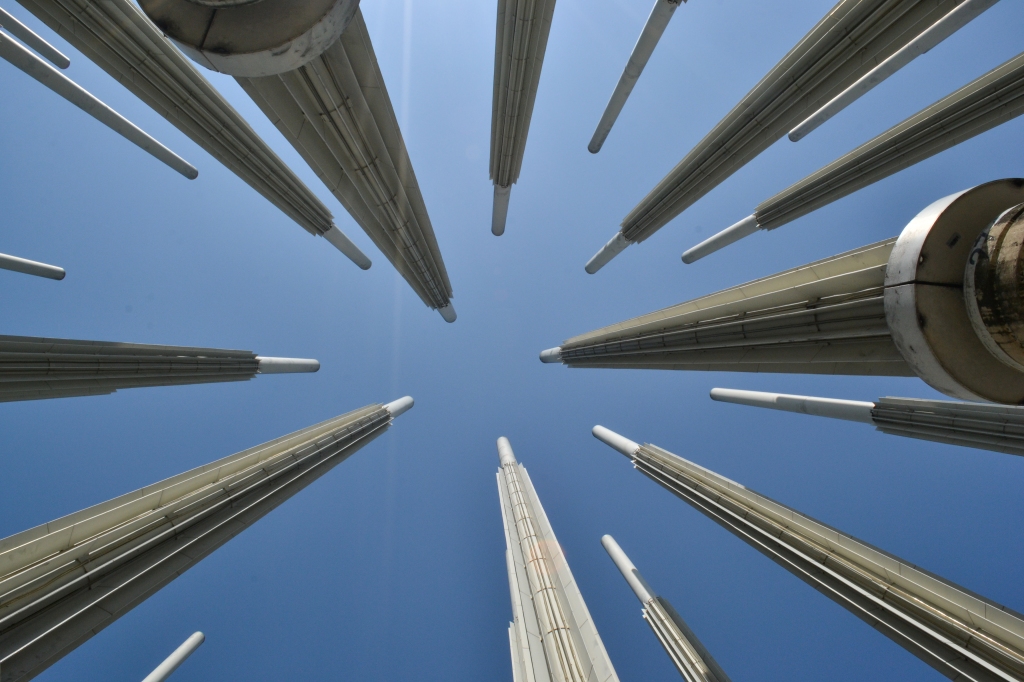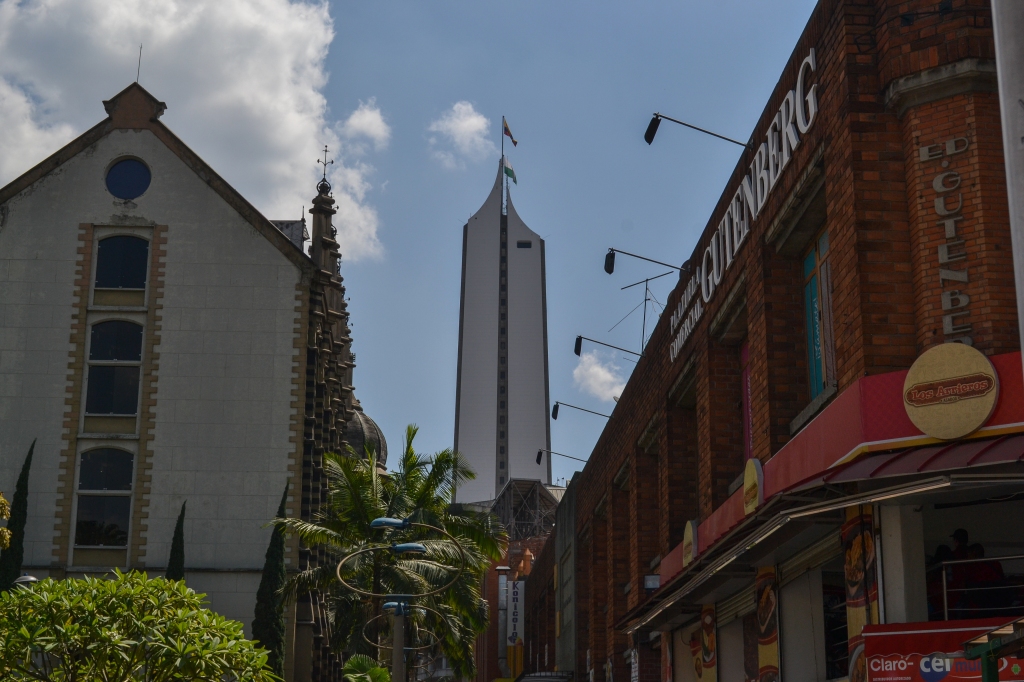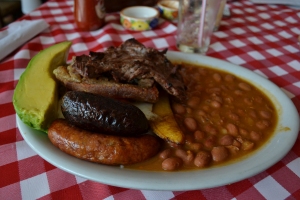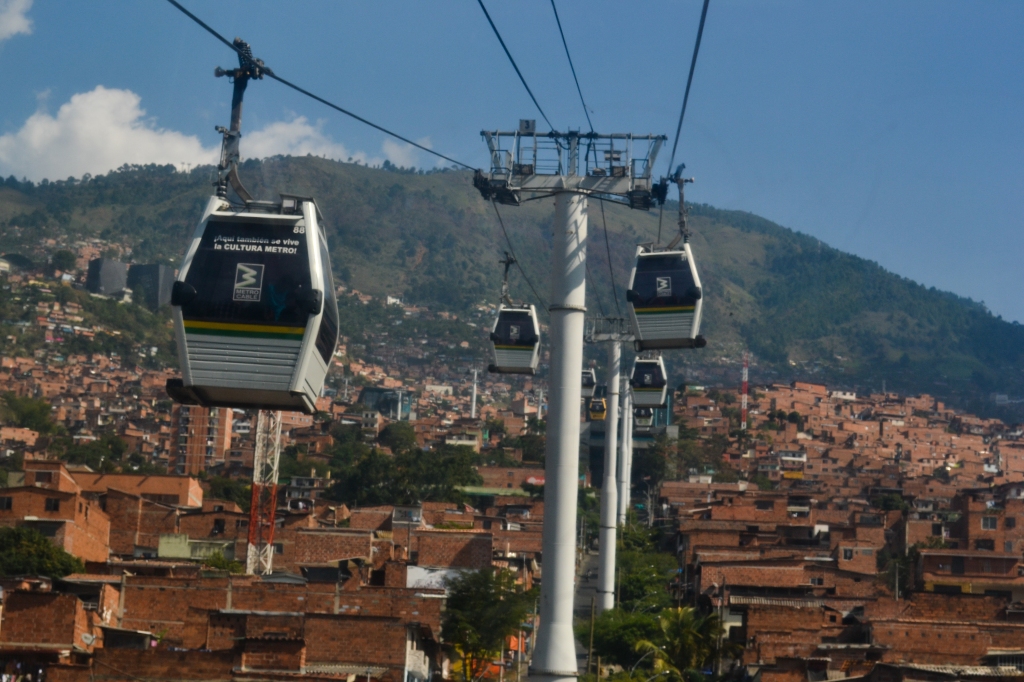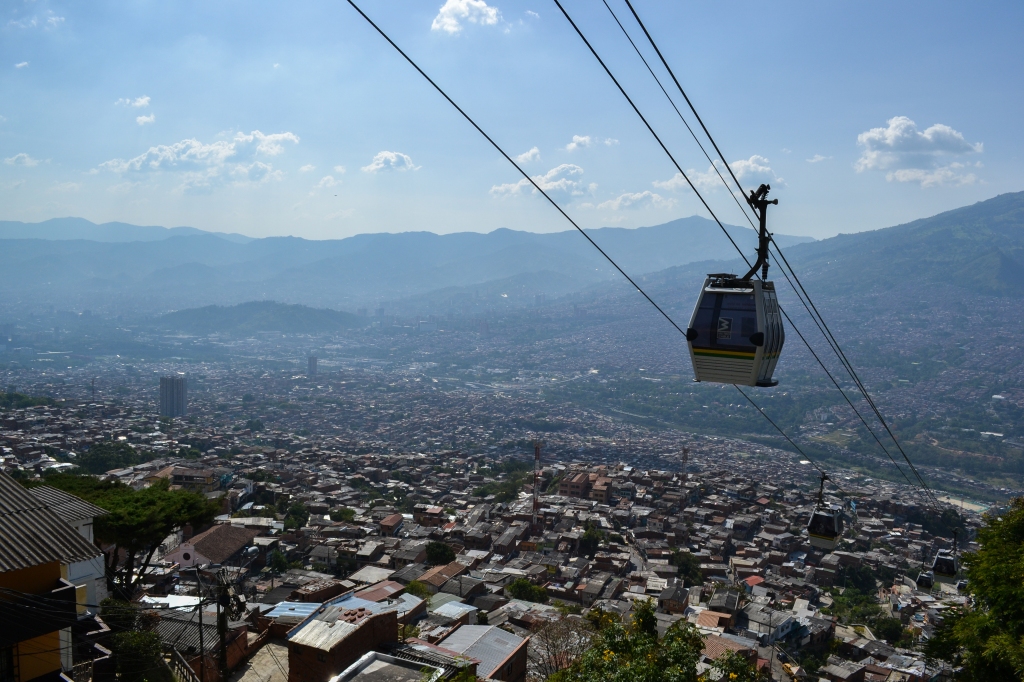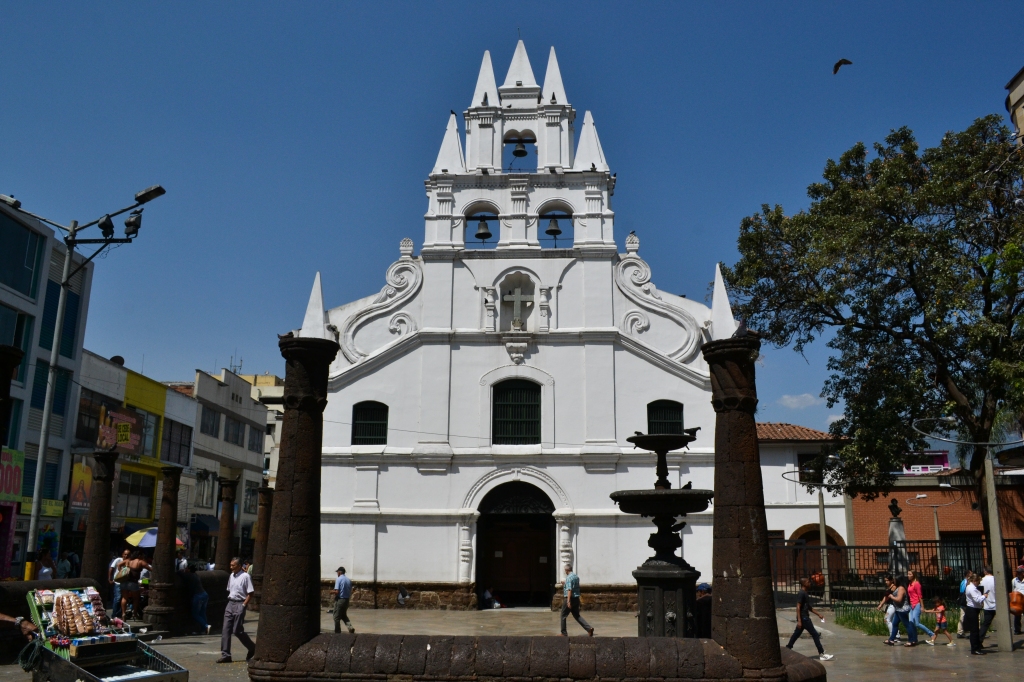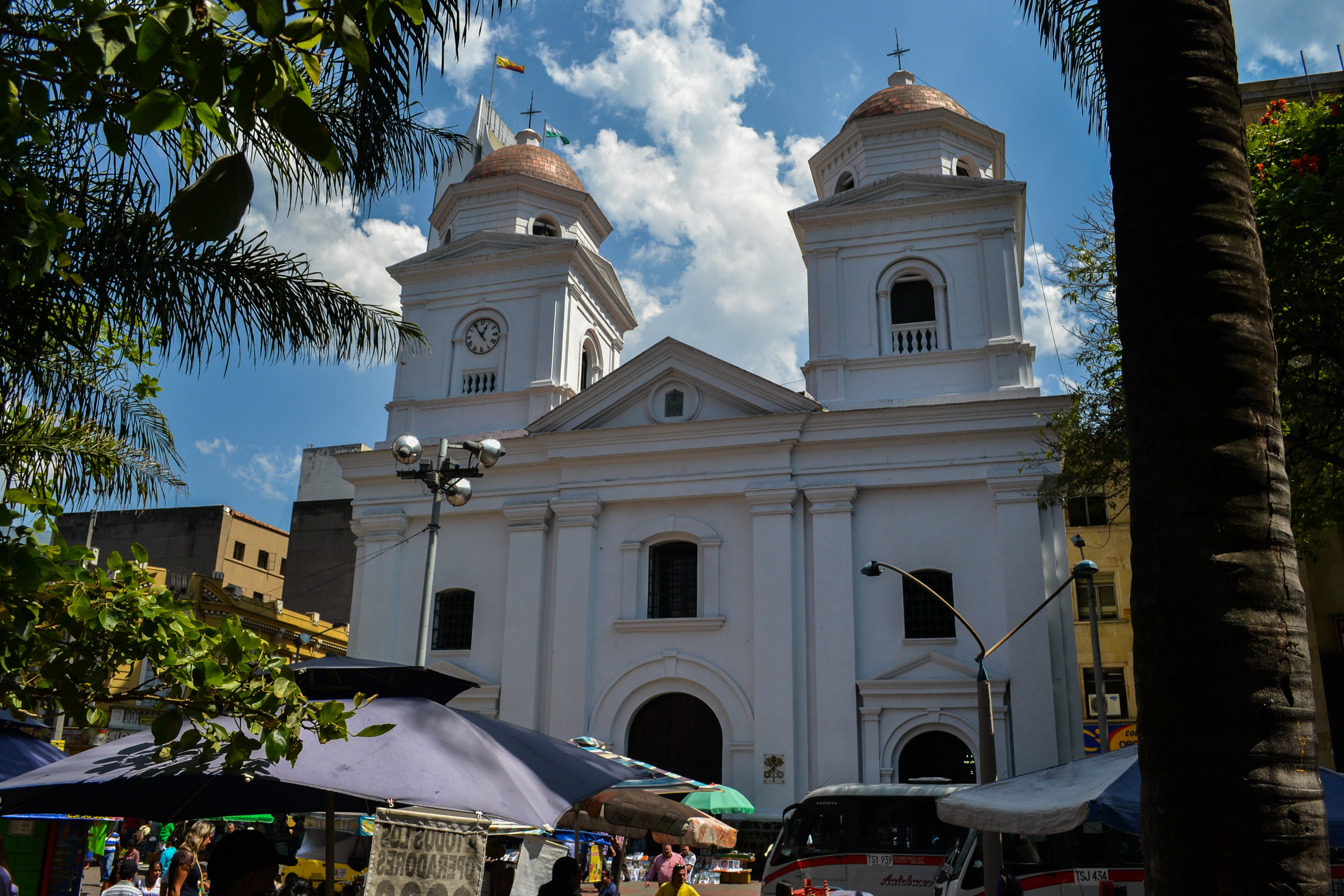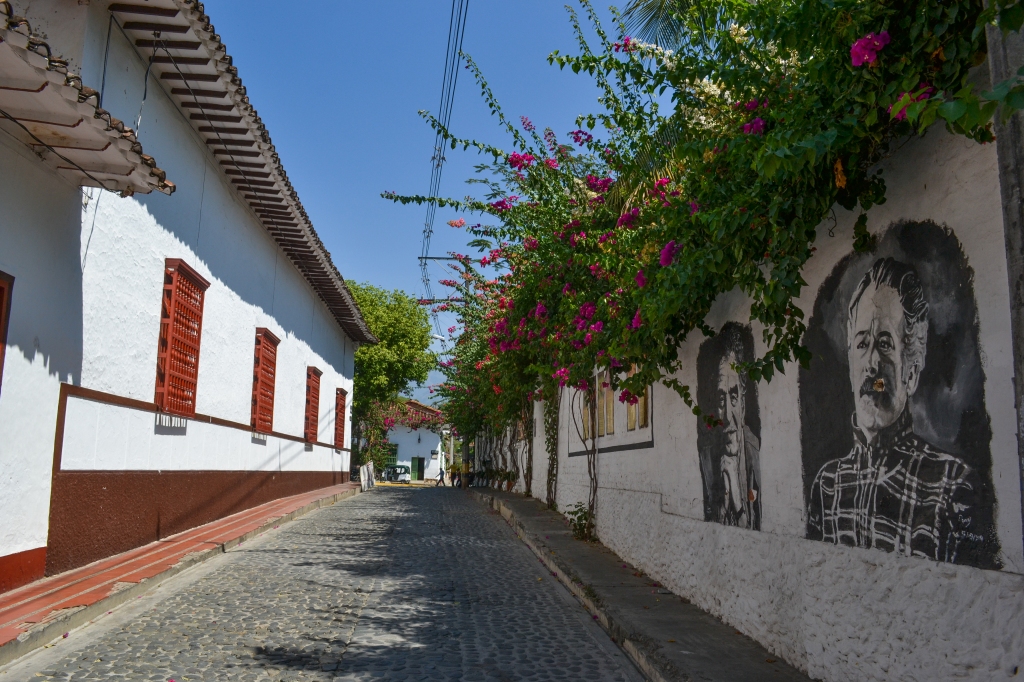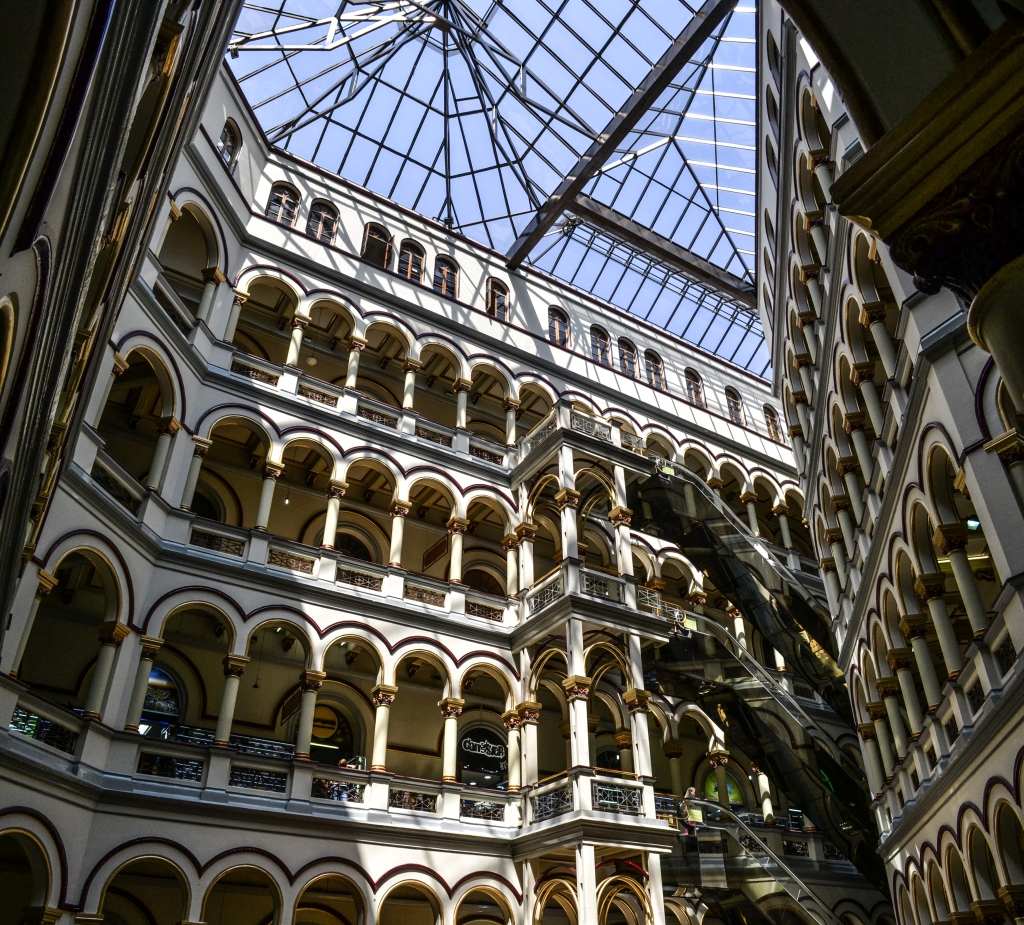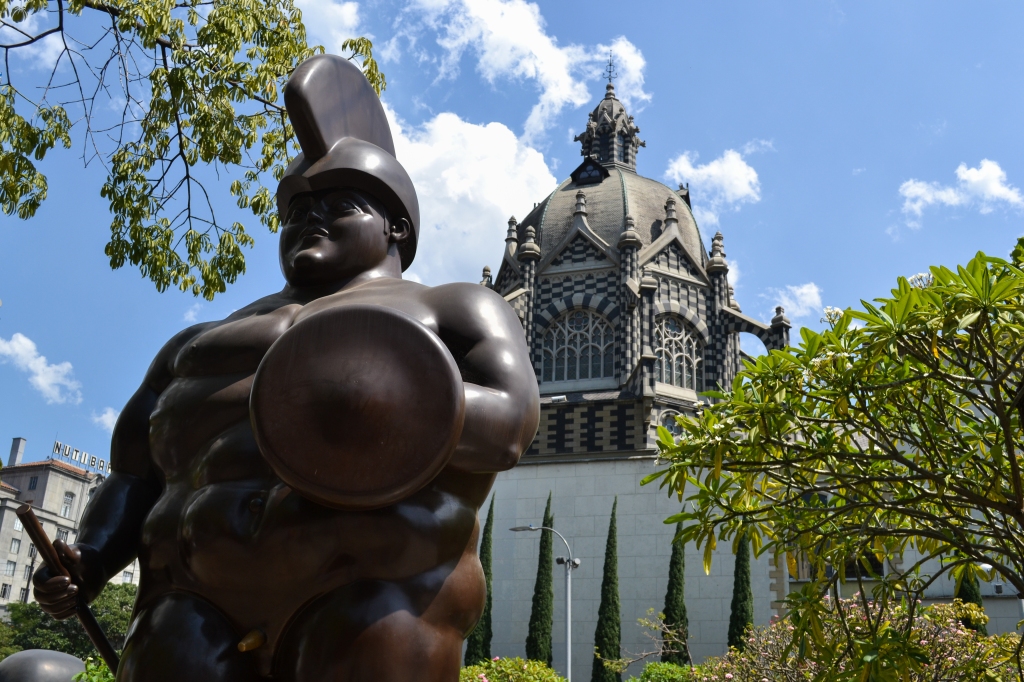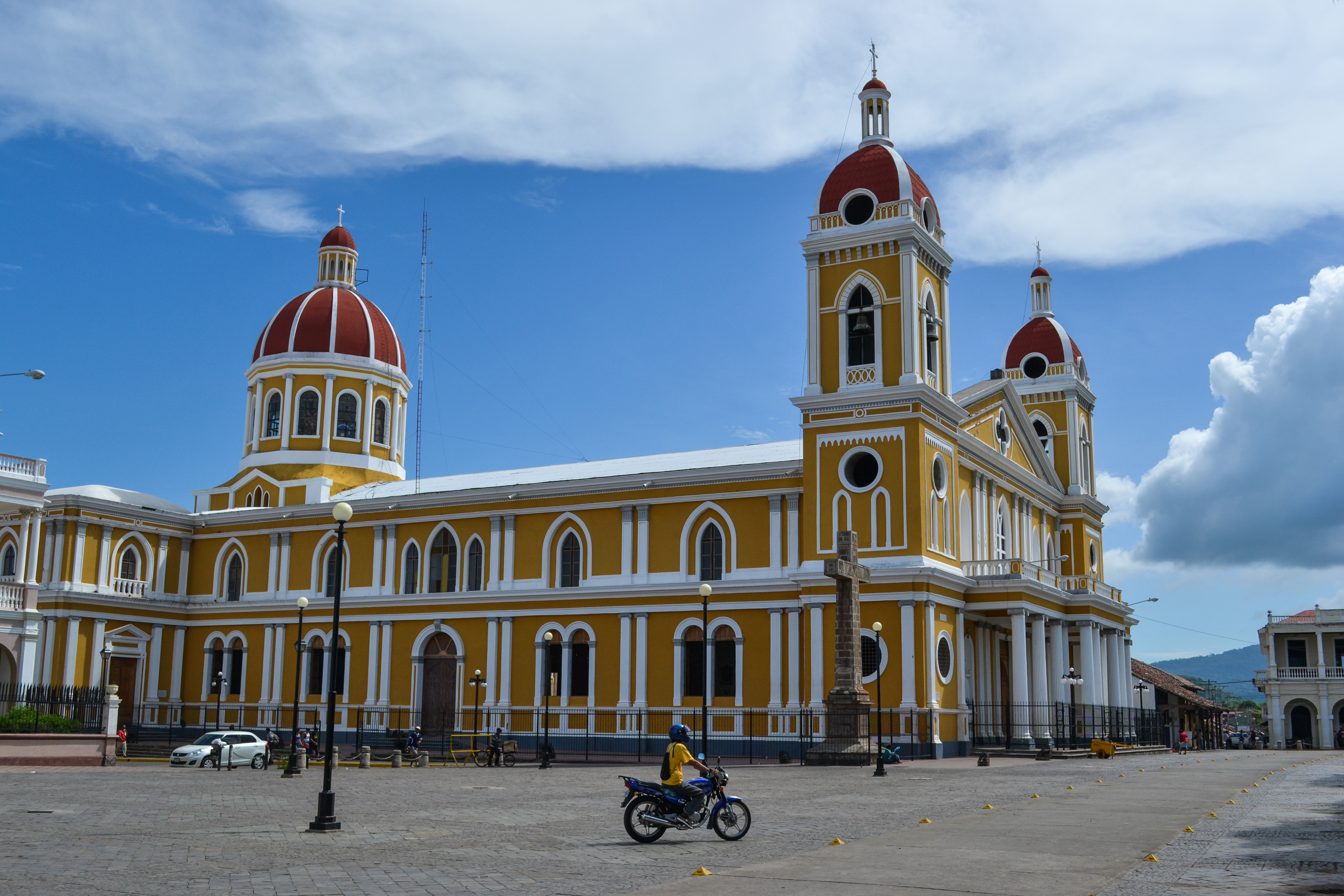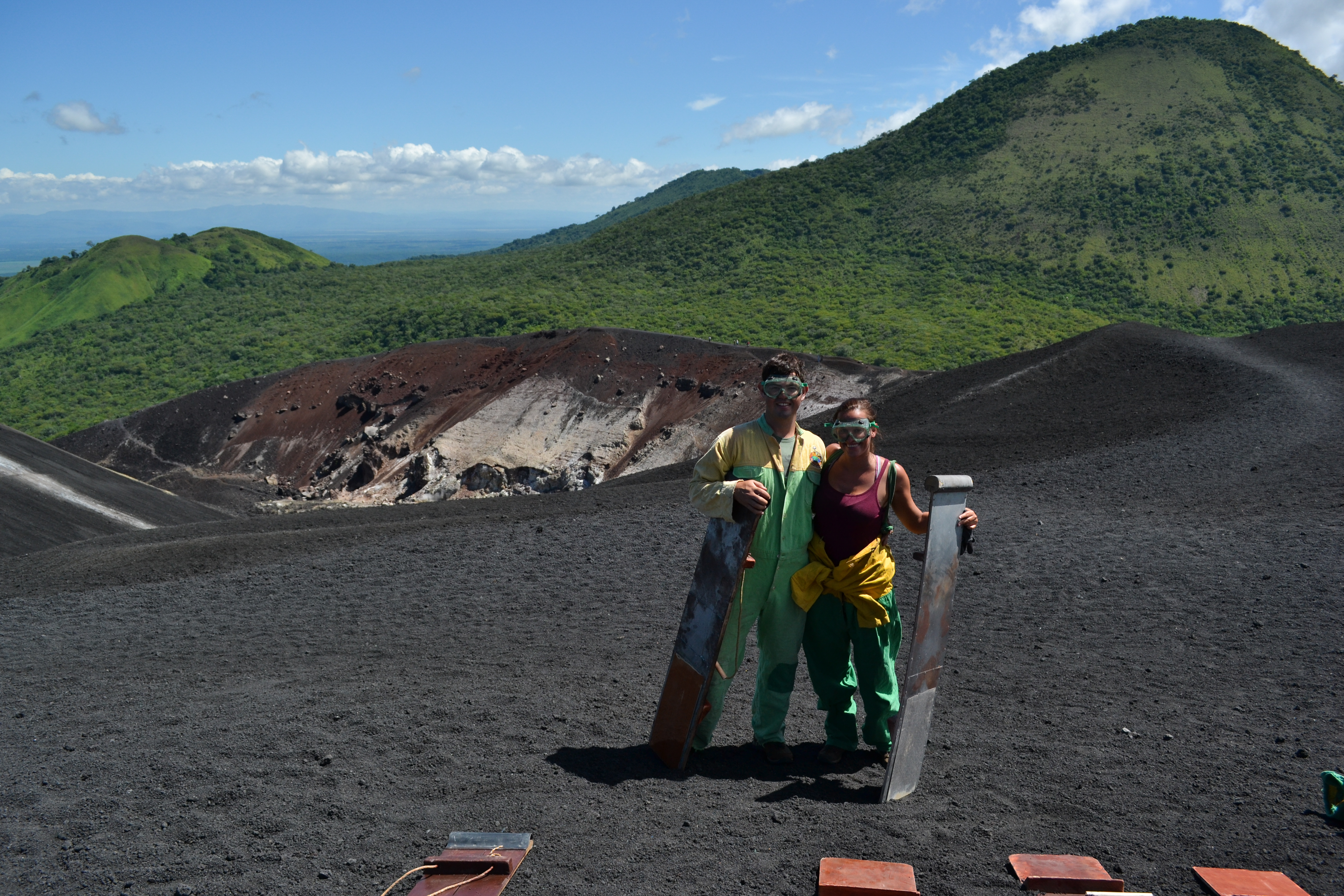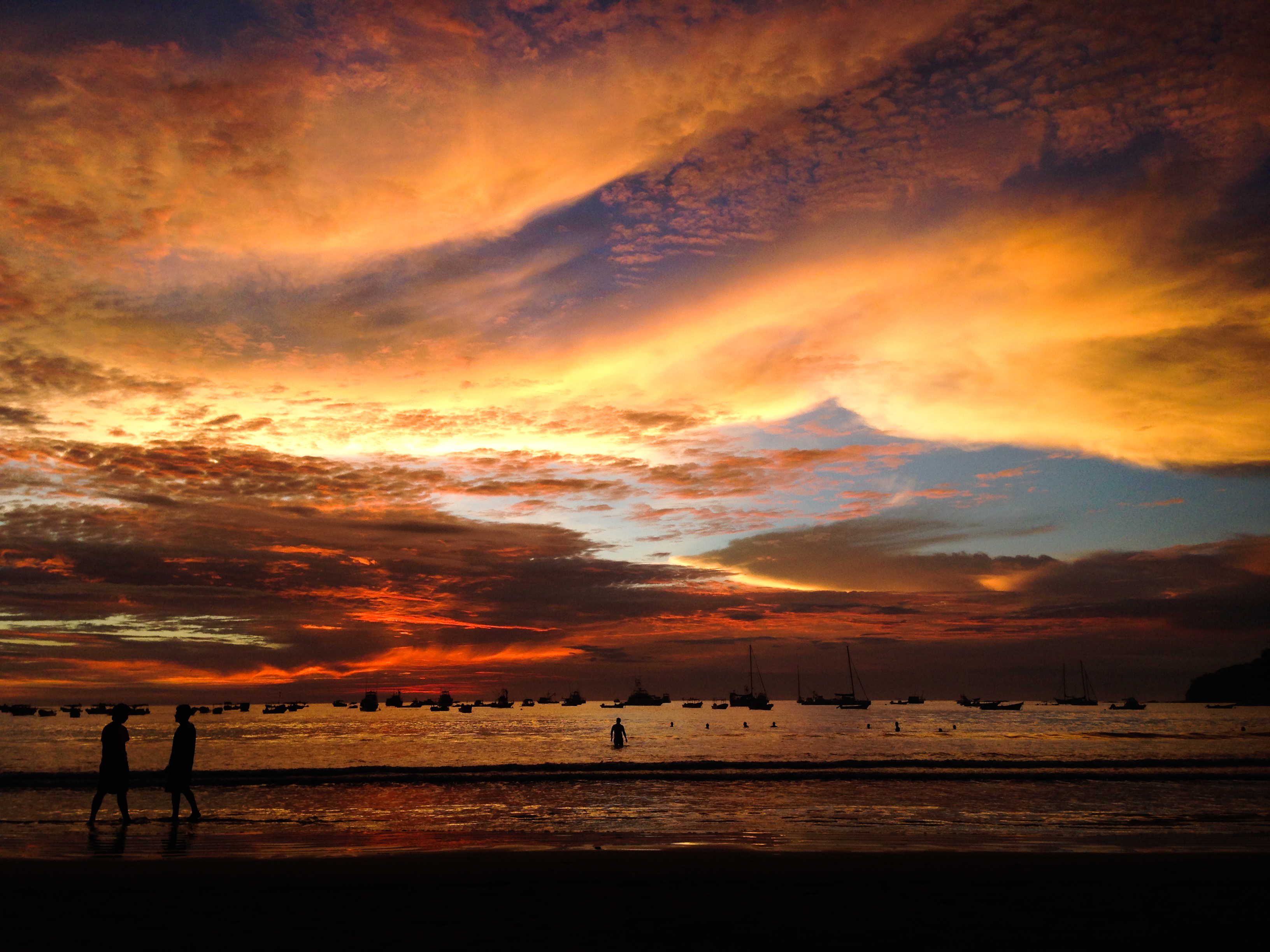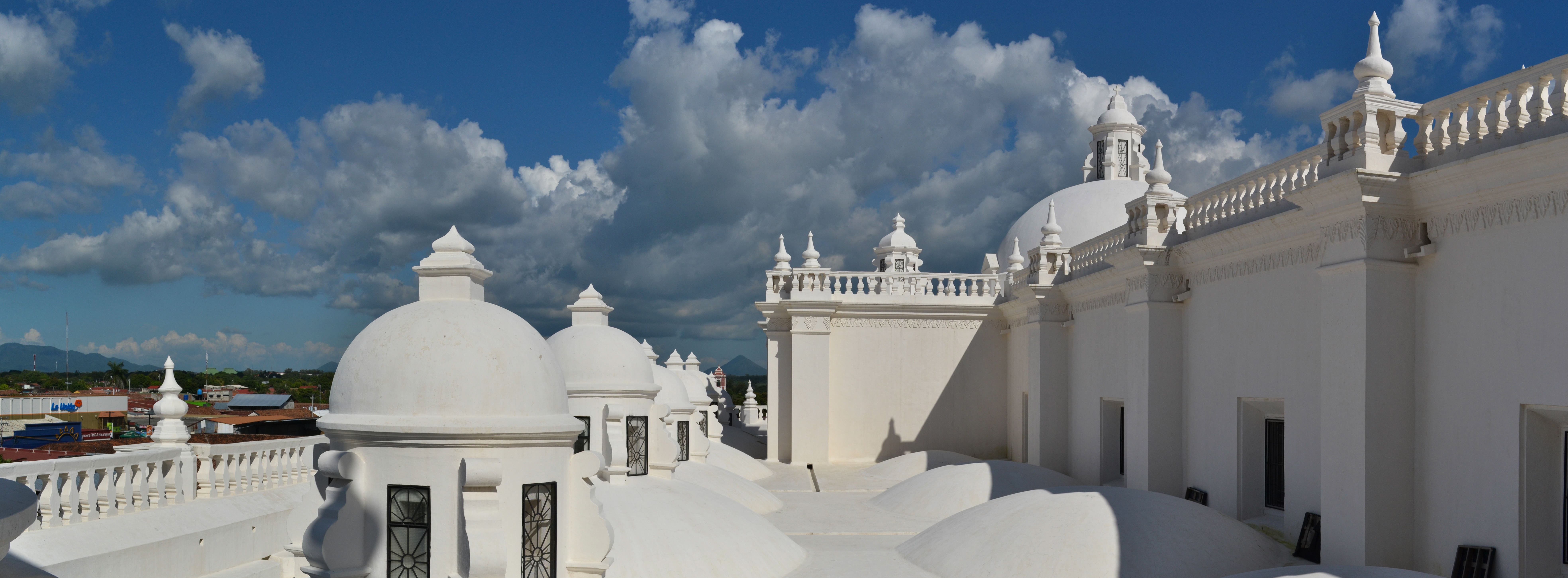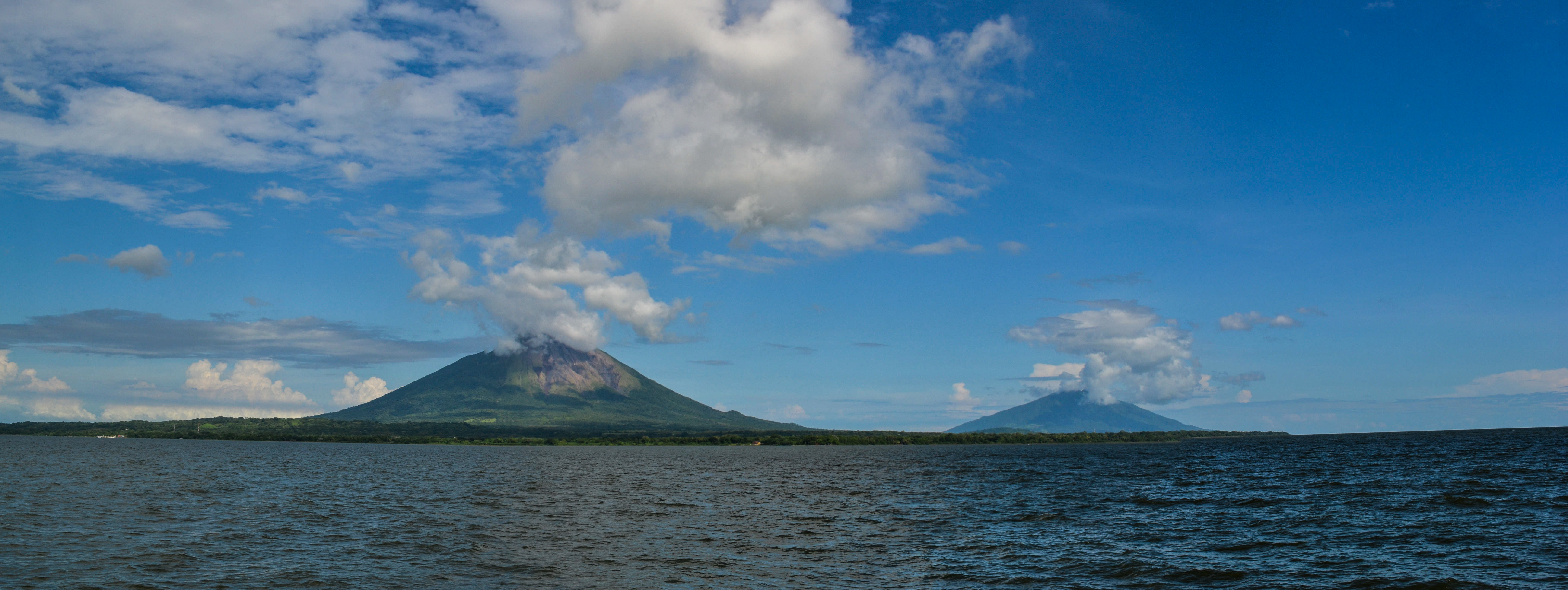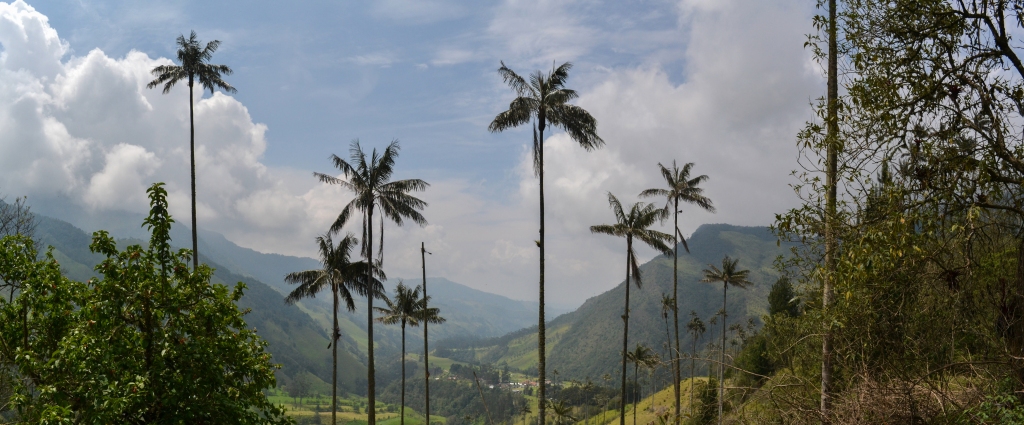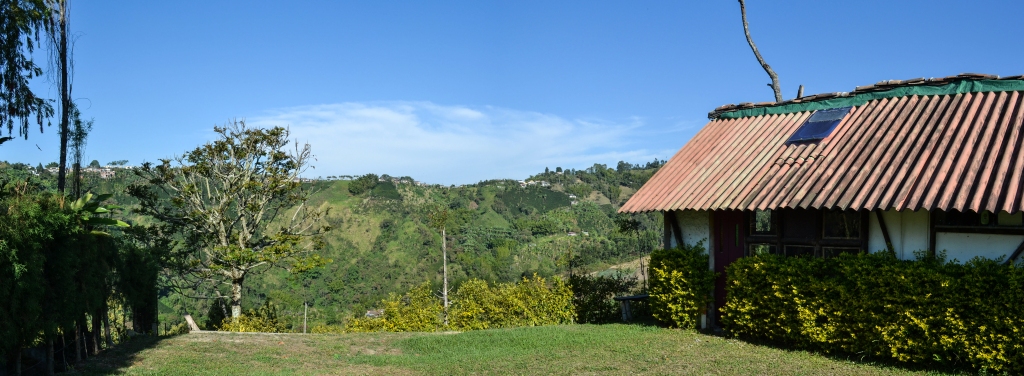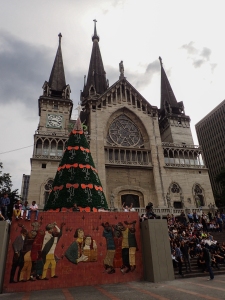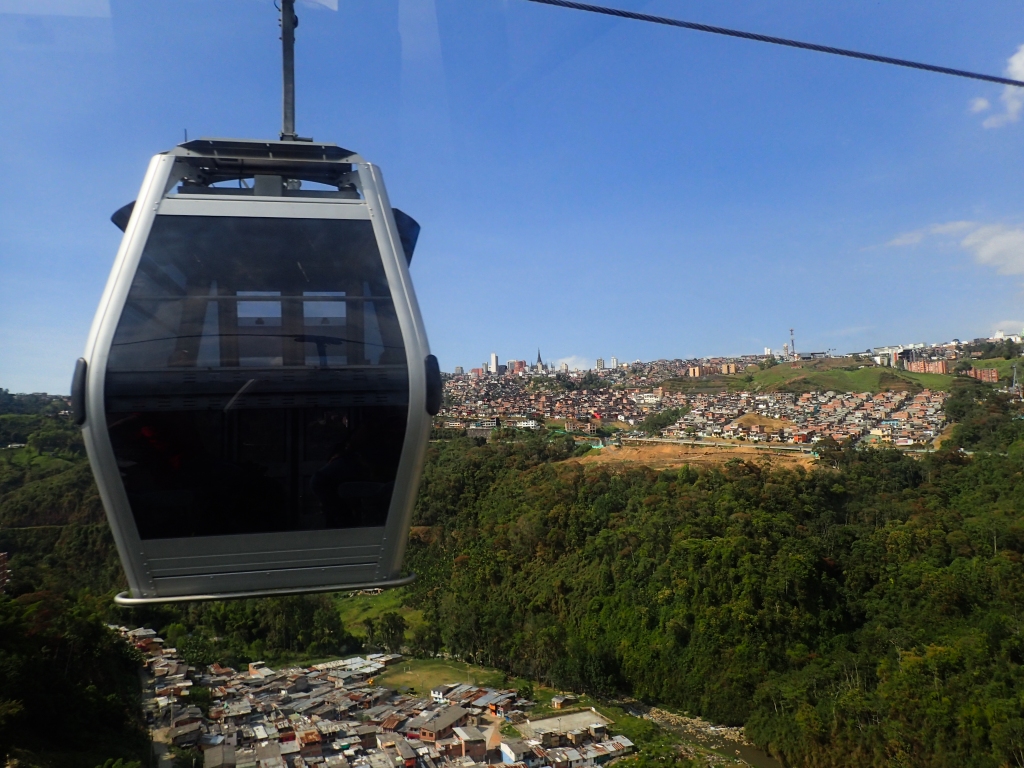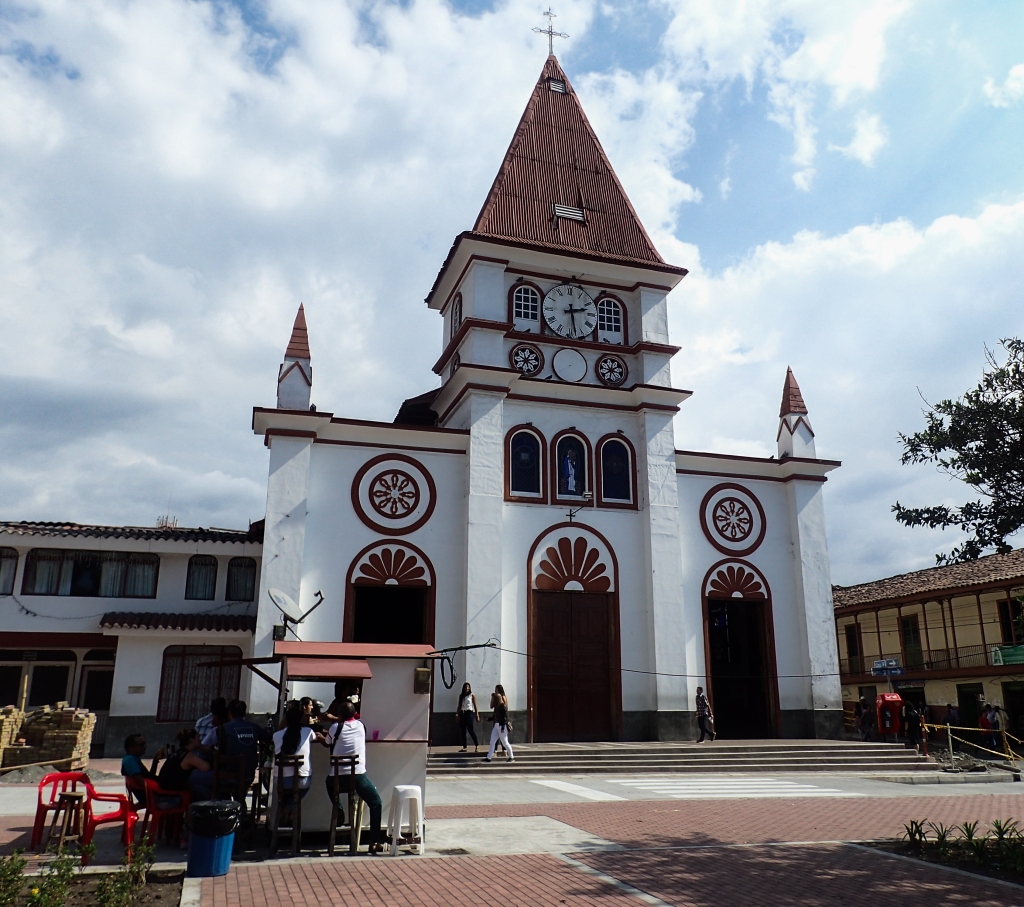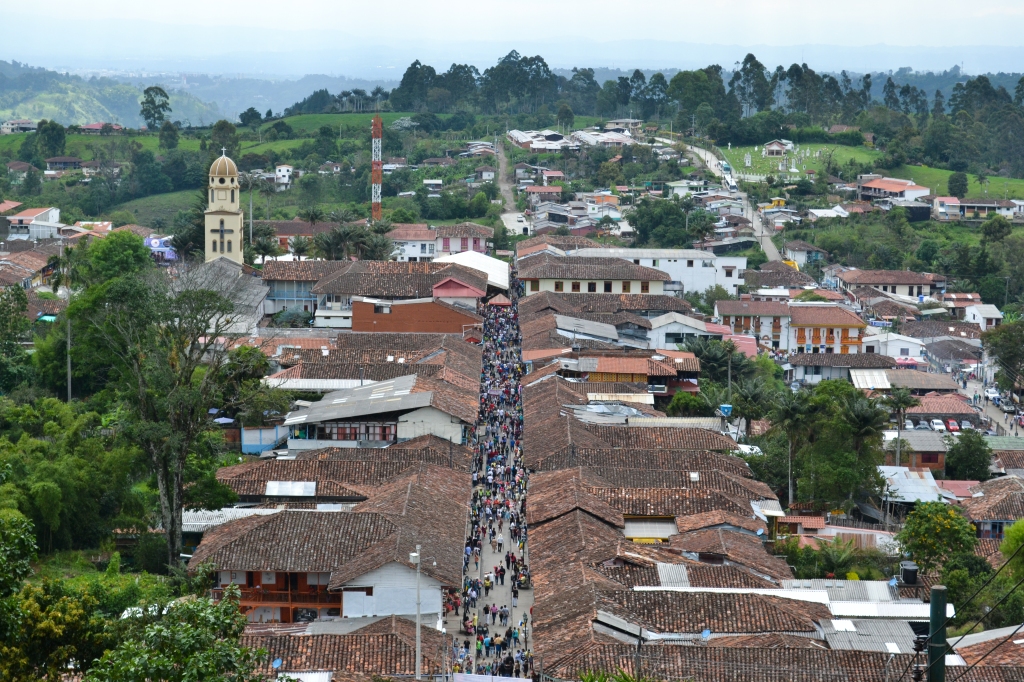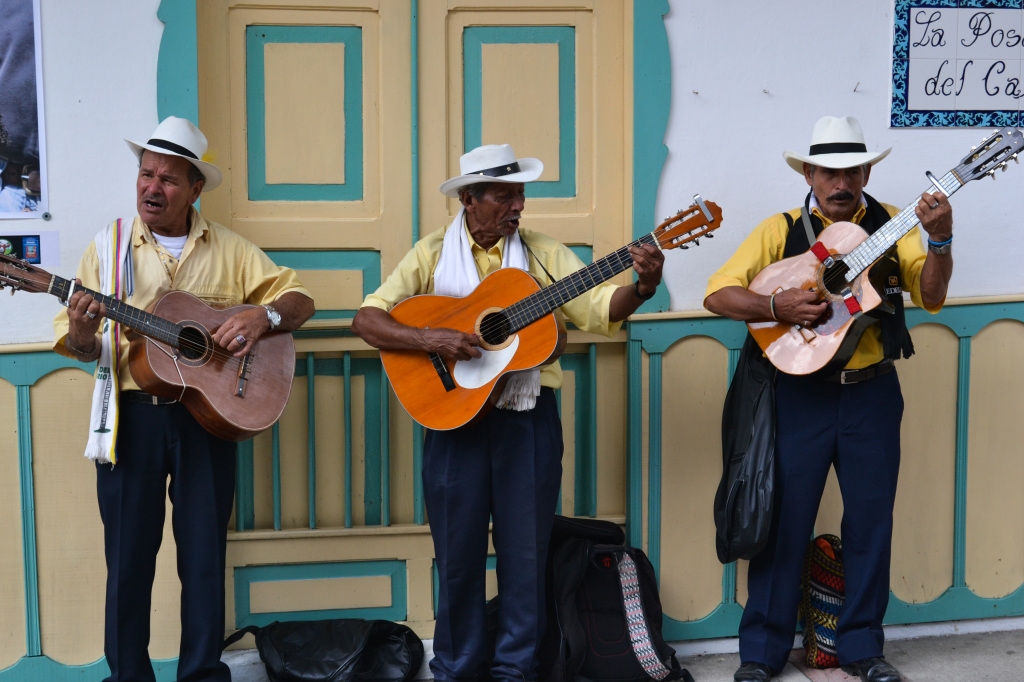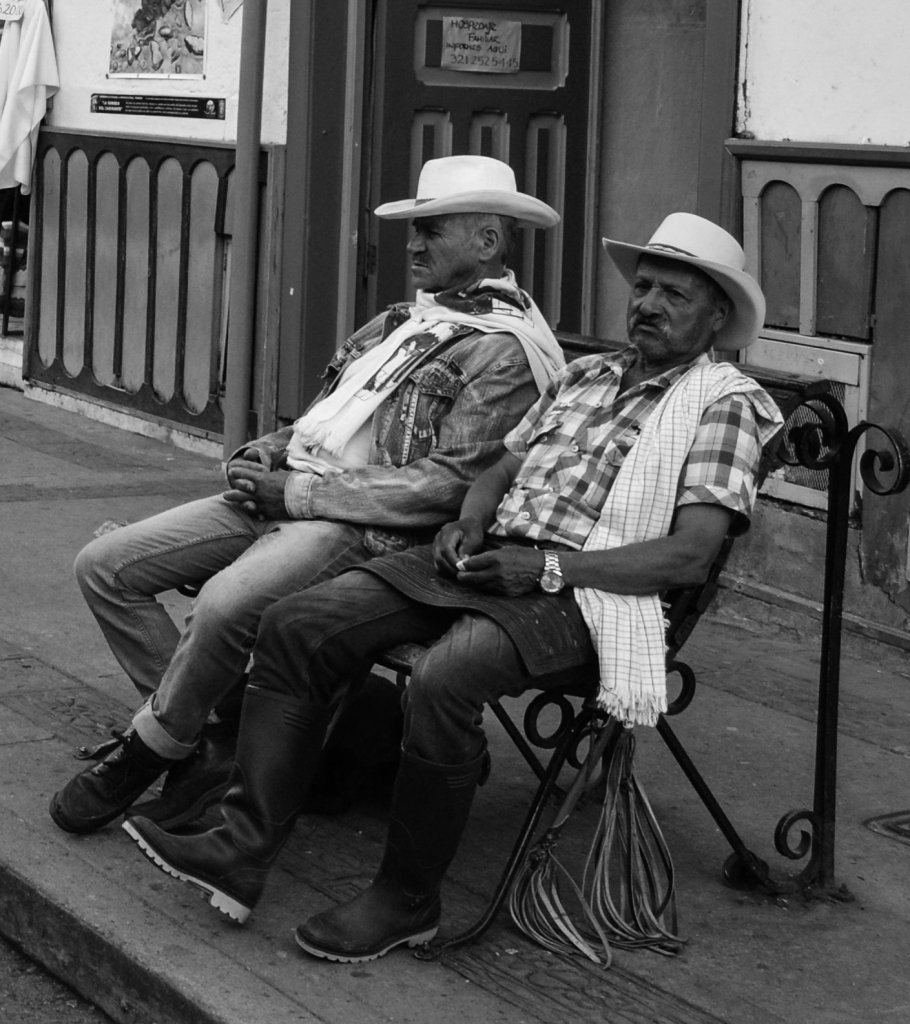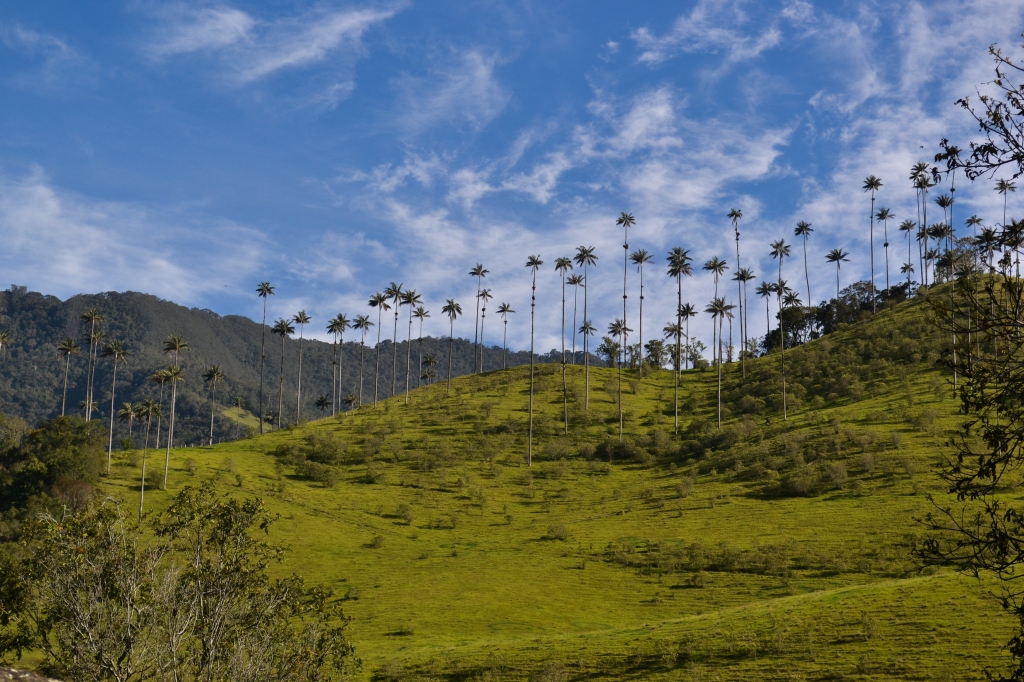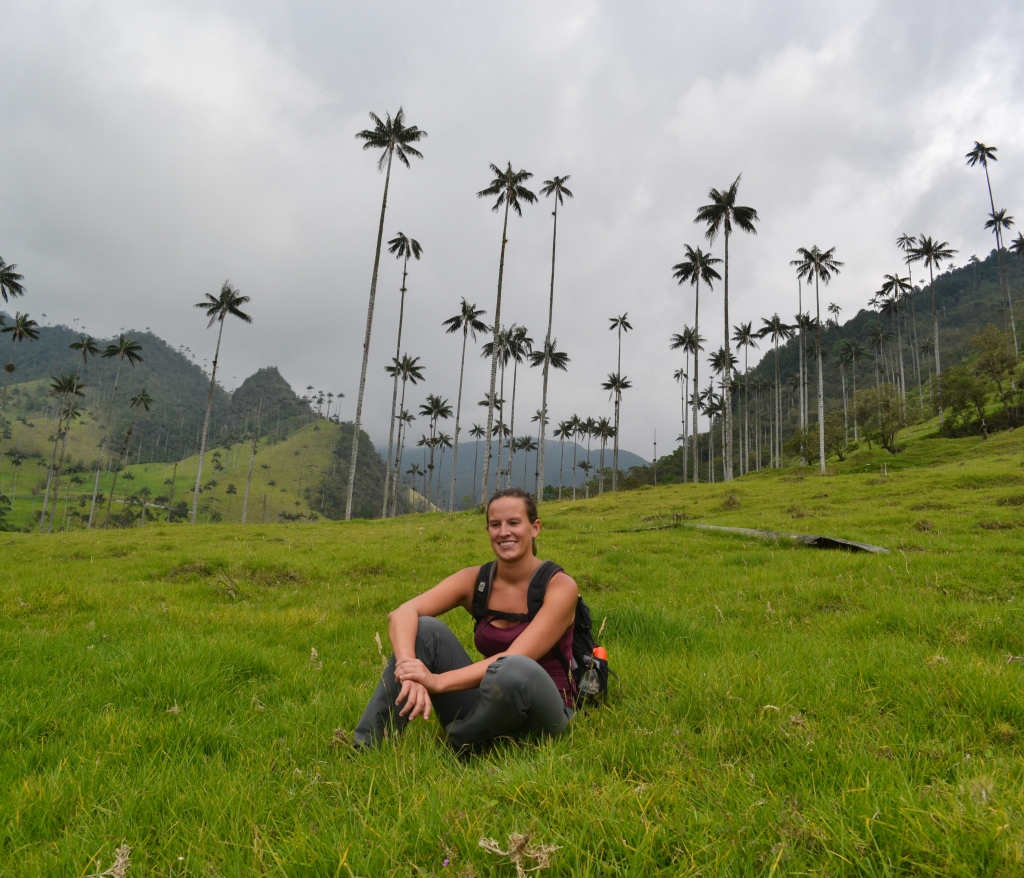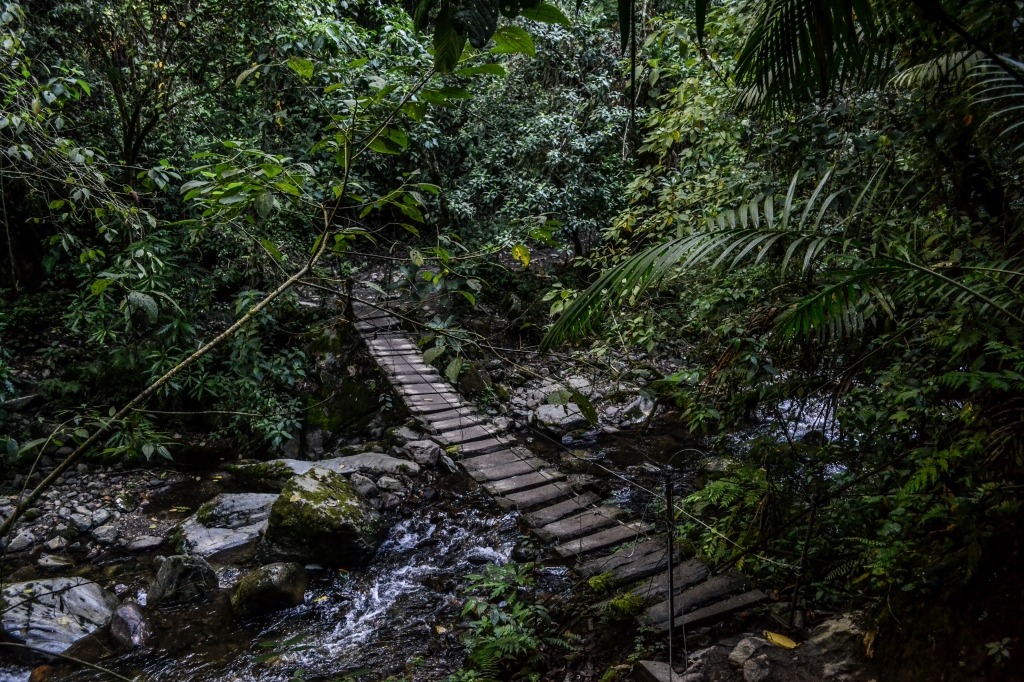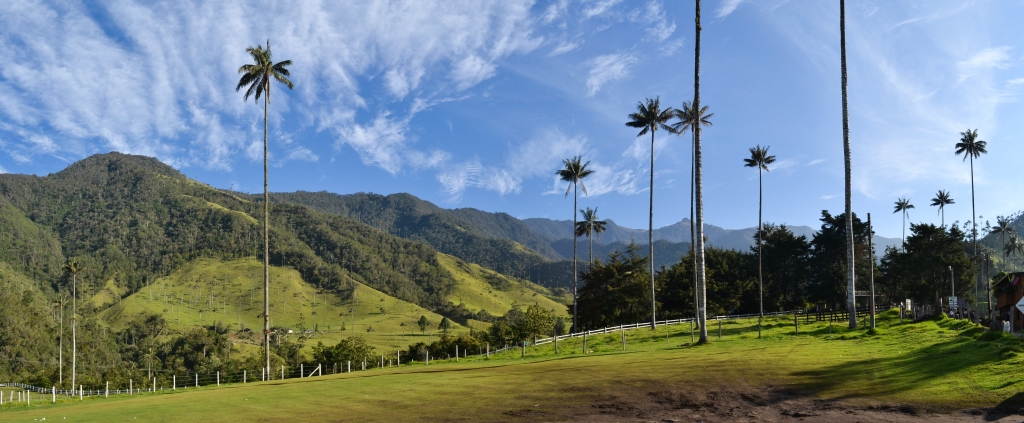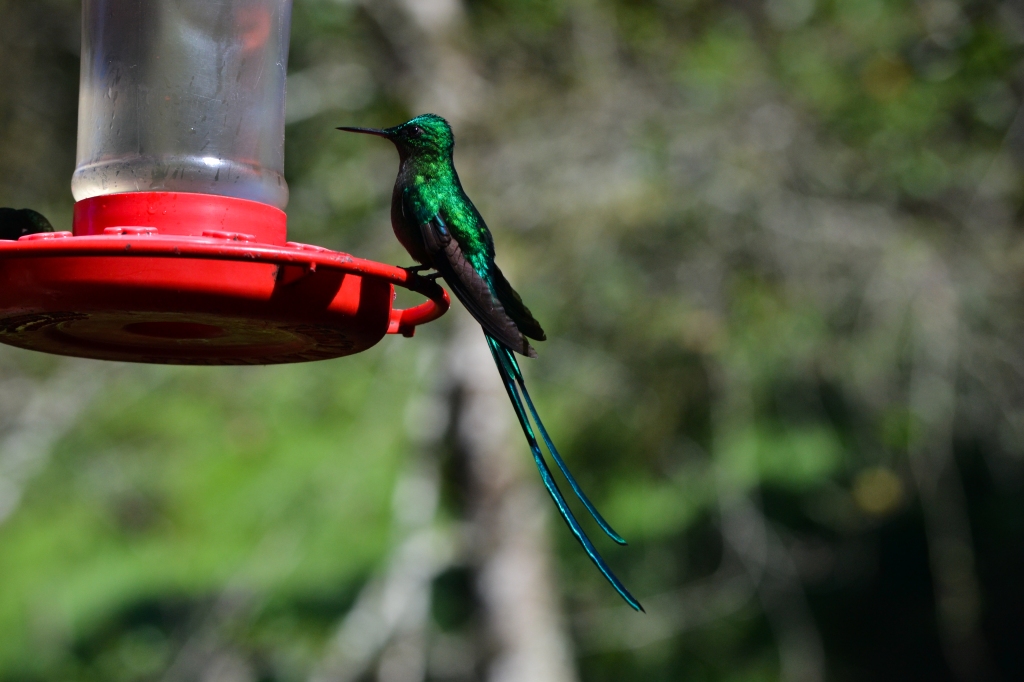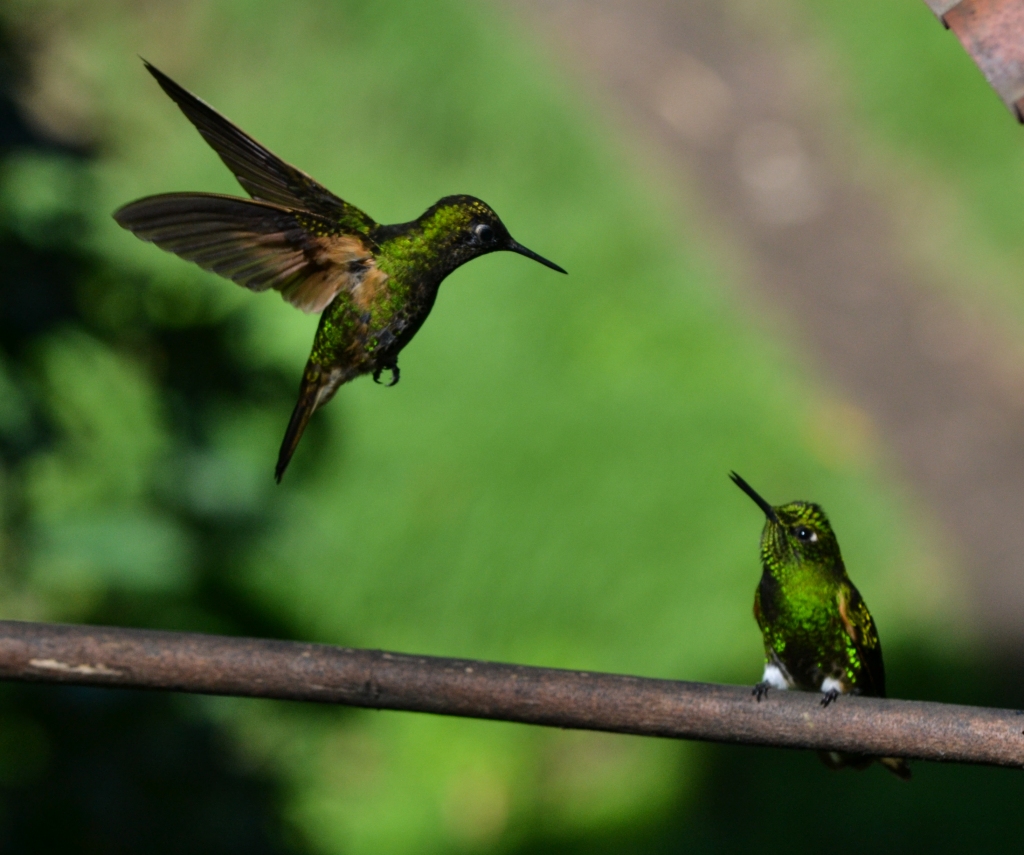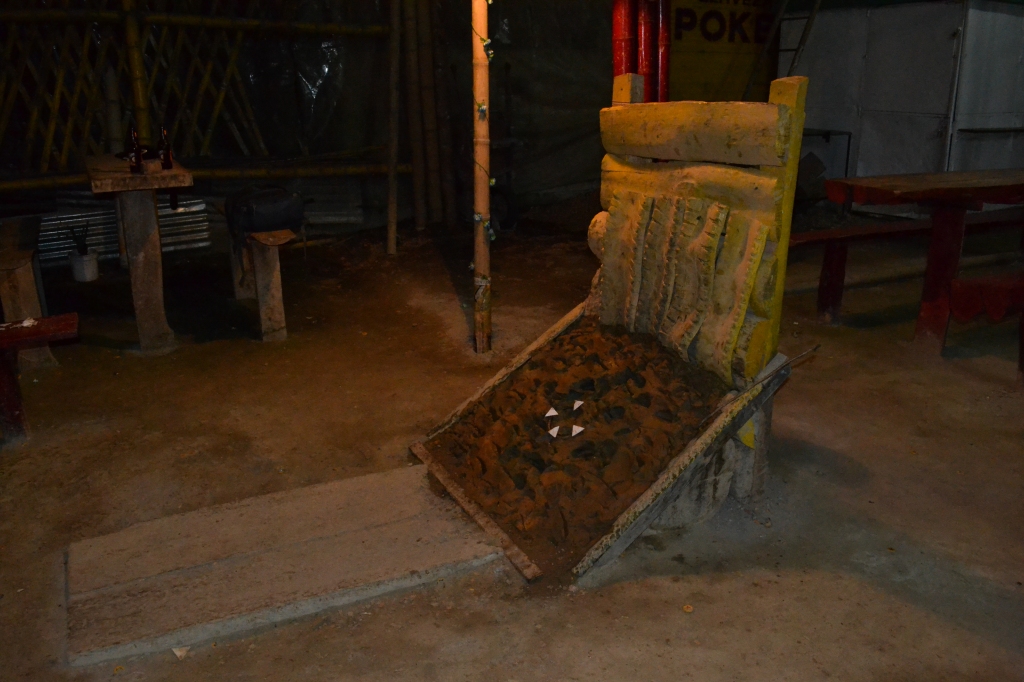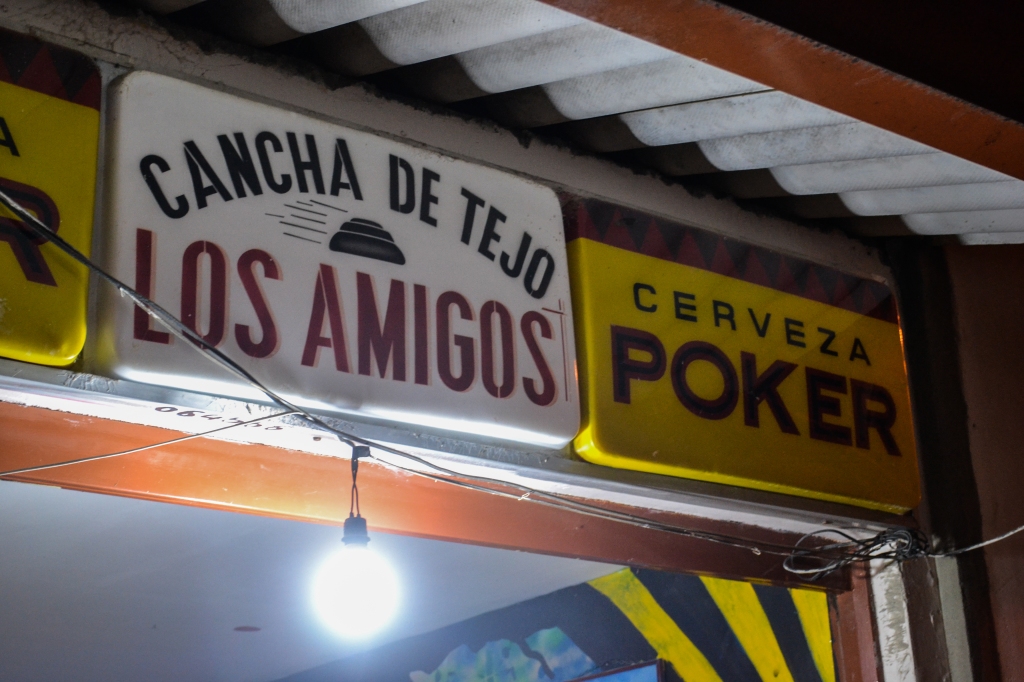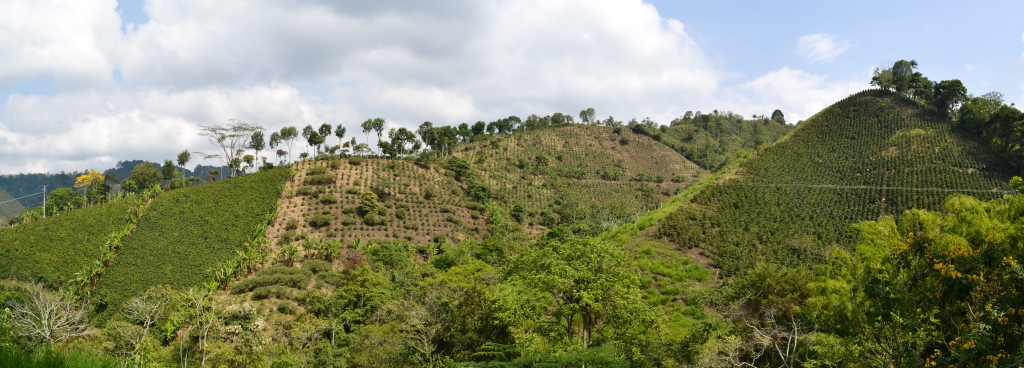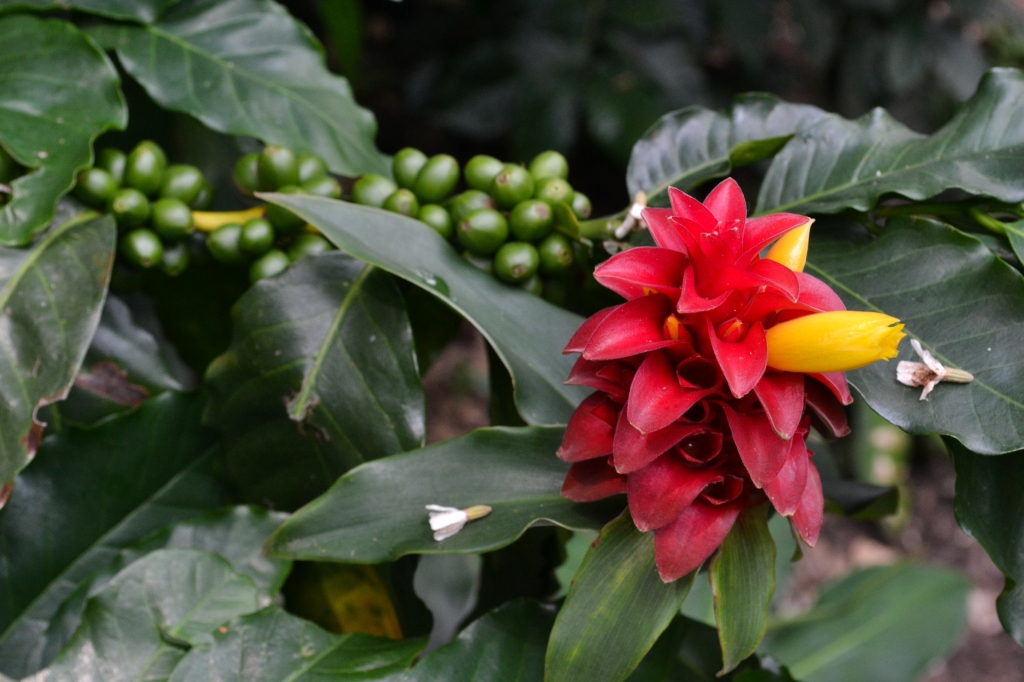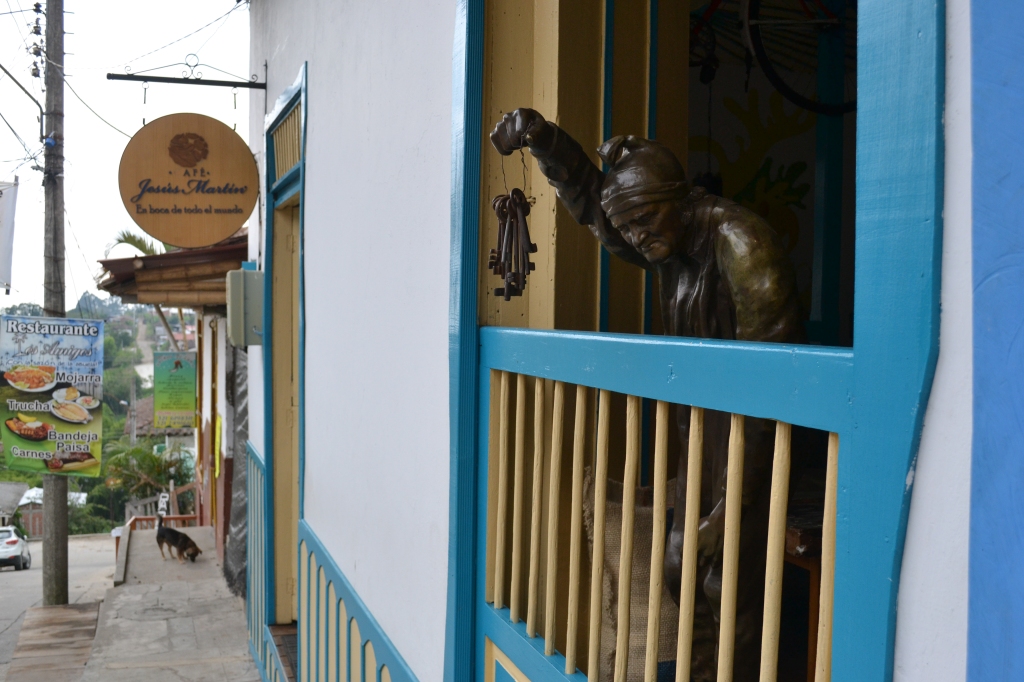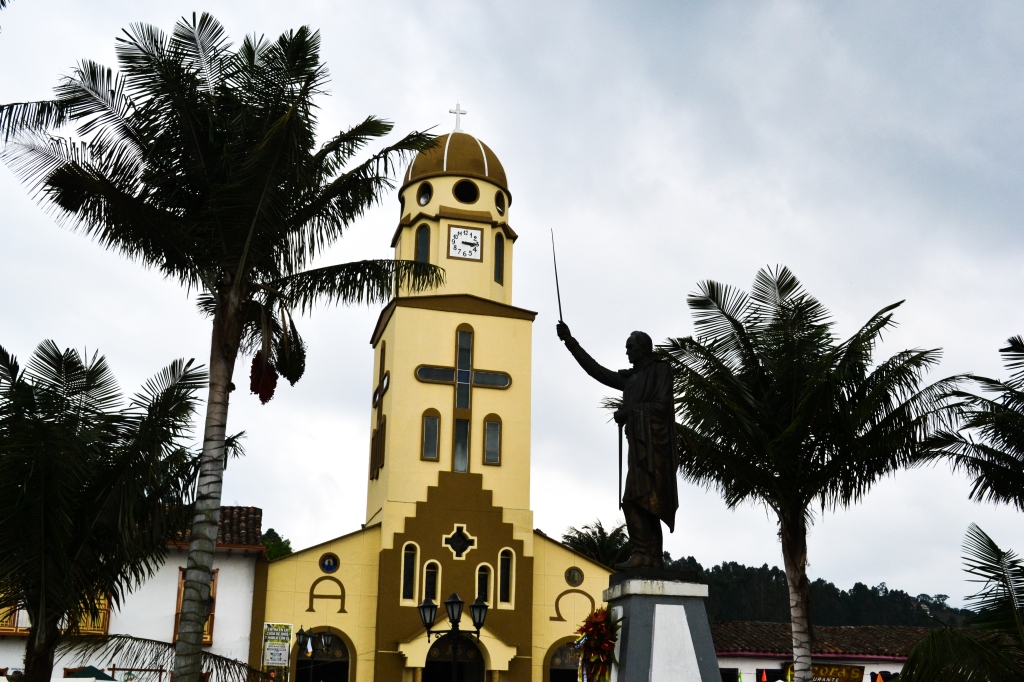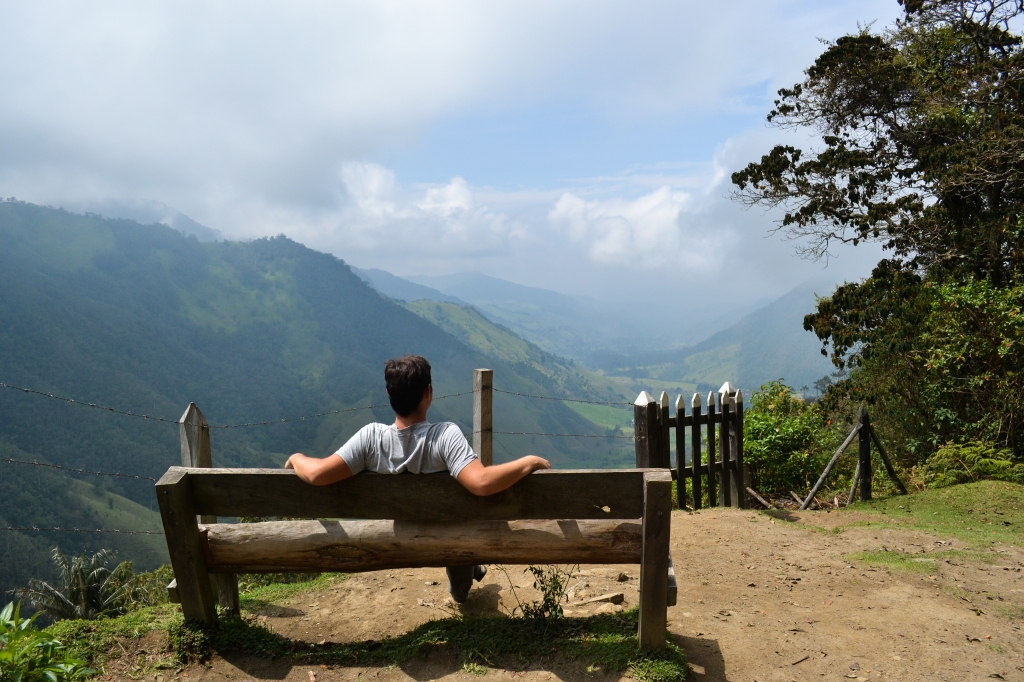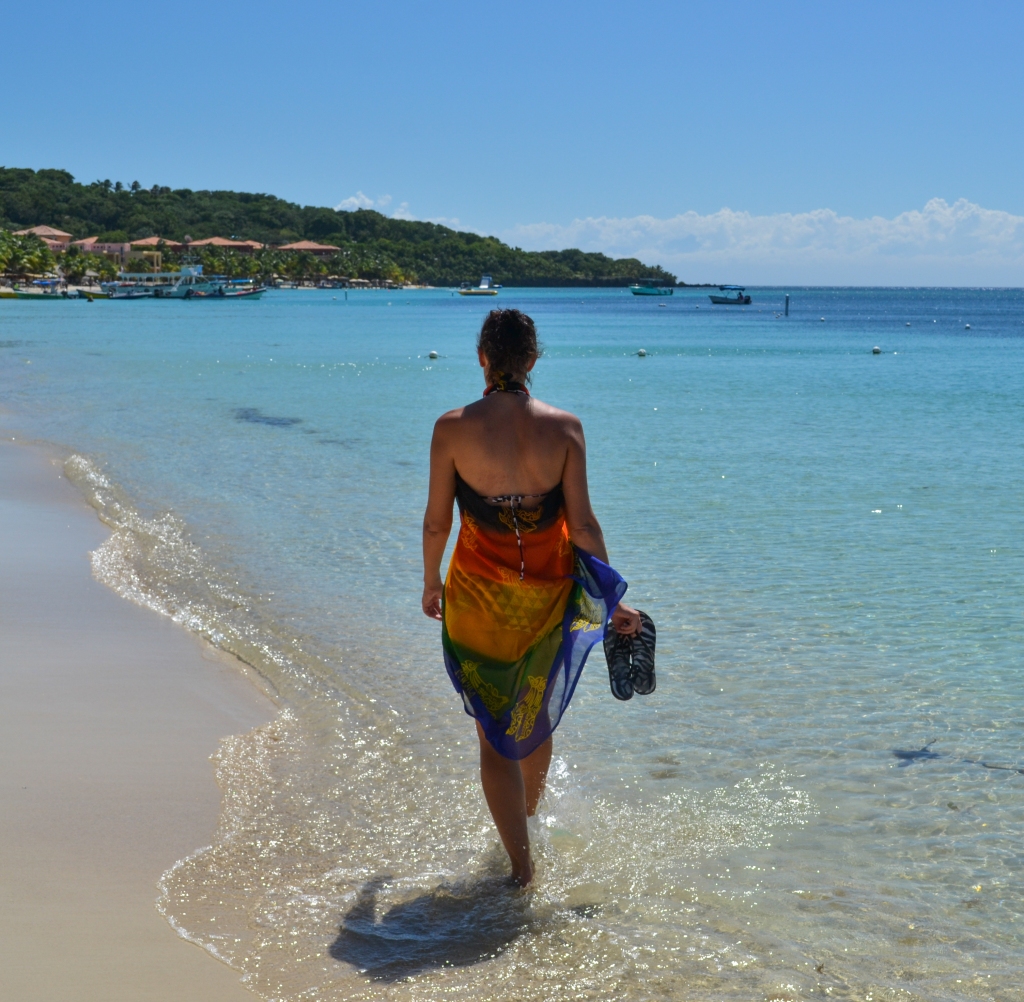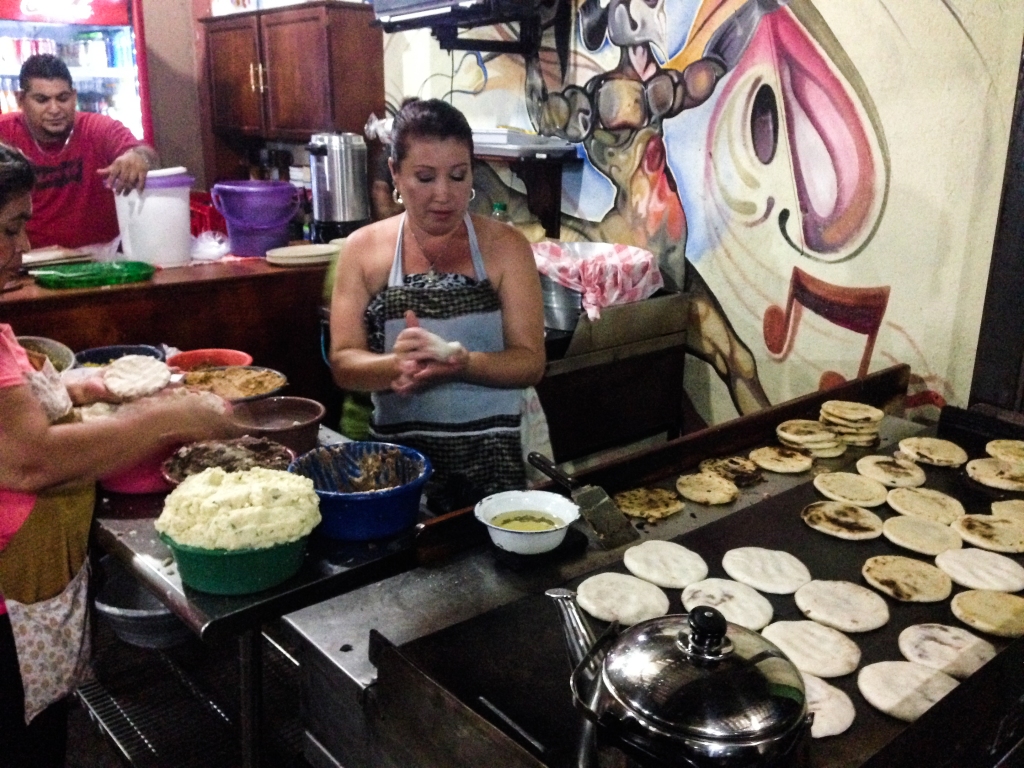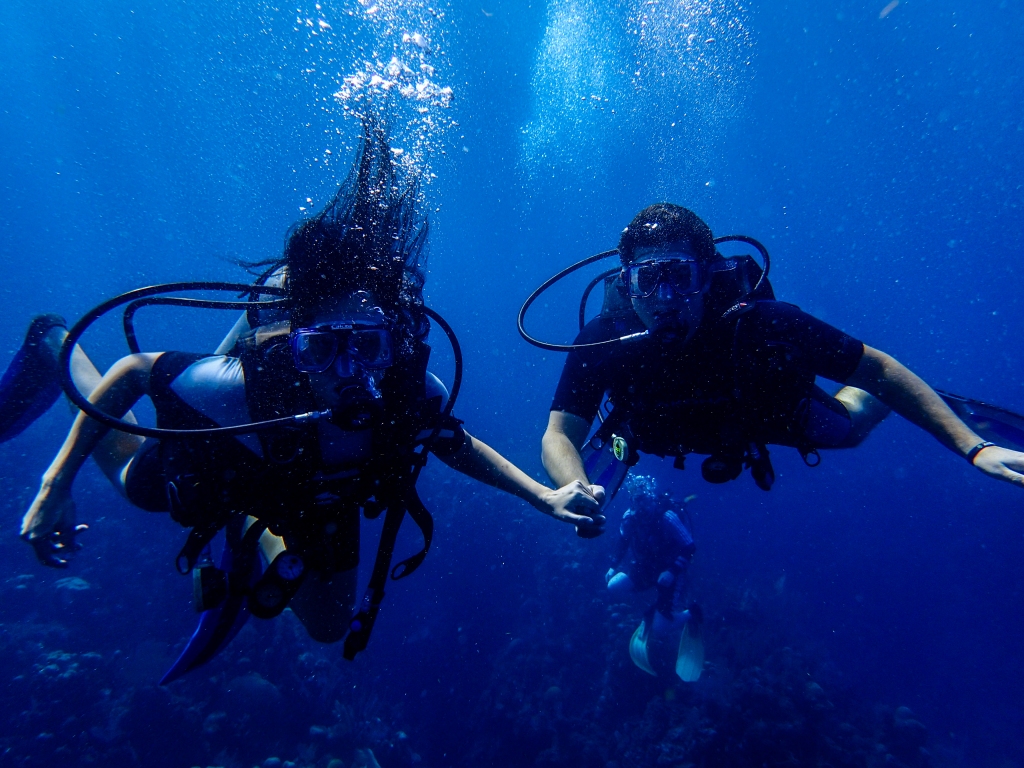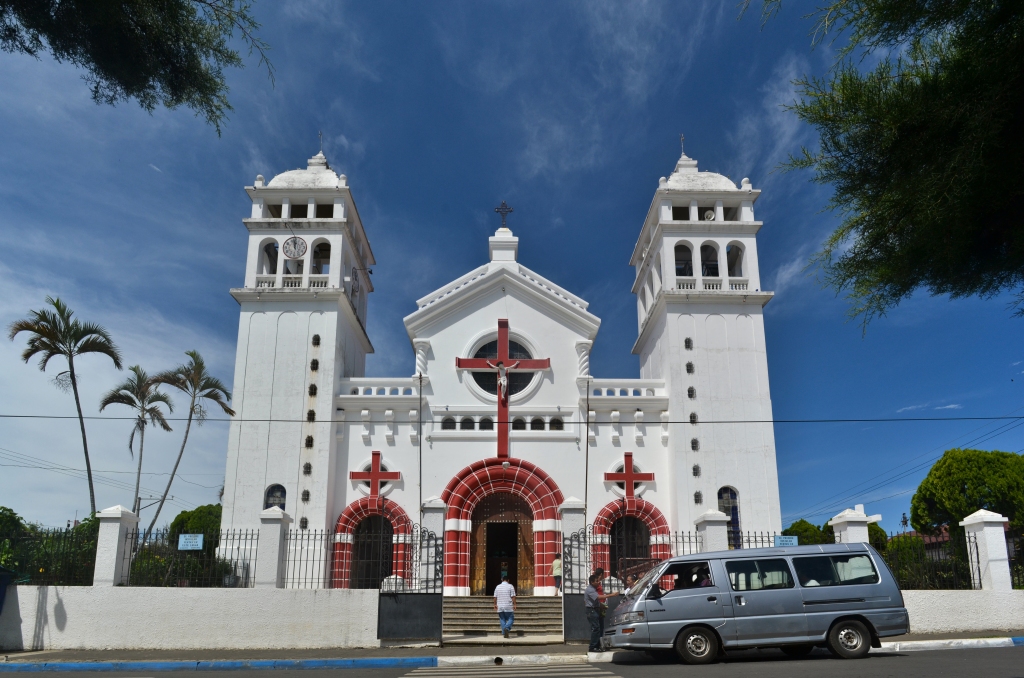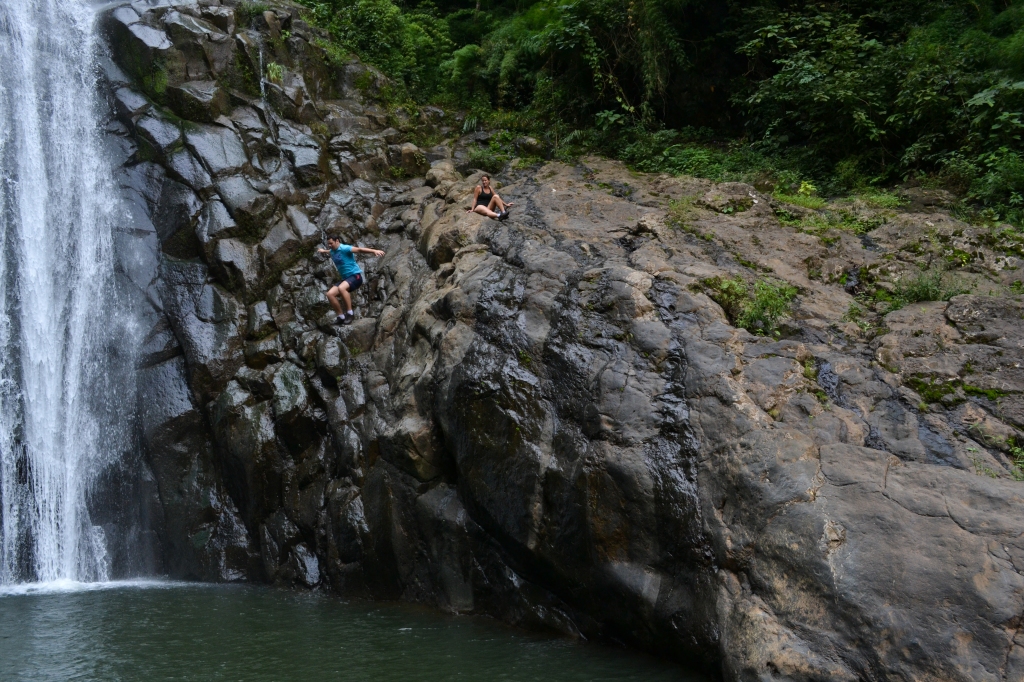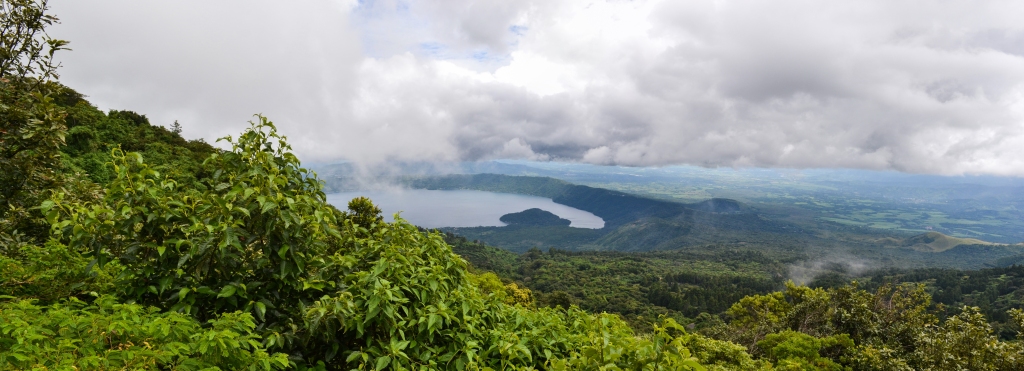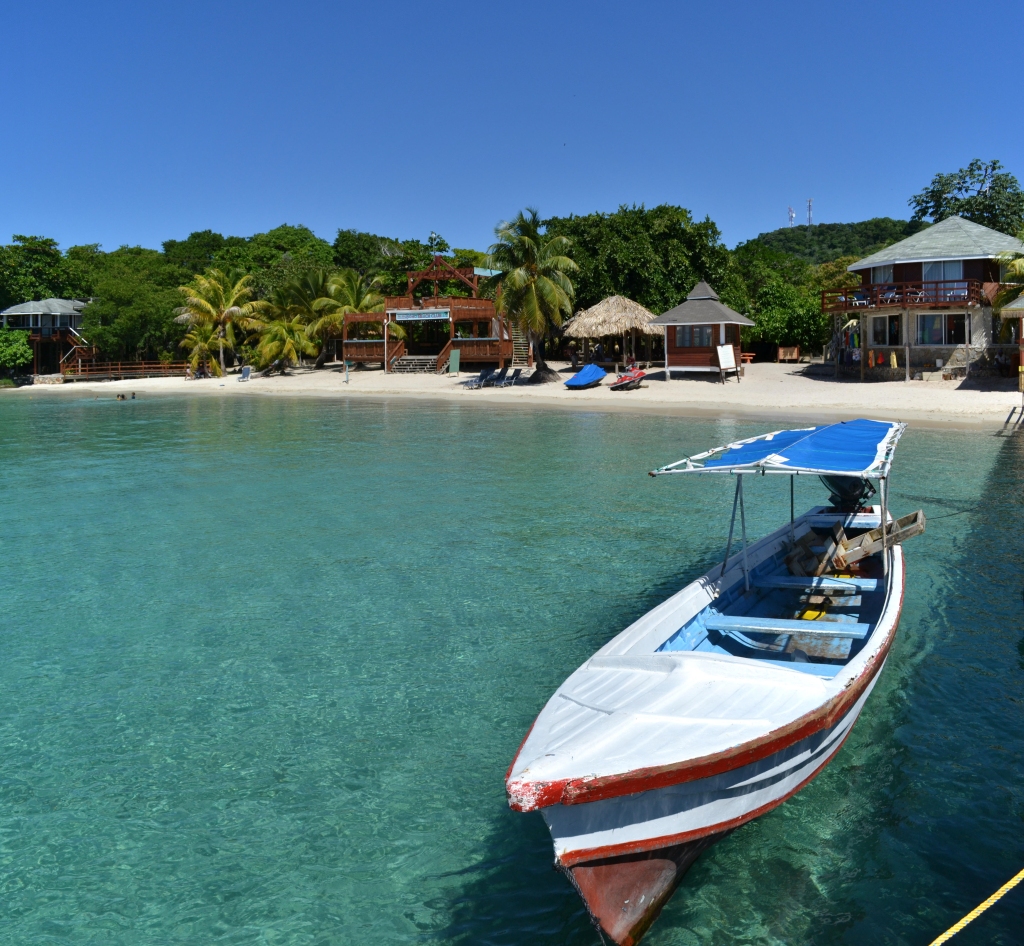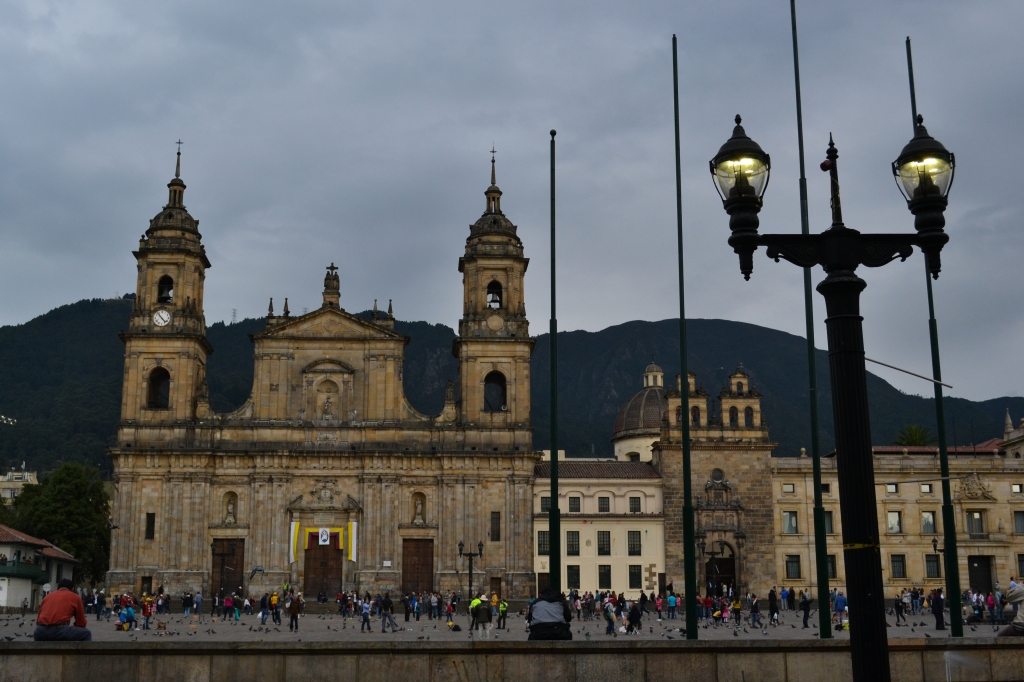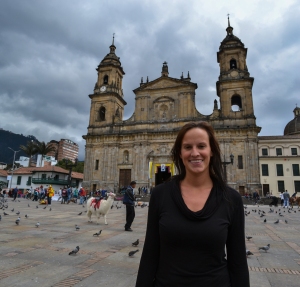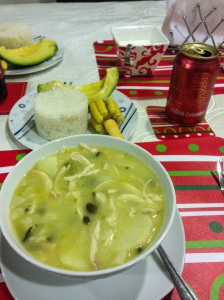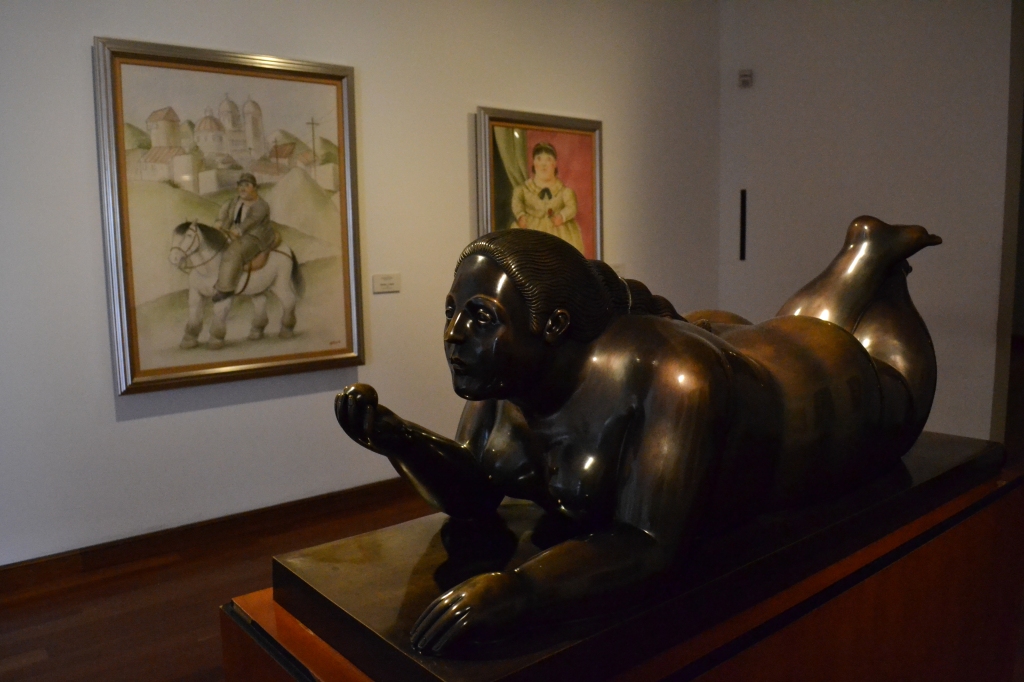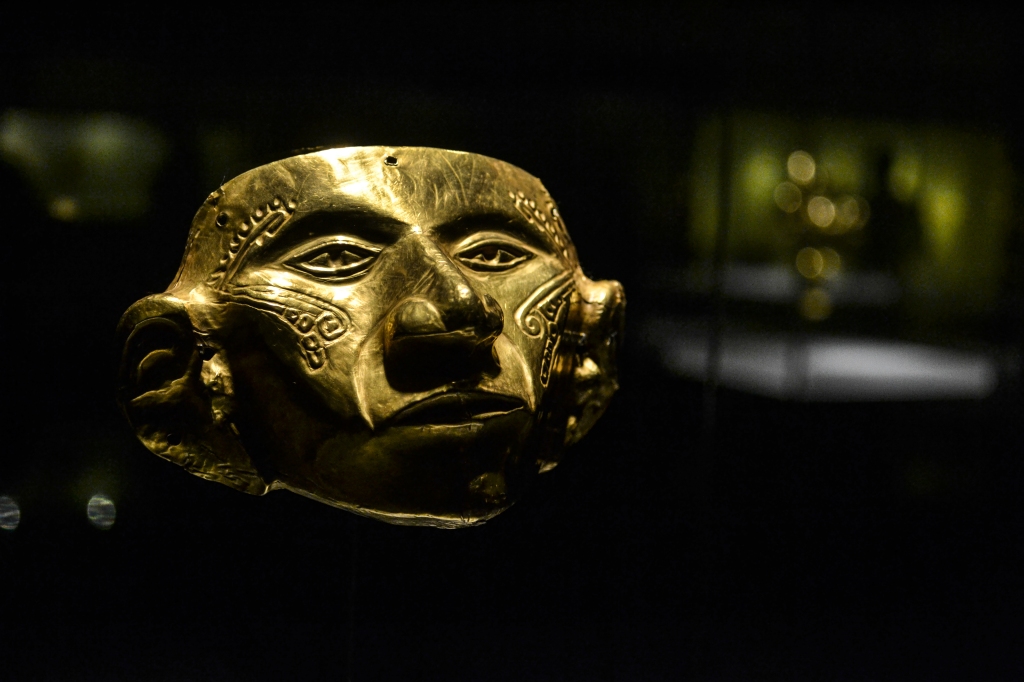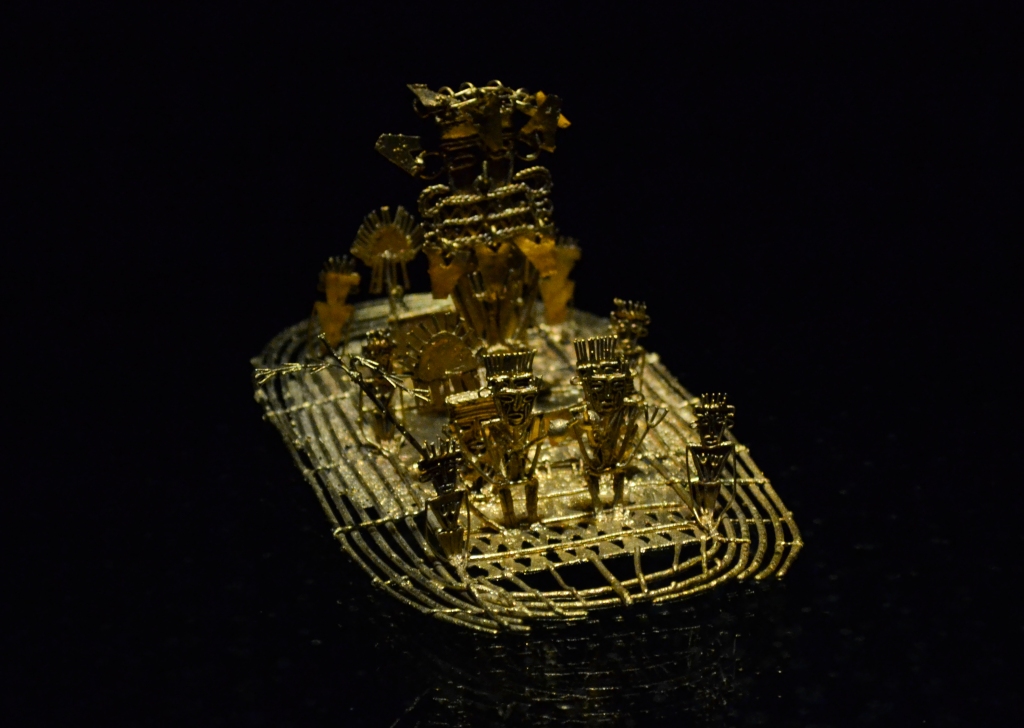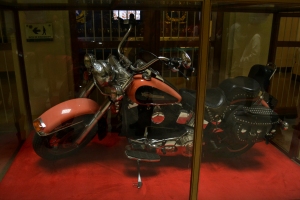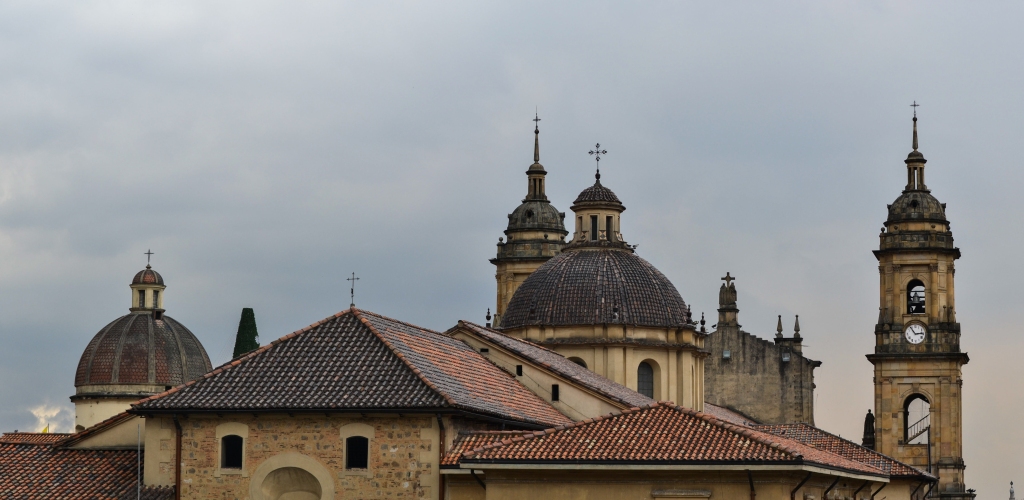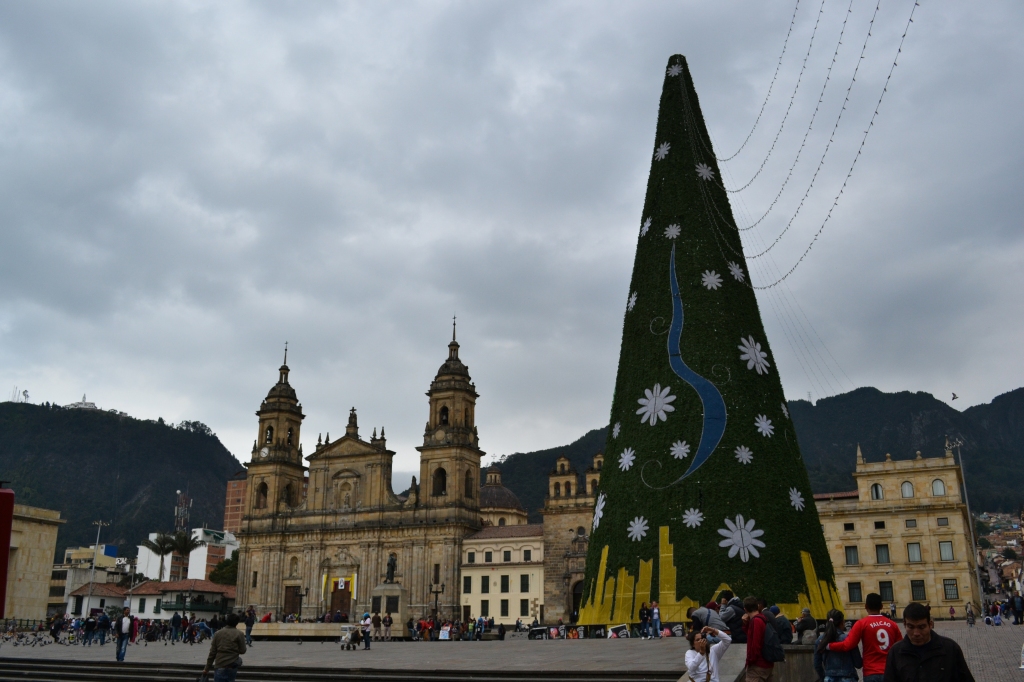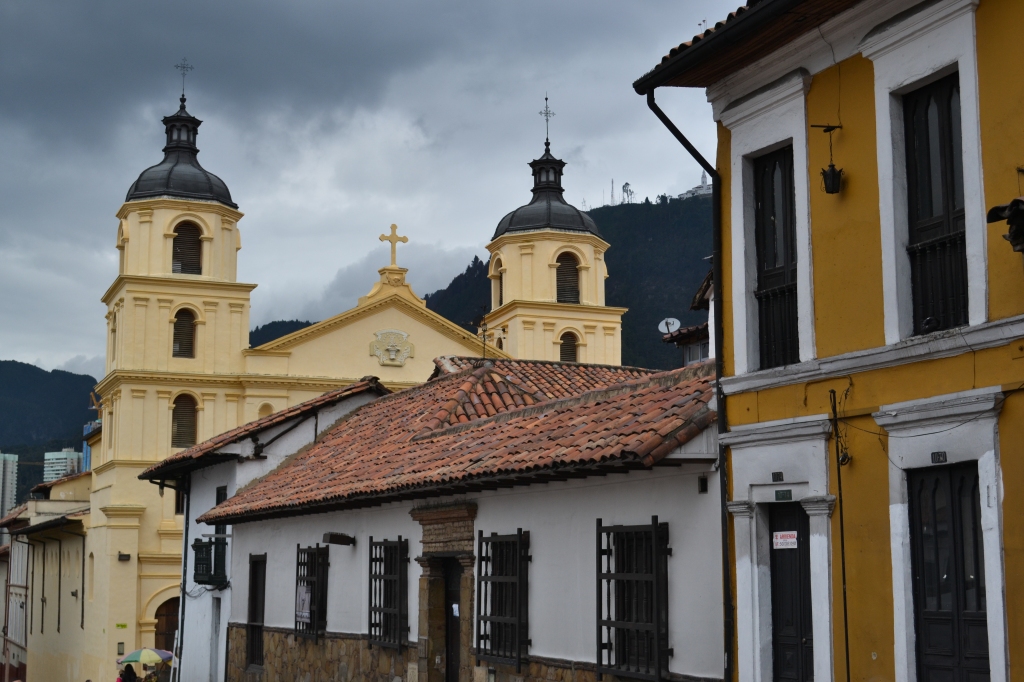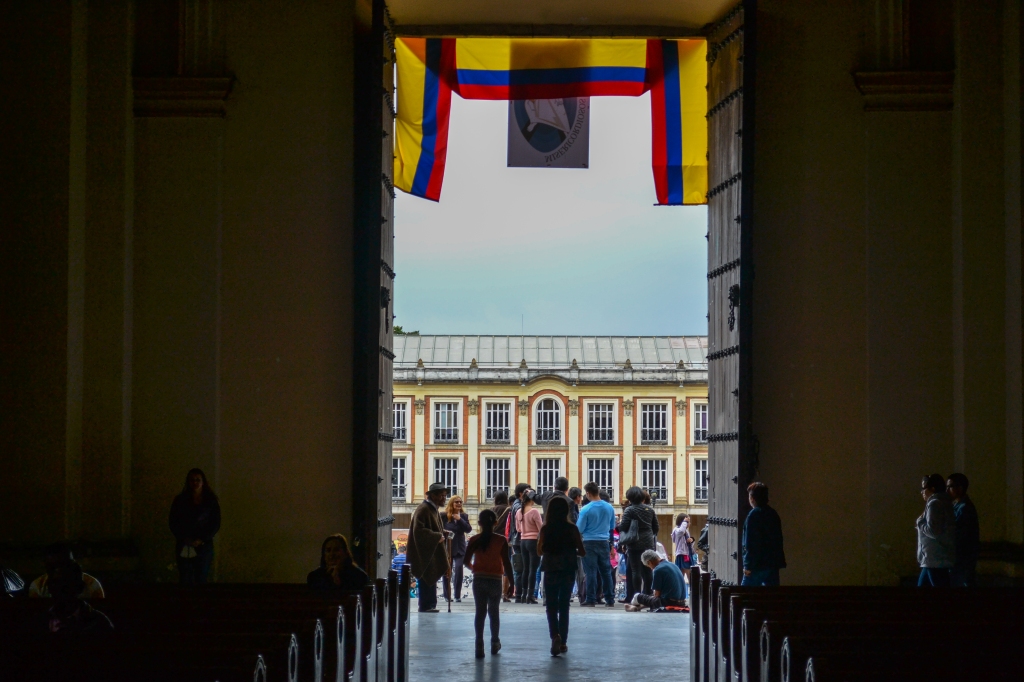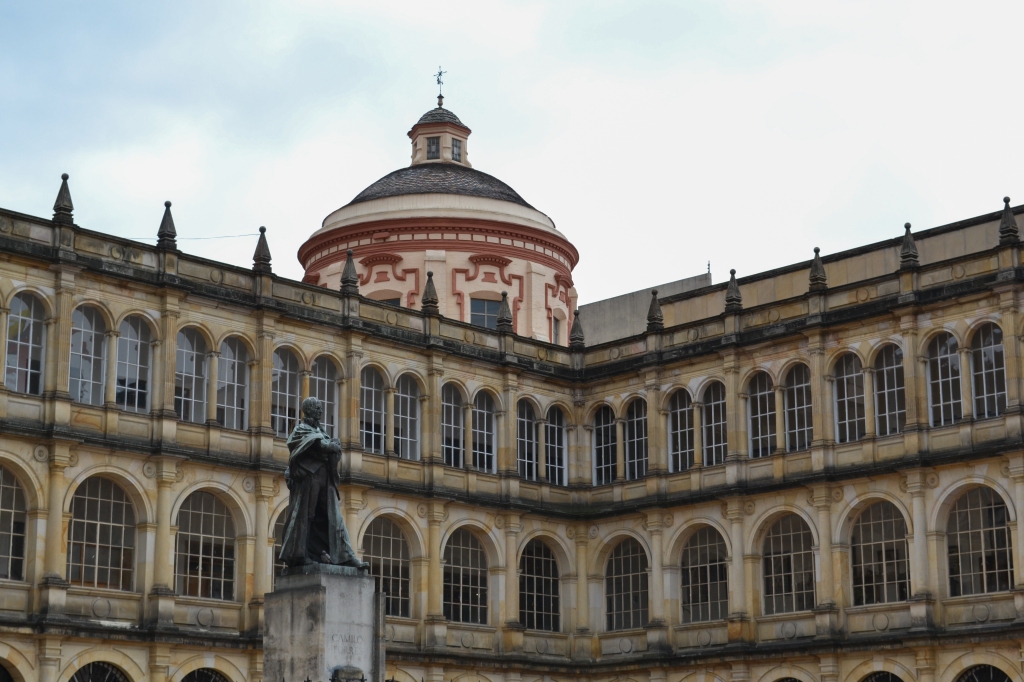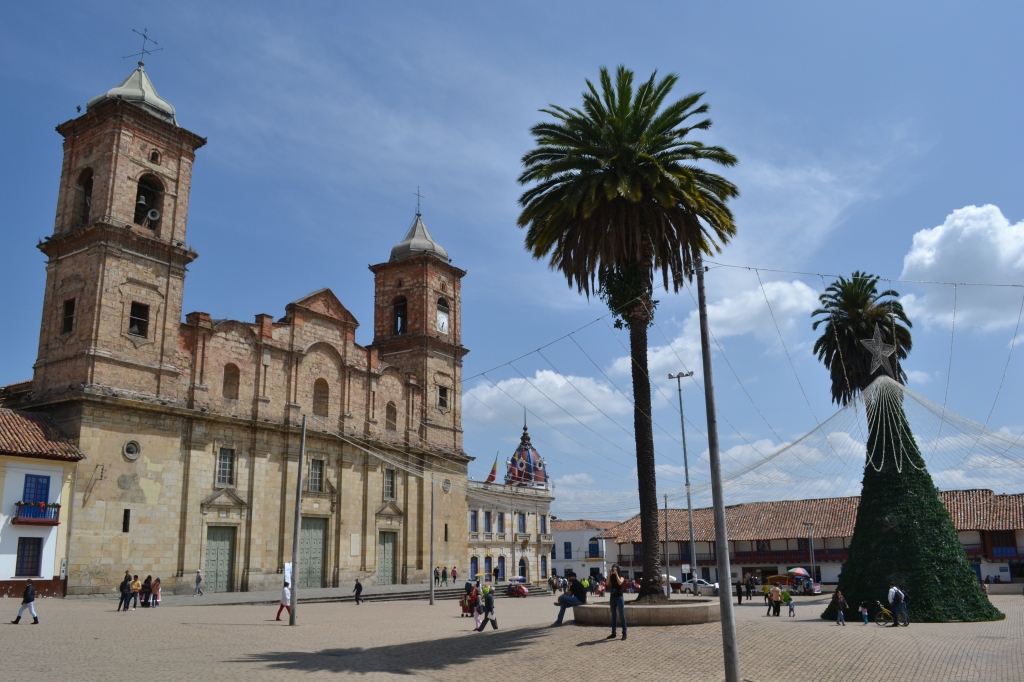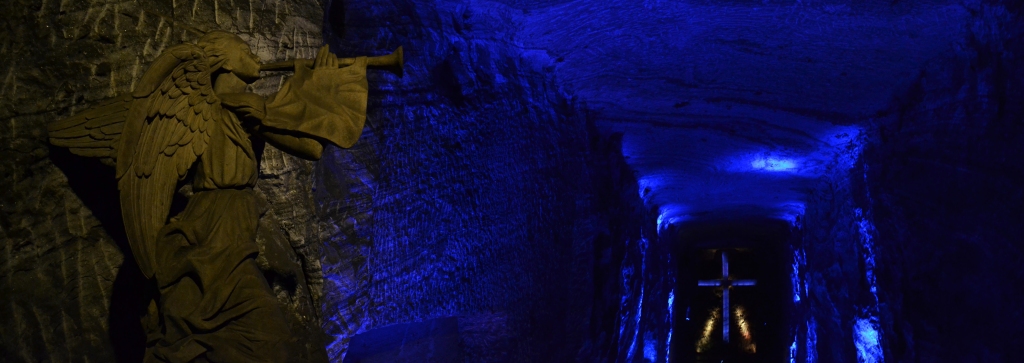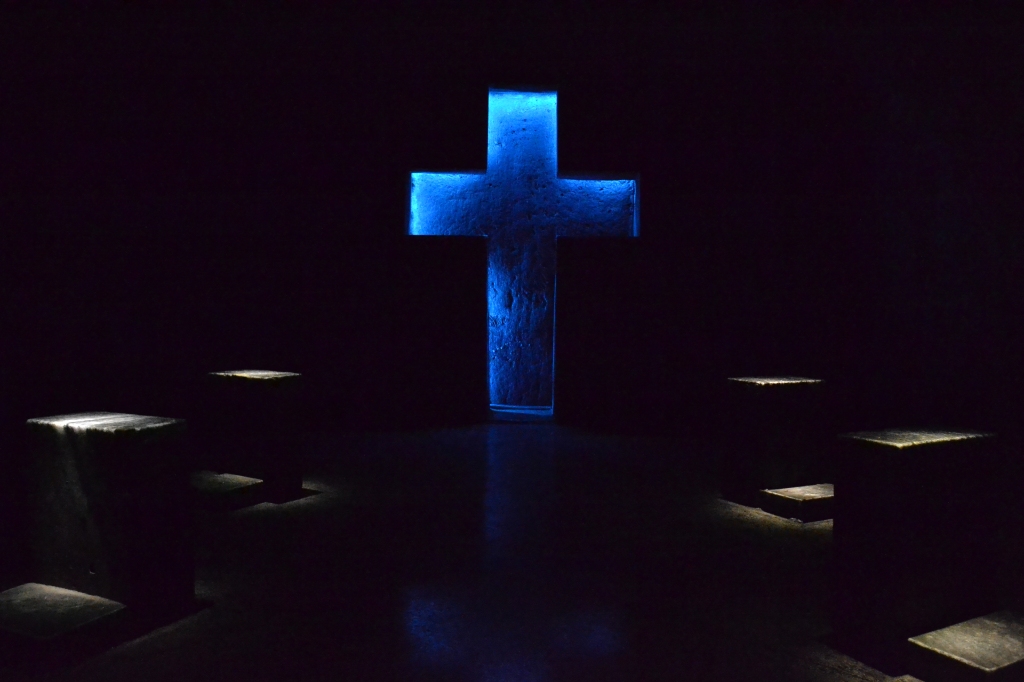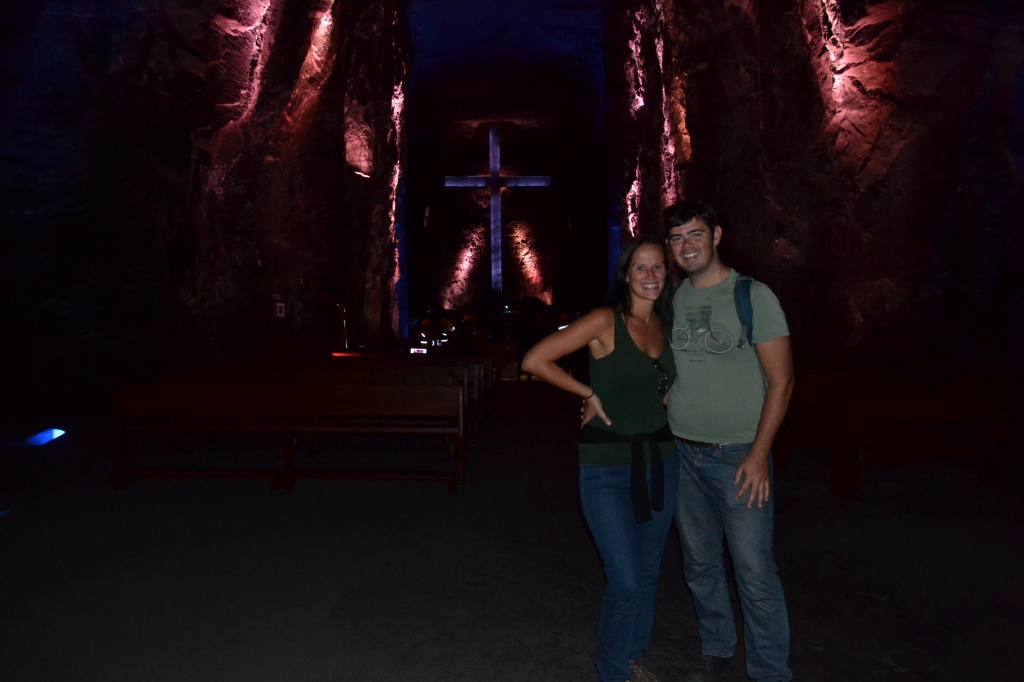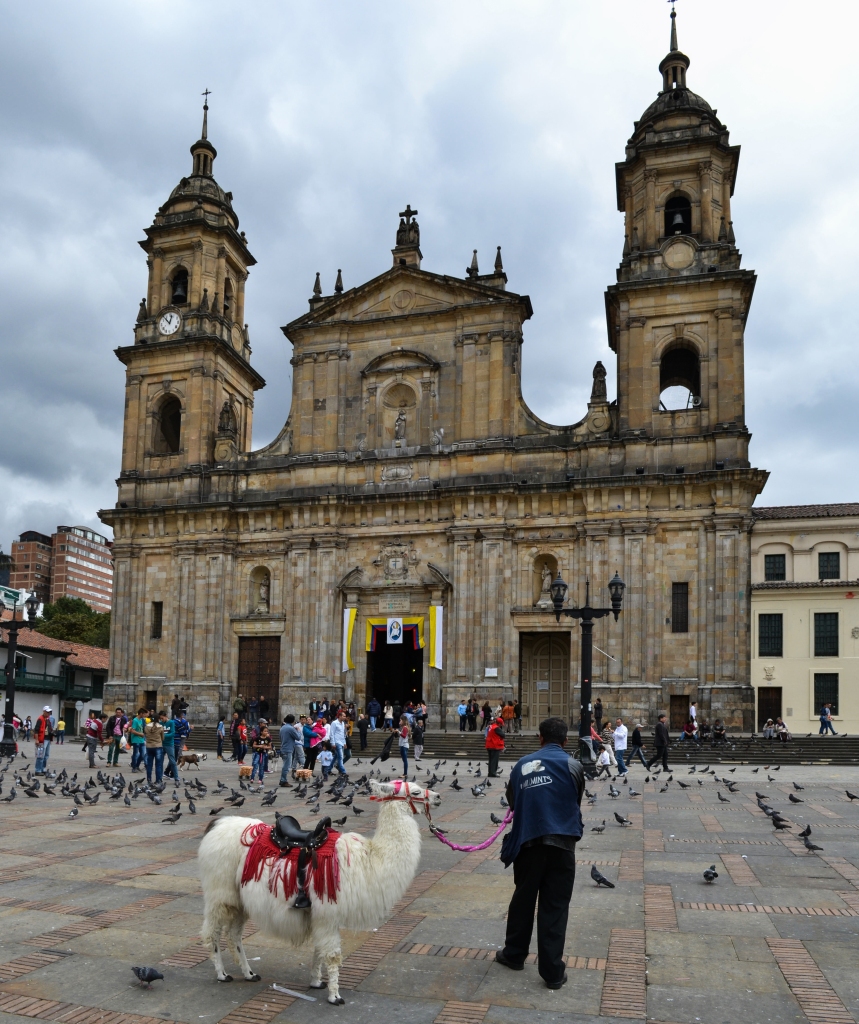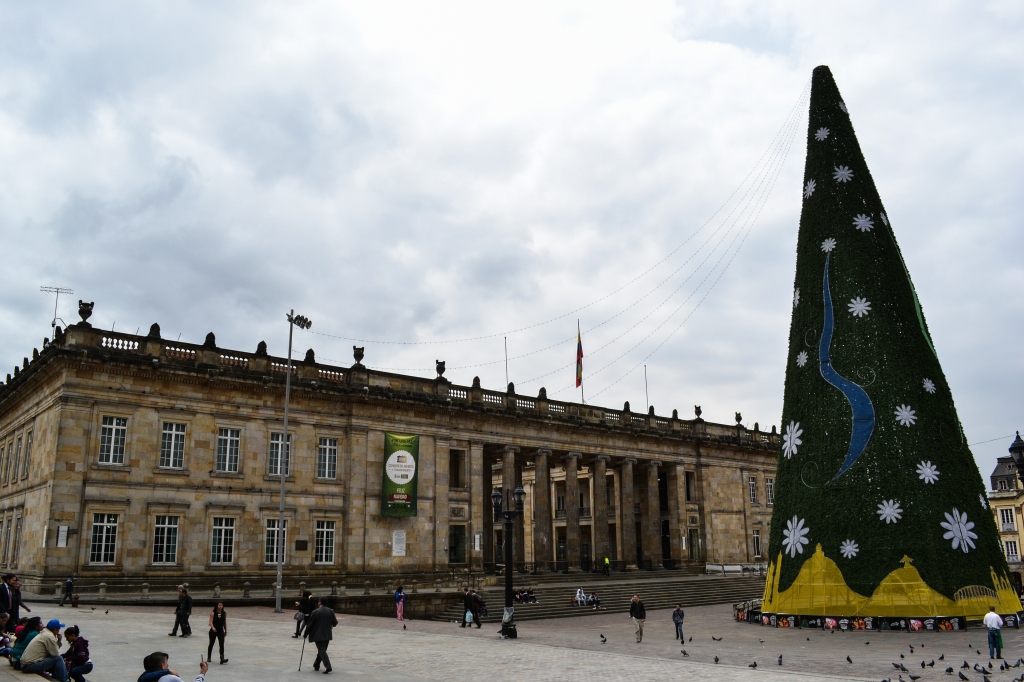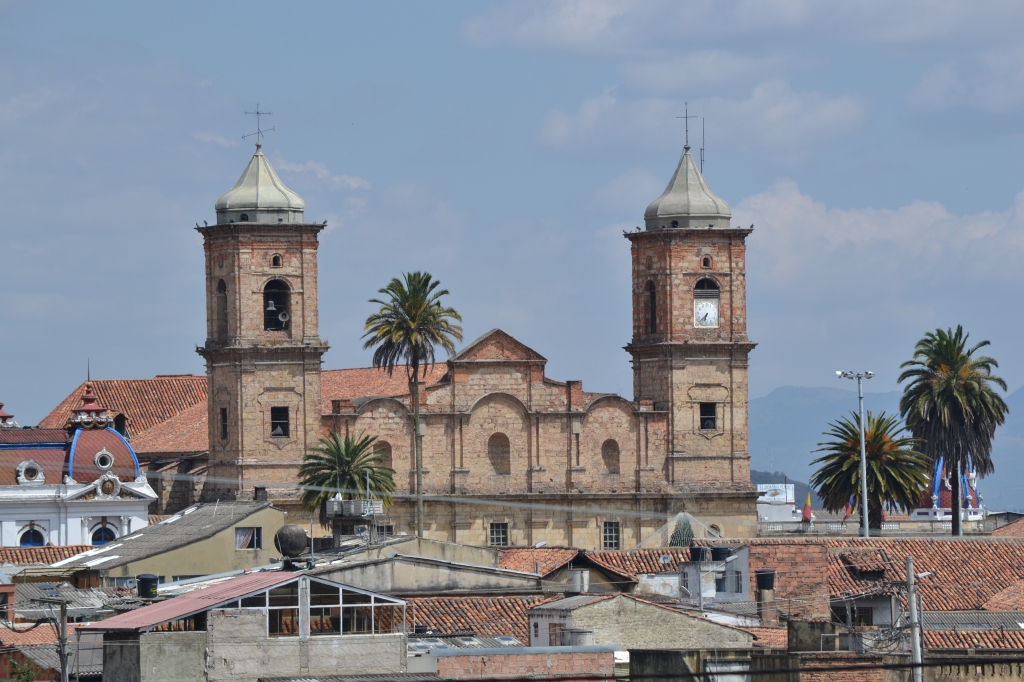Popayán and the Tierradentro ruins

Tierradentro Archaeological Park
Our last week in Colombia was a very busy one, filled with colonial architecture and pre-Hispanic ruins. We were determined to get to Otovalo in Ecuador in time for their famous Saturday market, so our time south of Cali was unfortunately limited. From Cali we took a bus to Popayán, the former seat of power and a nice colonial city.
Founded in 1537 Popayán is referred to as the “white city” and it’s clear why – the colonial town boasts chalk white building after chalk white building. The town is very well preserved and has plenty of churches and a nice town centre, focused around Parque Caldas. The most important buildings around Parque Caldas include Catedral Basílica Metropolitana de Nuestra Señora de la Asunción and the Clock Tower. Referred to as the nose of Popayán and completed in 1682, the clock no longer keeps time and has been stuck on the same time for many years.
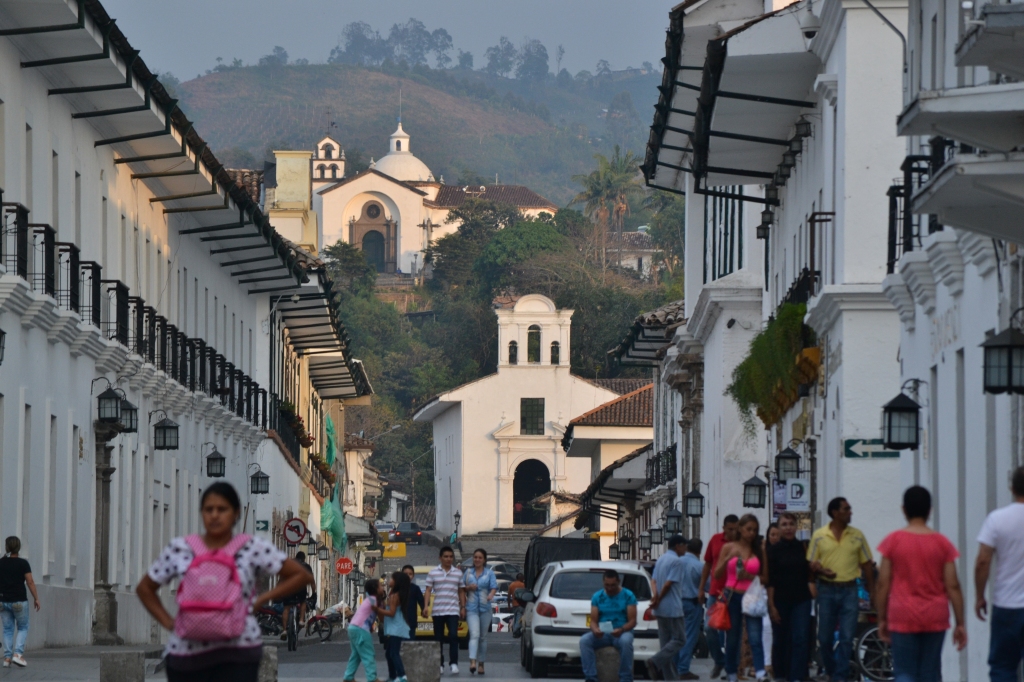
Popayan with Belen and La Ermita churches in the background
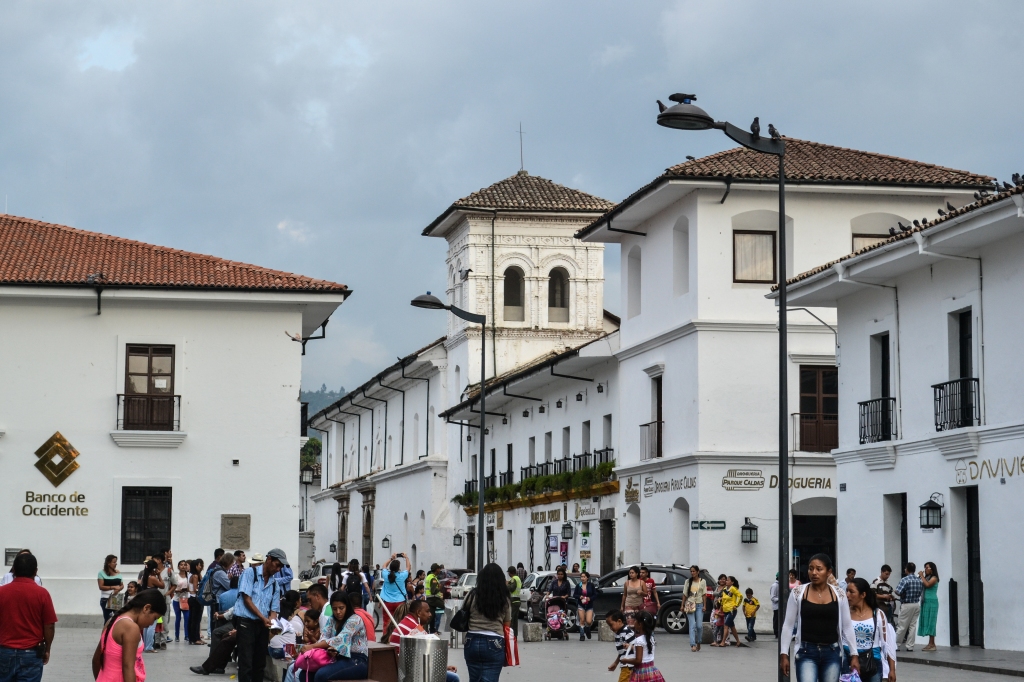
Popayan, the White City
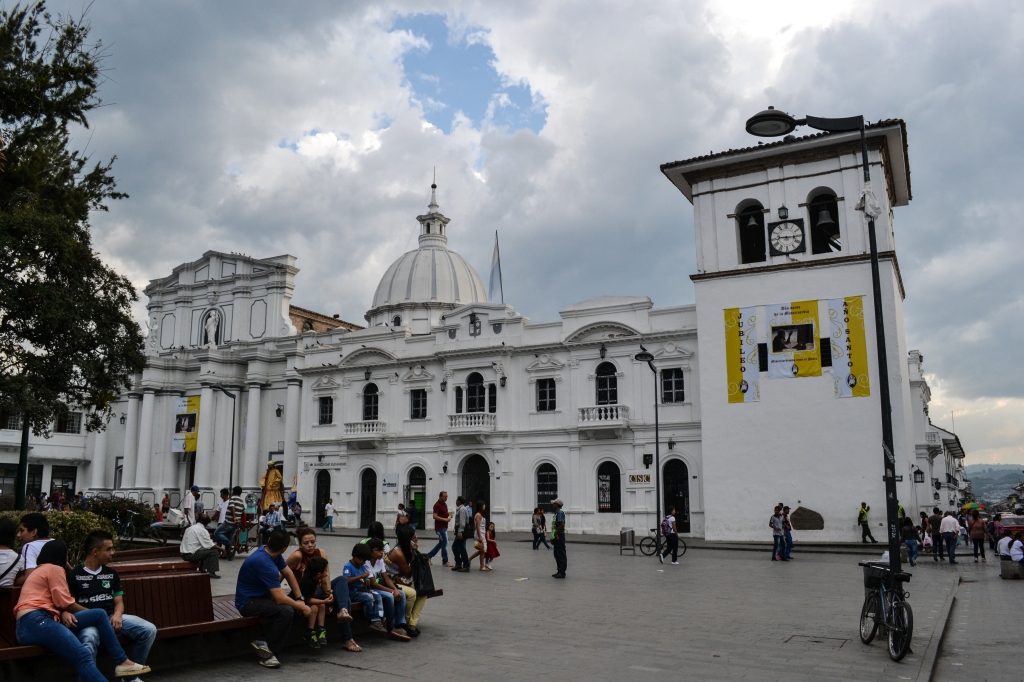
The Cathedral and Clock Tower
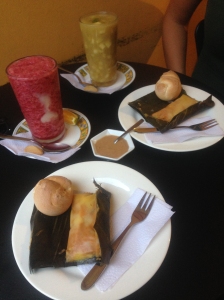
Food at Mora Castilla
Popayán has been home to 17 of Colombia’s Presidents, more than any other part of the country. It also hosts the largest Semana Santa (Easter) celebrations in Colombia and the second largest in the world after Seville, Spain. More importantly for us, UNESCO designated it a City of Gastronomy, the only city thus recognised in Latin America. It goes without saying that we had to try some of the local cuisine. We visited Mora Castilla, a restaurant that specialises in tapas sized portions of the regional cuisine.
We weren’t sure what to order, so the lovely owner recommended a few dishes for us and we followed his exact recommendations. The food was absolutely delicious; we had local tamales, carantanta con hogao, patacón con queso, empanadas de pipián, all washed down with salpicón payanés and champus. Everything was so good that we just couldn’t say no to dessert; there were two options on the menu and we got one of each. The desserts did not disappoint either! We had a really tasty local version of lemon cake and a “postre Eduardo Santos”. The owner told us the story behind the latter: apparently when former president Eduardo Santos visited Popayán a banquet was prepared for him, but the dessert they had prepared somehow got ruined, so they threw together a dessert with whatever ingredients they could find in the kitchen, with a surprisingly delicious result! The president like the dessert so much that he asked what its name was; since it didn’t have one, they named it after him.
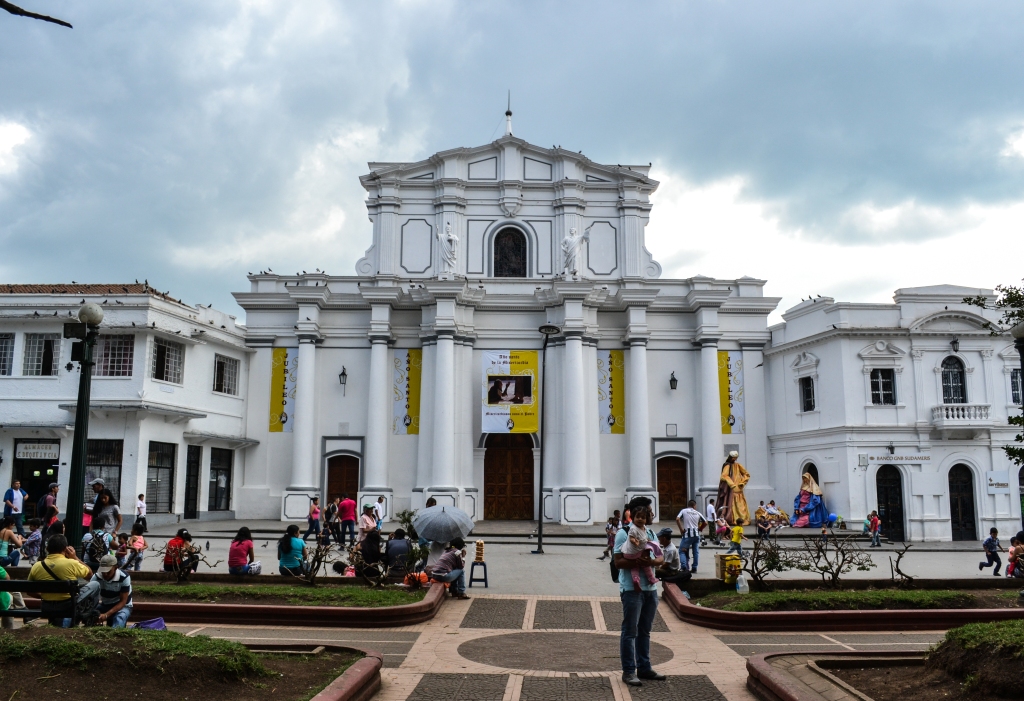
Catedral Basilica Nuestra Senora de la Asuncion
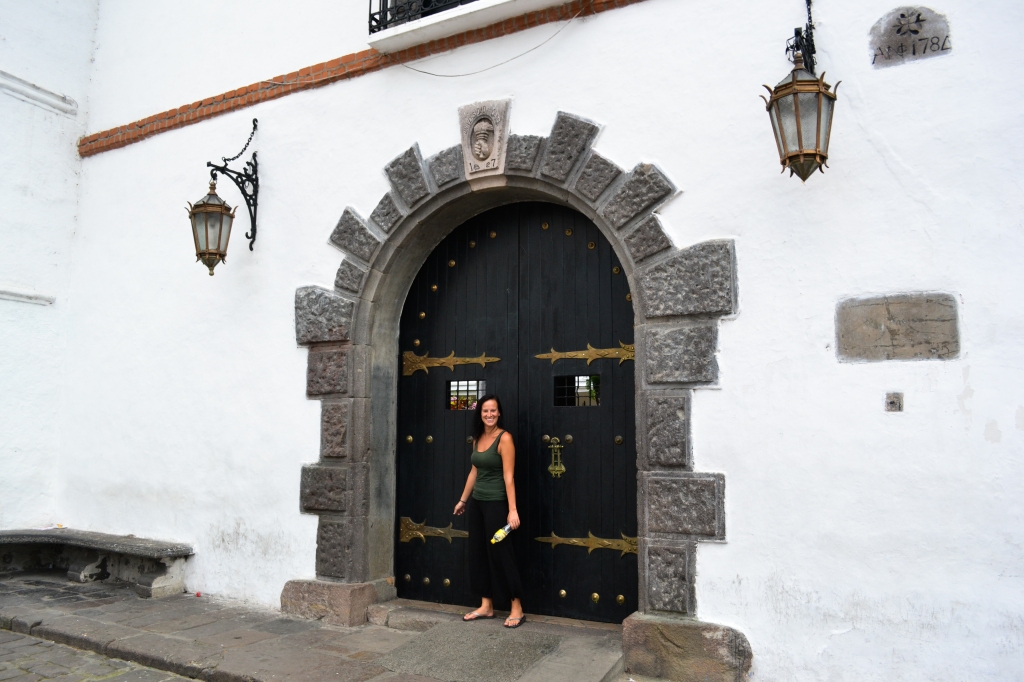
Sarah in a doorway
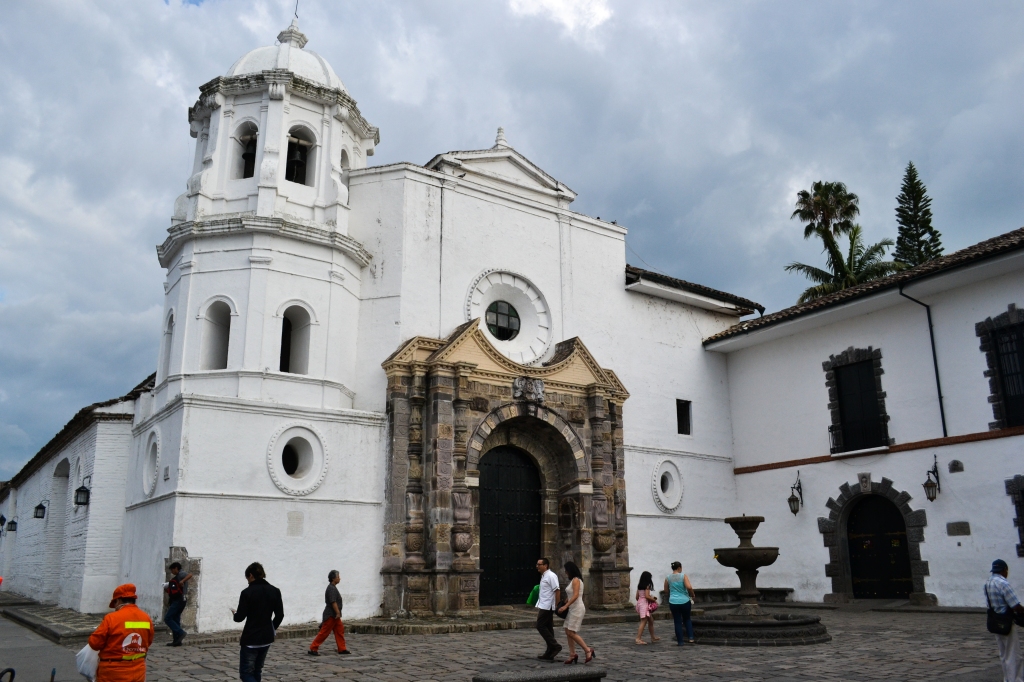
Iglesia del Carmen
Although Popayán is a pretty colonial town, after an afternoon we had seen enough to satisfy our curiosity. We enjoyed our short time there, but have to admit that the highlight of our visit was definitely our dinner at Mora Castilla. We were in Popayán from Saturday afternoon until Sunday morning, the city seemed to be pretty empty of people, especially on Sunday – nothing was open and only police were on the streets.
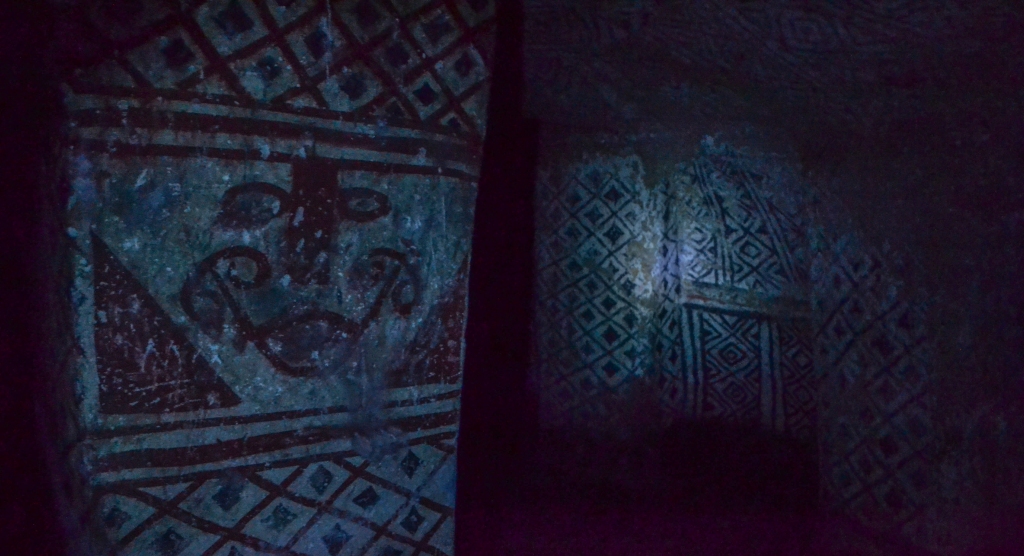
Painted tomb at Tierradentro
From Popayán we took a direct bus to San Andrés de Pisimbalá, the town next to the pre-Hispanic ruins of Tierradentro. The bus trip was not as bad as we had read – sure it was bumpy and windy at times, but not nearly the near death experience we had read online. We were however quite impressed by the enormous amount of dust that our backpacks had gathered during the trip there. This entire area used to be a no go zone for tourists. Guerrilla activity and fighting deterred all but the most adventurous of visiting this region. But now that tourists have started trickling into the area to visit the famous burial grounds roads are being built, replacing the dirt tracks that used to be the only route to these towns. Although it is still not exactly a smooth ride, it demonstrates that peace brings prosperity.
We stayed at La Portada in San Andrés for two nights in order to visit the Tierradentro Archaeological Park, which was named UNESCO world heritage in 1995. The visit involved a long hike to visit all the excavated tombs on a circuit through the mountains, with stunning scenery as a backdrop. These tombs – also called hypogea – have only been excavated recently; while some initial work was done from the 1930s – 1950s, most of the excavation took place between the 1960s and the 1990s. Work here is ongoing; we passed several burial tombs that are known to exist but are yet to be excavated. In Gold Museums around the country you can see some of the artefacts that were found in these burial tombs, but seeing the tombs in person is a very different experience.
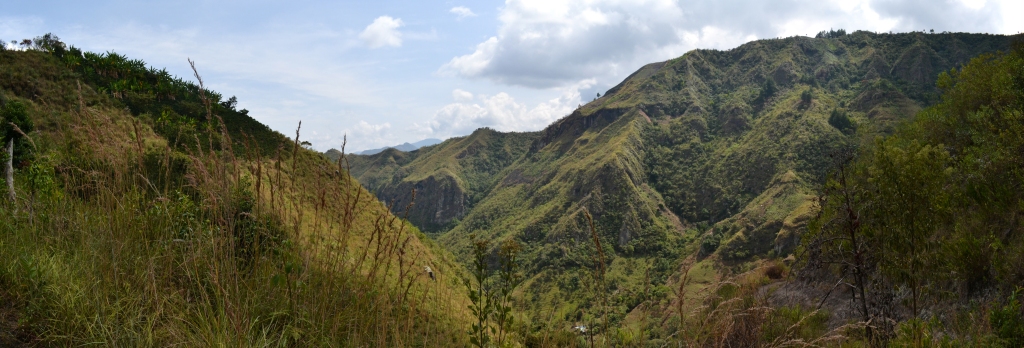
We had beautiful views on this hike
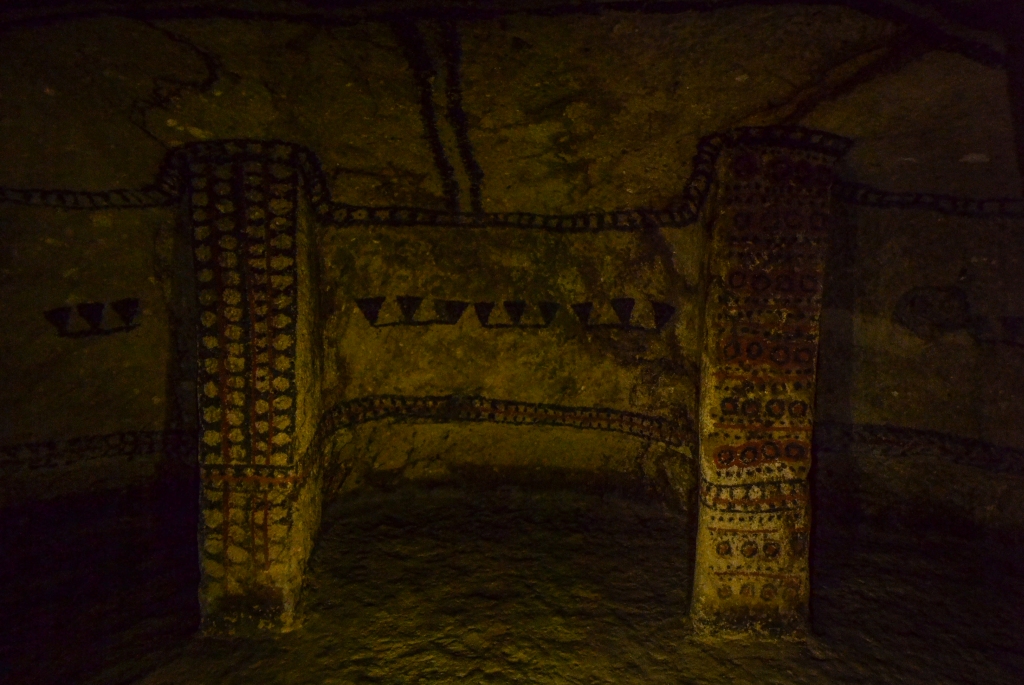
Inside a hypogea
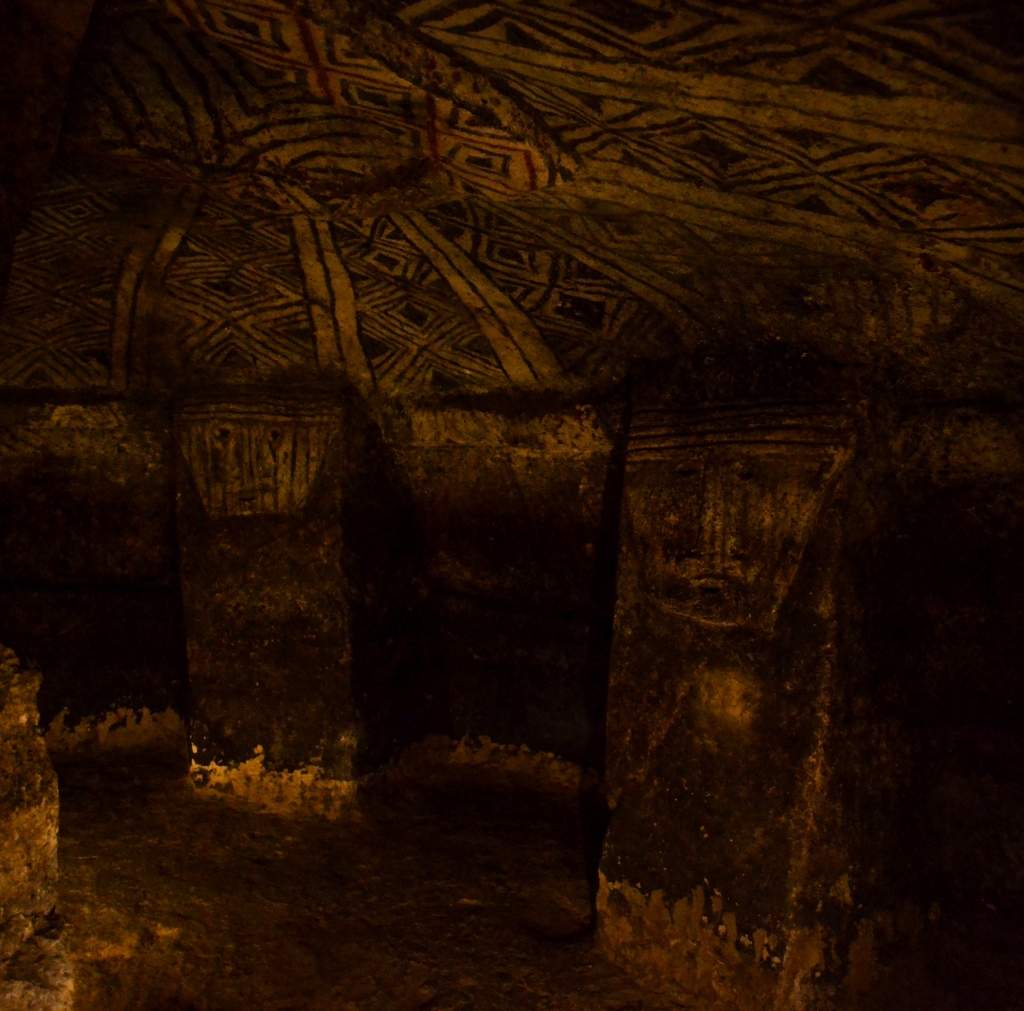
Paintings and carved faces in this tomb
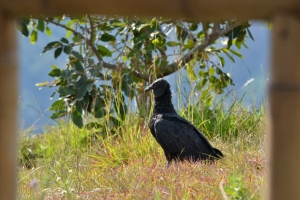
Black vulture that followed us for a while…
We decided to do the circuit anti-clockwise, visiting the most important site (Segovia) first and avoiding a really steep one hour uphill climb. The entire circuit took us a little over 7 hours of hiking – the trail was tough but worthwhile, as climbing the many mountains afforded some spectacular views of the Colombian Andes. We shared the views with wild horses and black vultures (the fact the vultures were circling us most of the hike is a bad indictment on our fitness level). The friendly guards who look after the tombs double as guides and provided us with a lot of useful information about the hypogeas.
Tierradentro means “Inside the Earth”, an appropriate name for these burial tombs. To access each we had to descend a number of stairs – big stairs that were challenging for us to descend and climb, we can only imagine how difficult it would have been for the indigenous people at the time of construction who were a lot shorter. According to one of the guards nobody really knows why they built such big steps. The tombs are located between 2 and 7 metres underground and not much is known about them. Almost all the ones we saw had columns carved out of the walls, many with figures carved into the columns and a number still decorated with red and black paint. Most of the tombs had lighting to help appreciate their attributes, but those that lacked lighting were at times eerie.
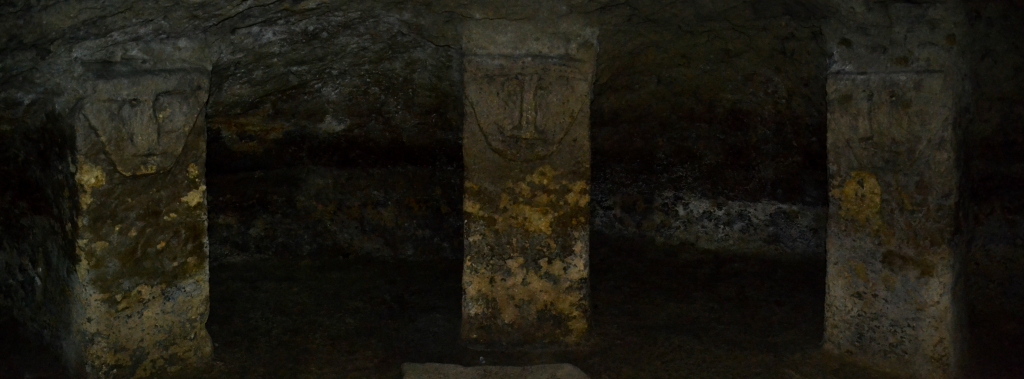
Figures carved into the tomb columns
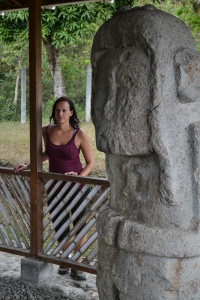
Sarah looking at the sculptures
The Archaeological Park also has a couple of pre-Hispanic anthropomorphic sculptures carved from volcanic rock, representing dignitaries and deities, which are located at the El Tablón site. After visiting this site we went back to the town of San Andrés, where we had a big lunch at La Portada before embarking on the second and most strenuous part of the hike in the archaeological park. This part of the circuit leads to Alto de Aguacate, the hightest point of the hike, which provides stunning views. A lot of visitors to the Park don’t go as far as El Aguacate because the hike up there is quite demanding (and the walk down is tough on the knees!) and because most of the tombs found up there were raided by guaqueros (tomb raiders) and are therefore not as well preserved. However, we found the views during the hike to be so breathtaking that it was well worth the effort to get there. We were absolutely exhausted and pretty dusty when we finally got back to town, but quickly recovered after a shower and a beer!
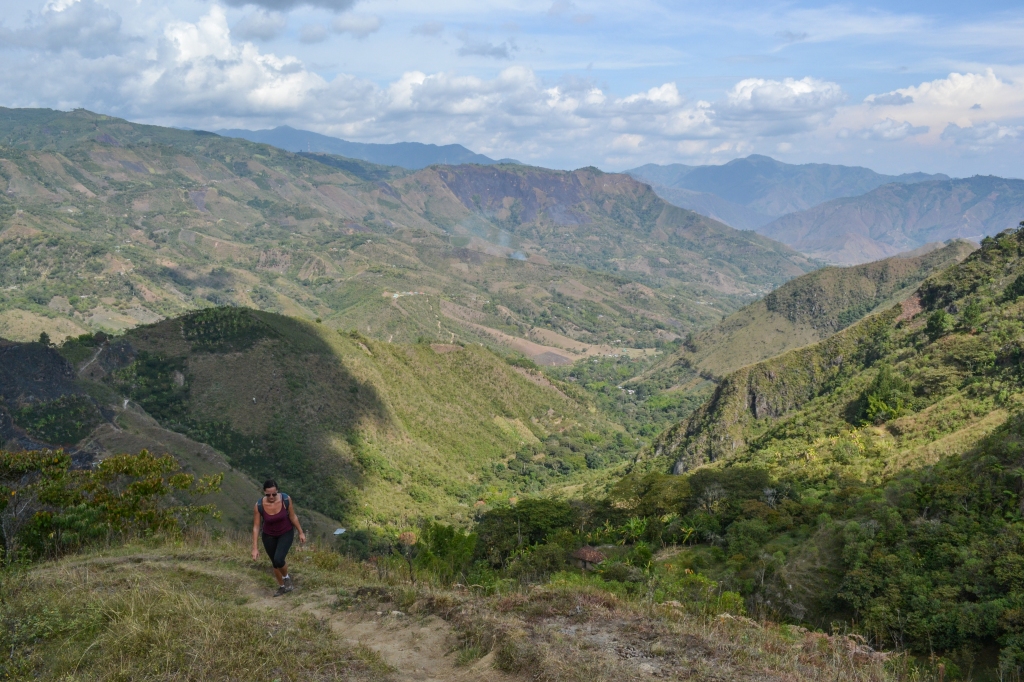
Views during the last part of the hike
Tierradentro is not a popular tourist destination and it is a bit off the beaten track, which meant that we had the place to ourselves for the most part. There were only a handful of tourists visiting the Archaeological Park while we were there, making the experience even more special.
The hypogeas and the hike were absolutely wonderful; another highlight of our time in Colombia! We will continue our tour of pre-Hispanic Colombia, heading to more popular San Agustin and its Archaeological Park as we continue our journey south to the border of Ecuador.
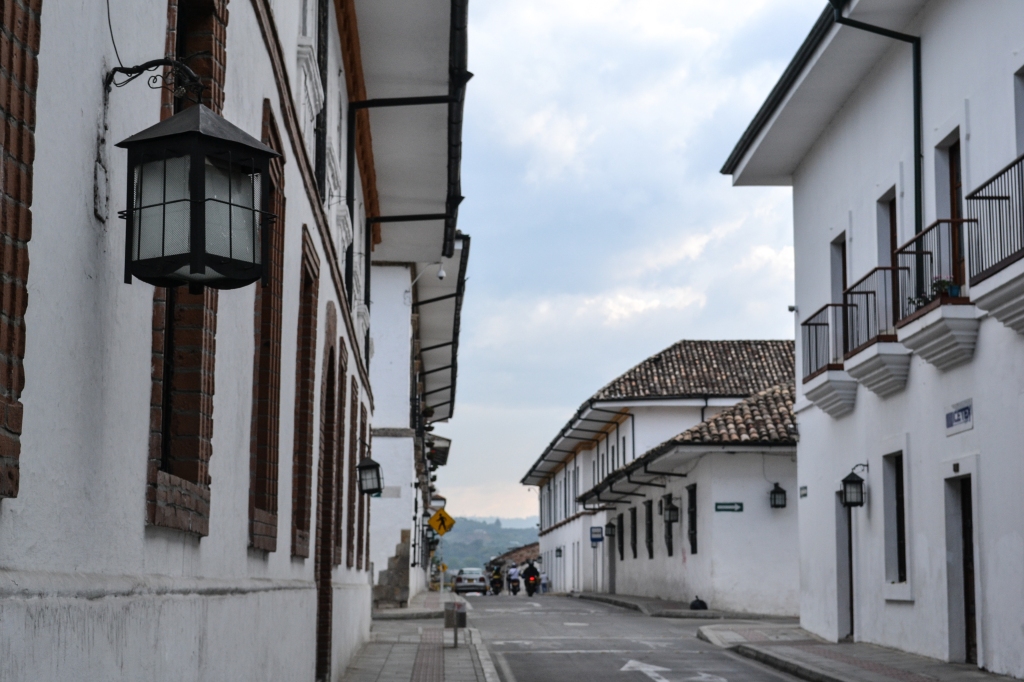
The chalk white walls of Popayan
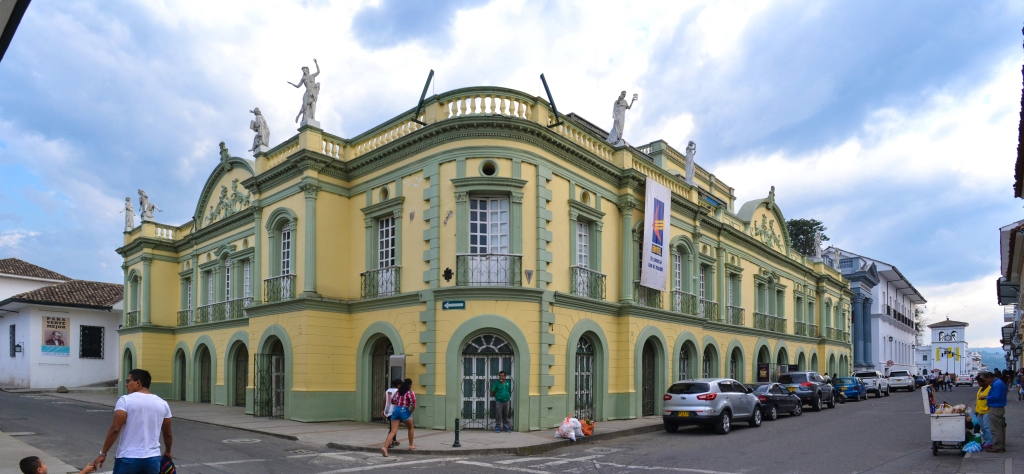
Popayan’s theatre
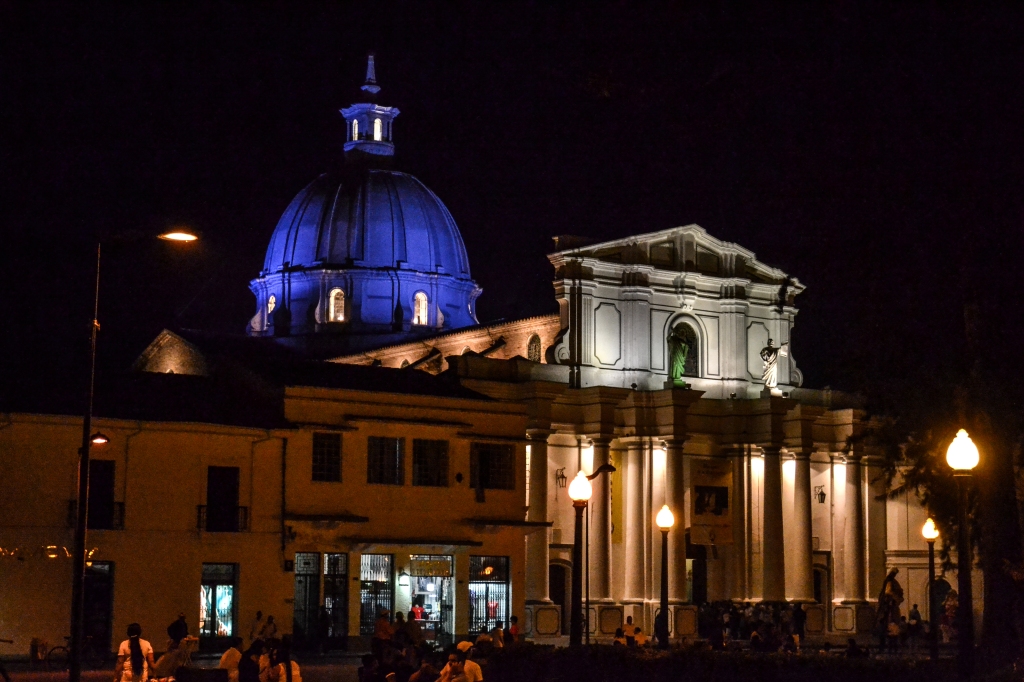
Cathedral at night
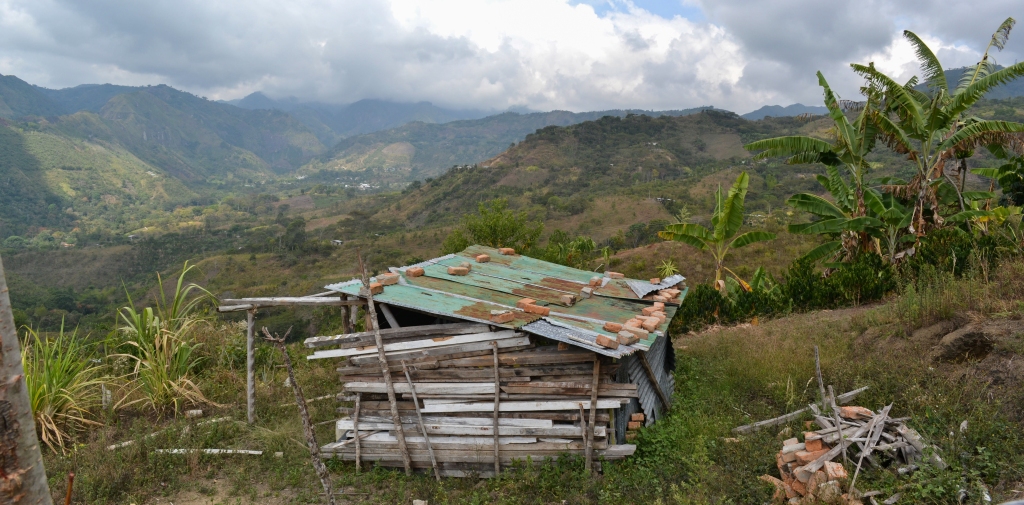
Shack encountered on our hike
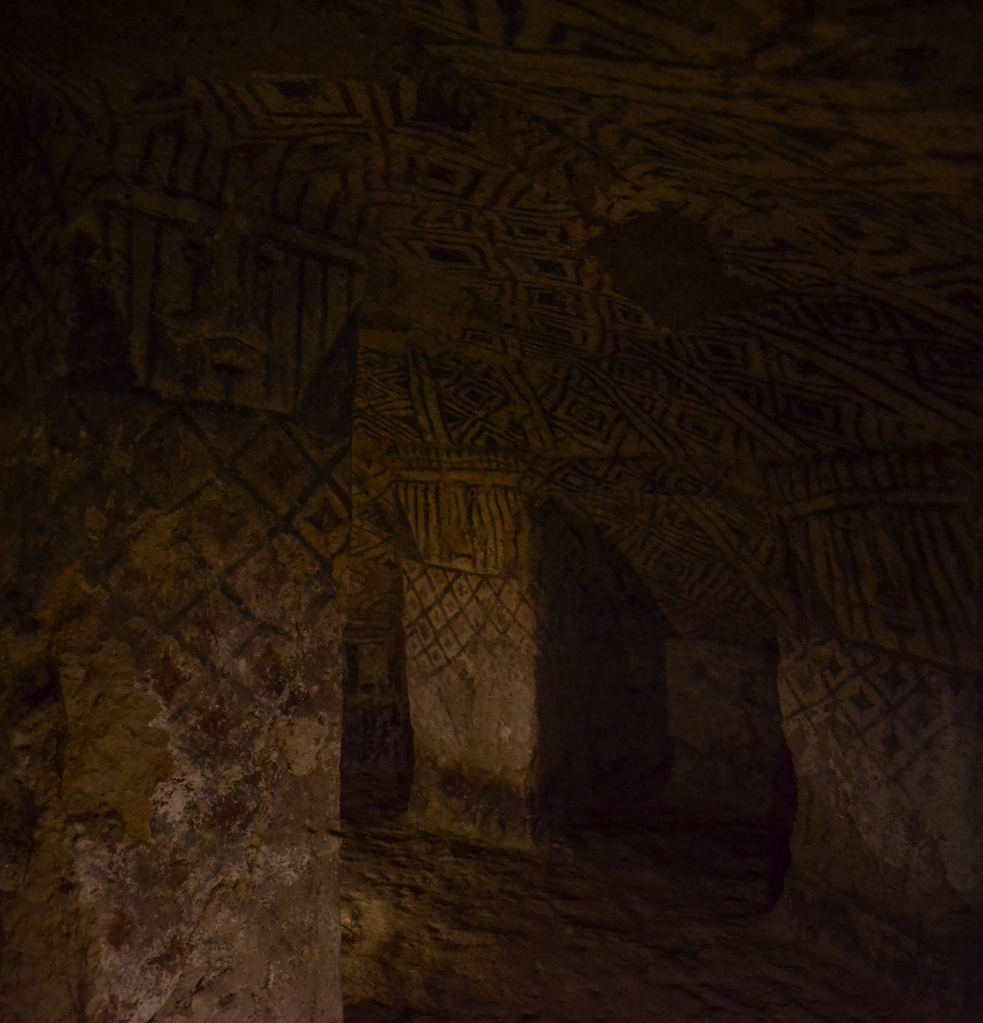
Inside the tomb
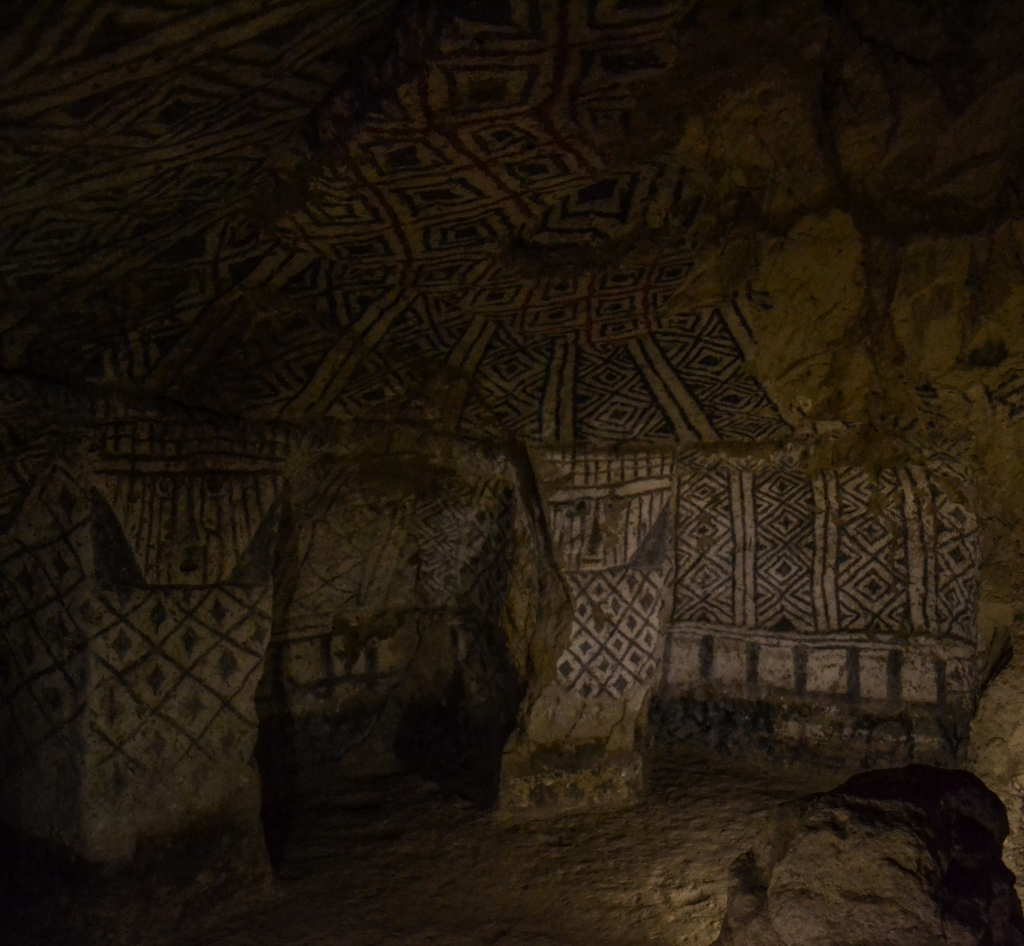
Amazing designs in the hypogea
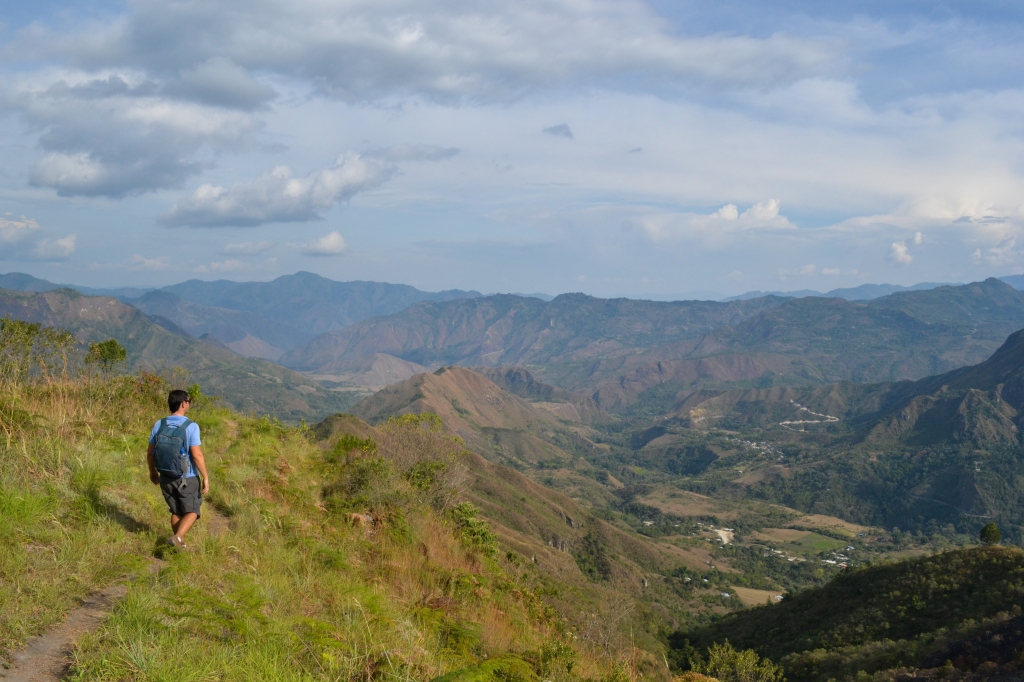
Duncan in the Colombian Andes



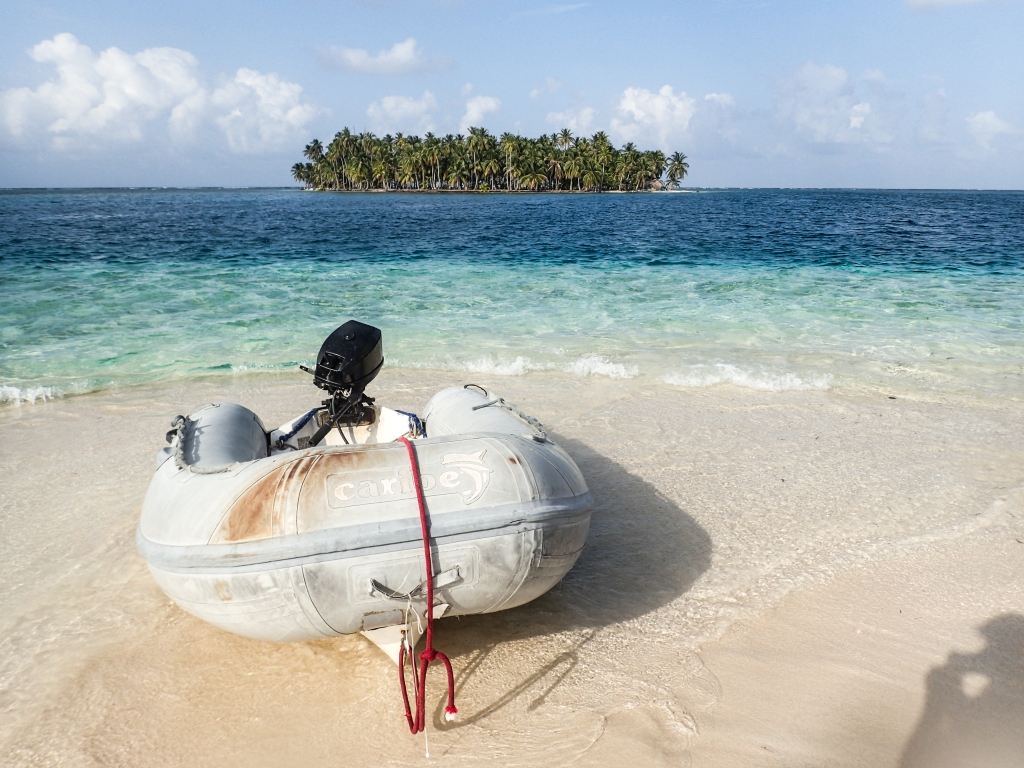
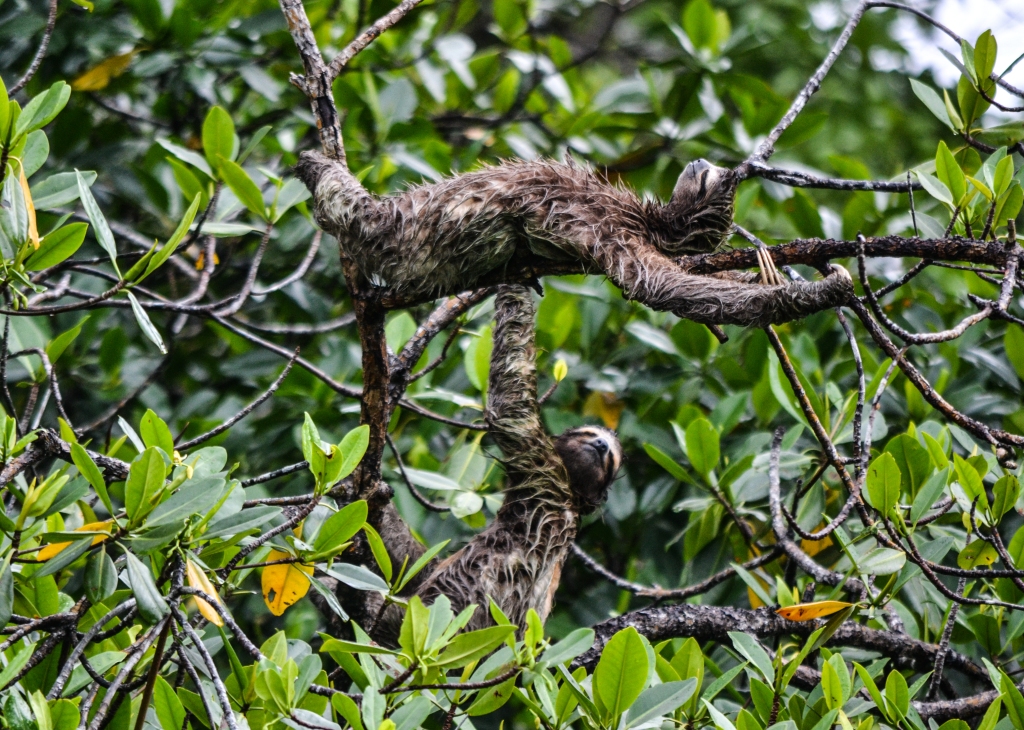
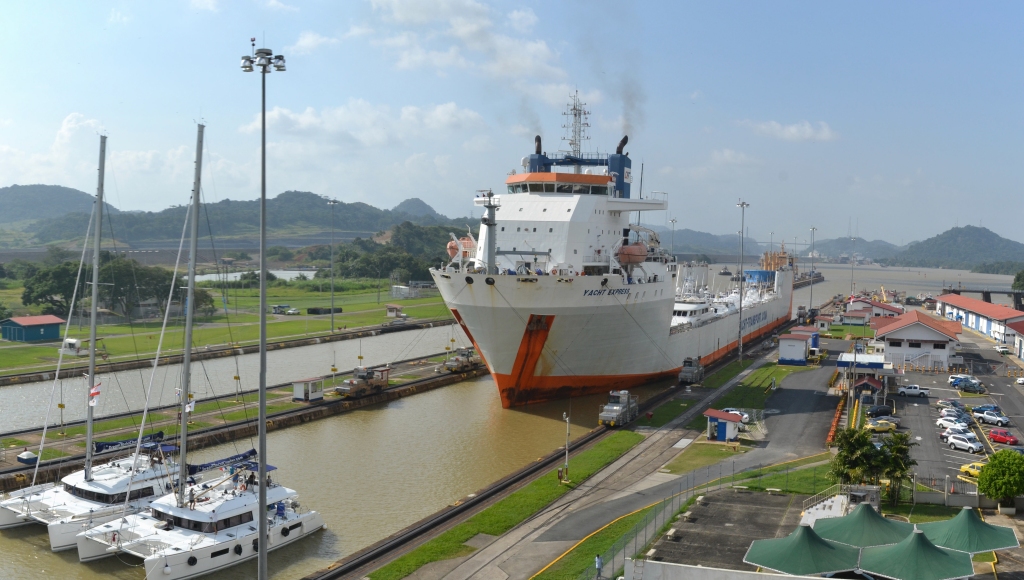
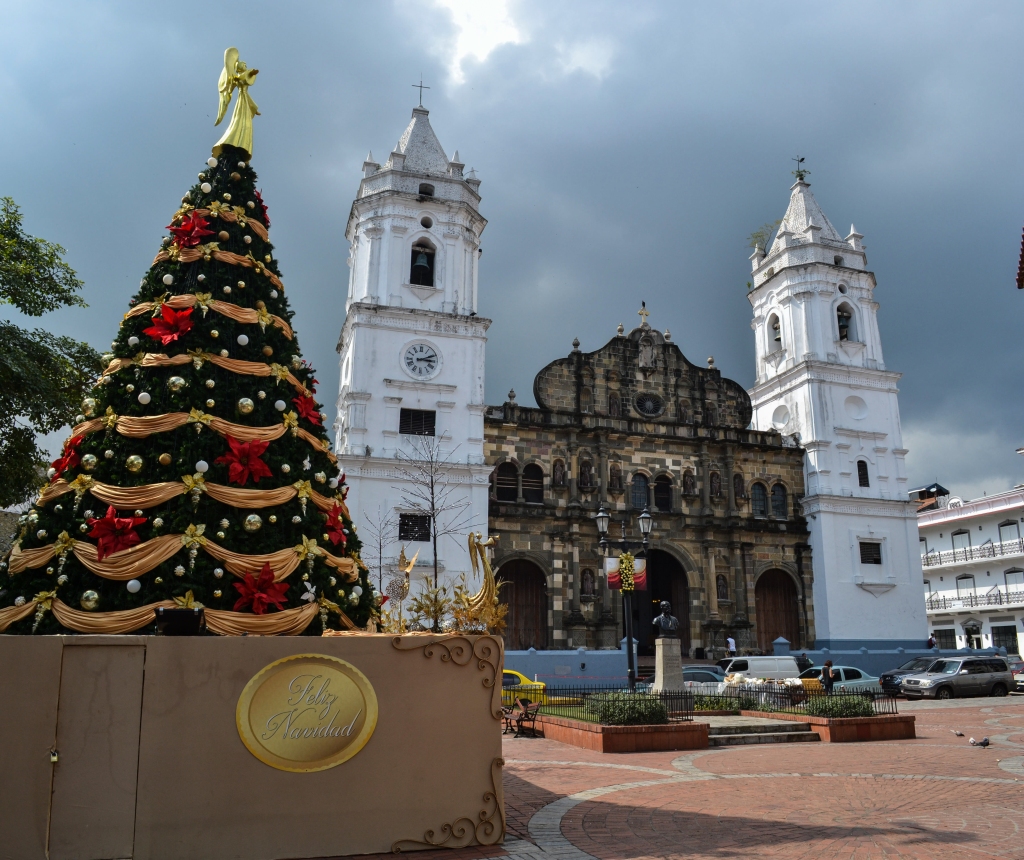


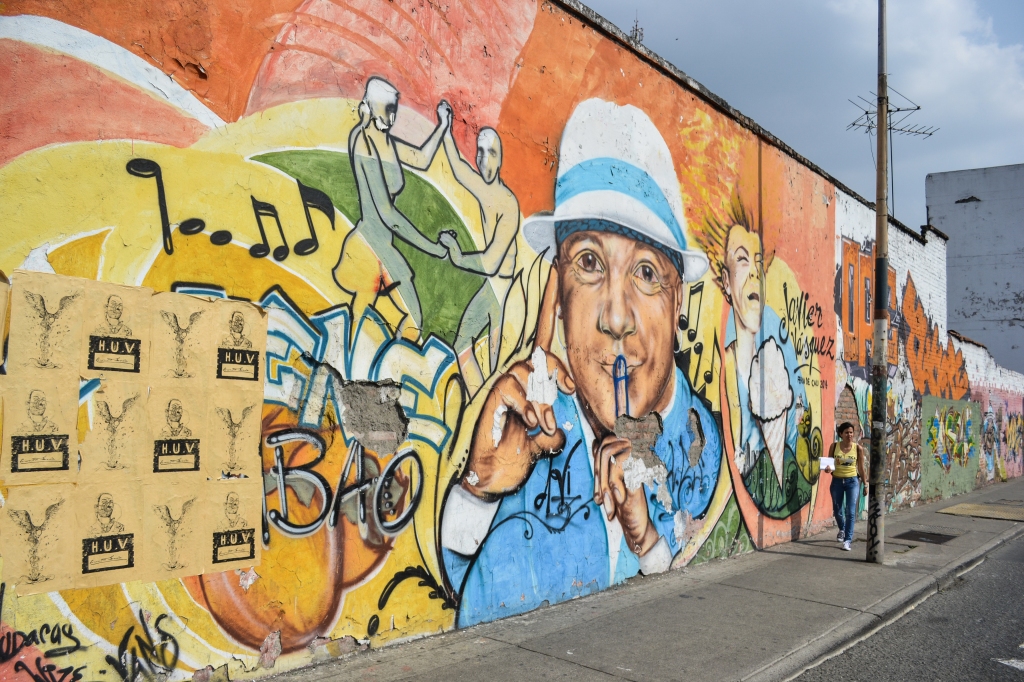
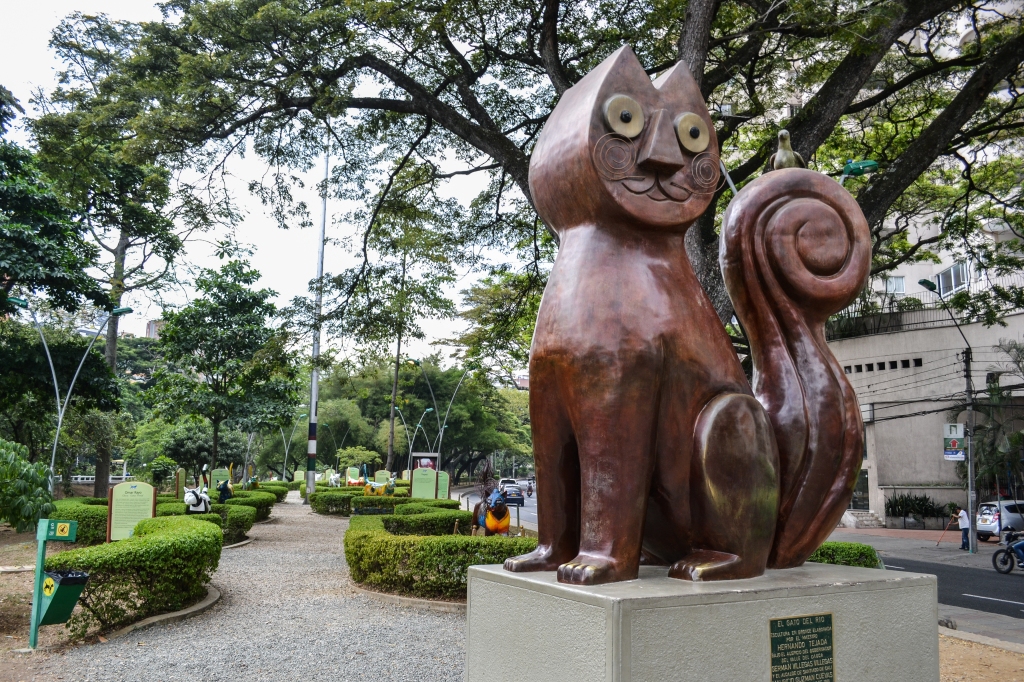
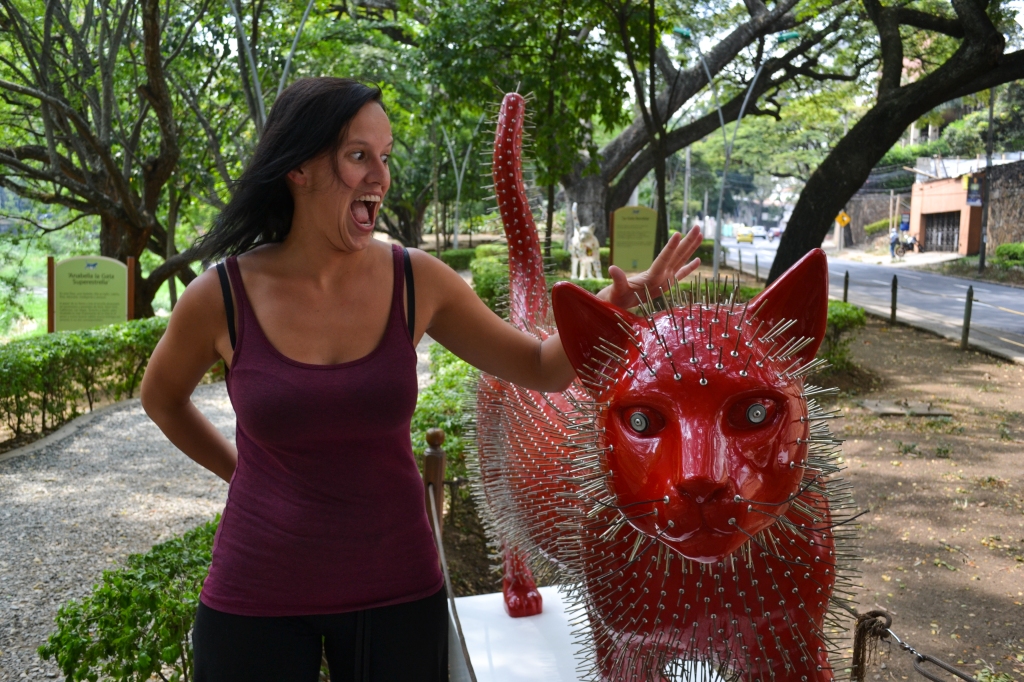
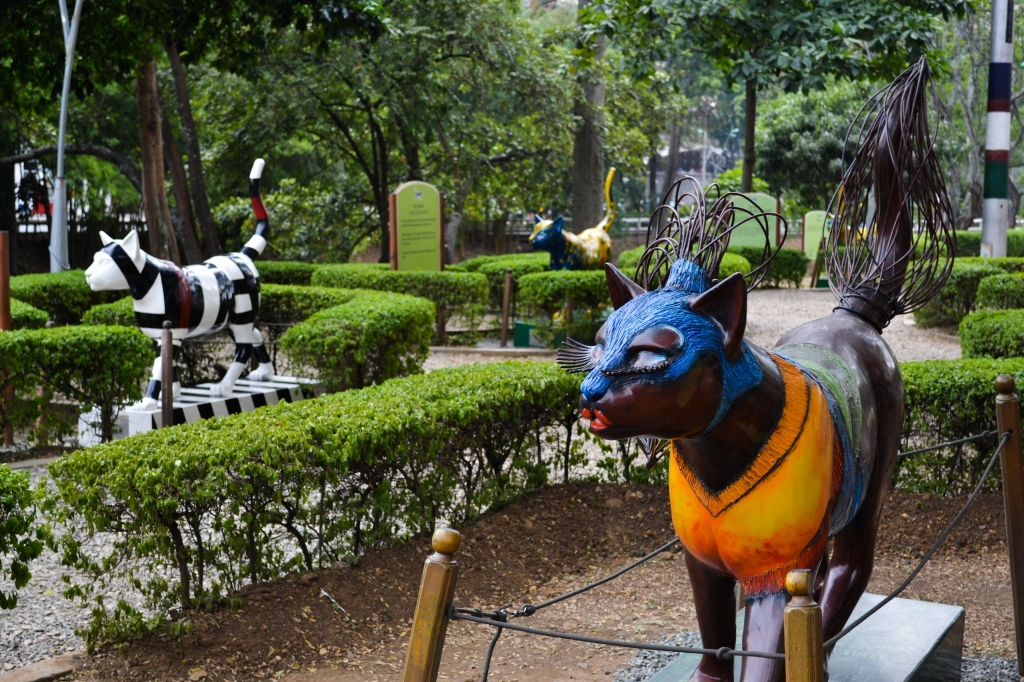
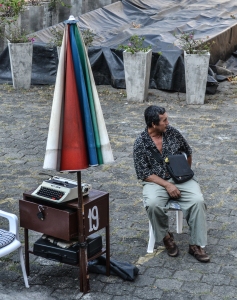
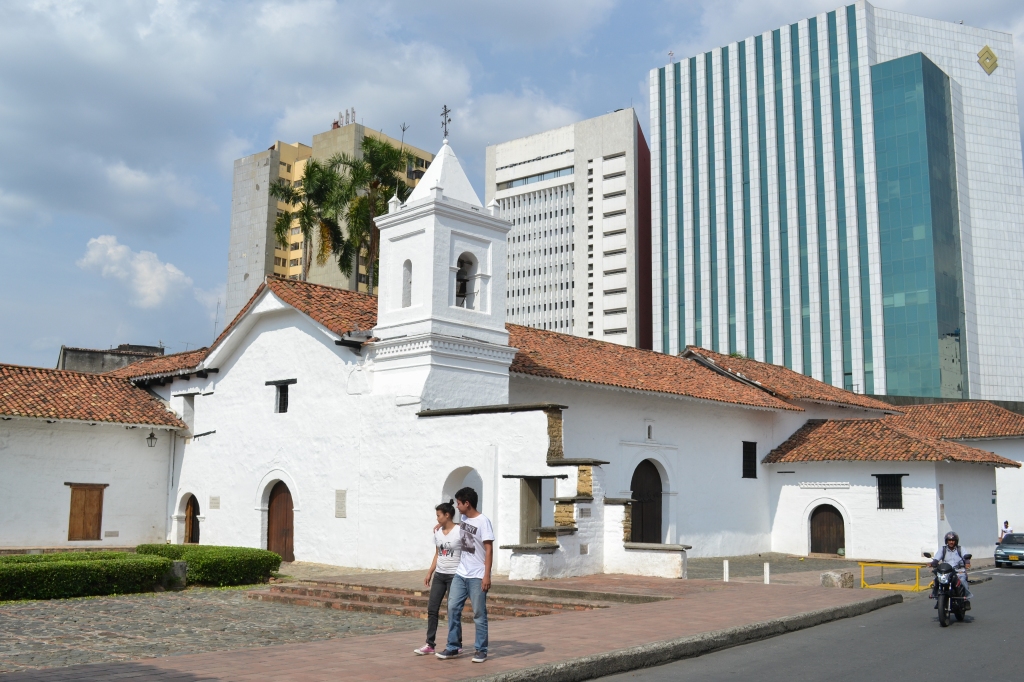
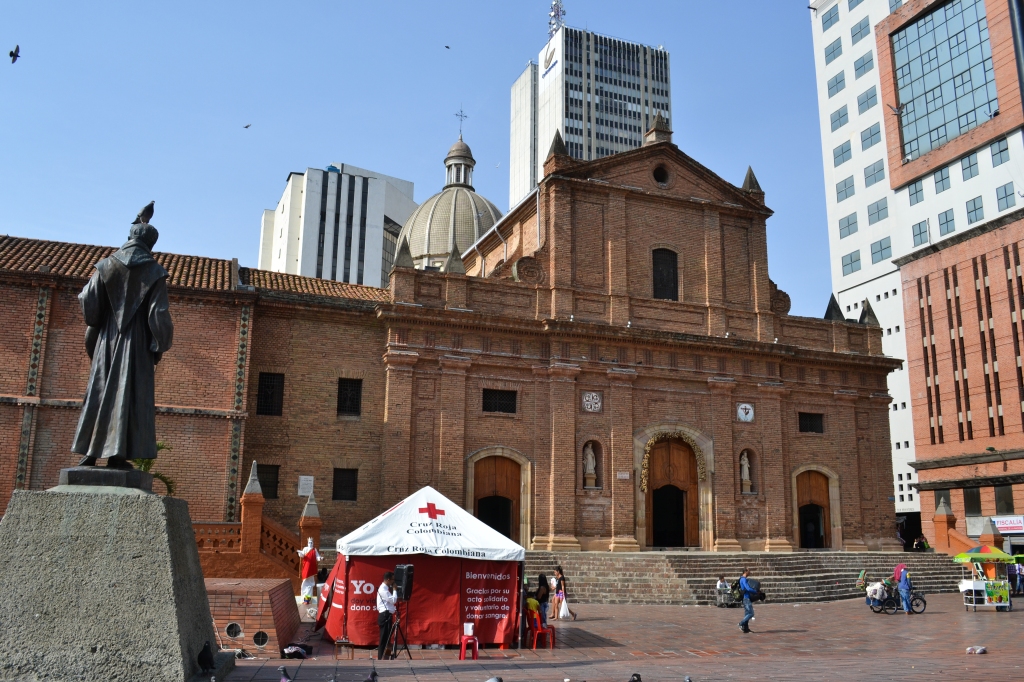
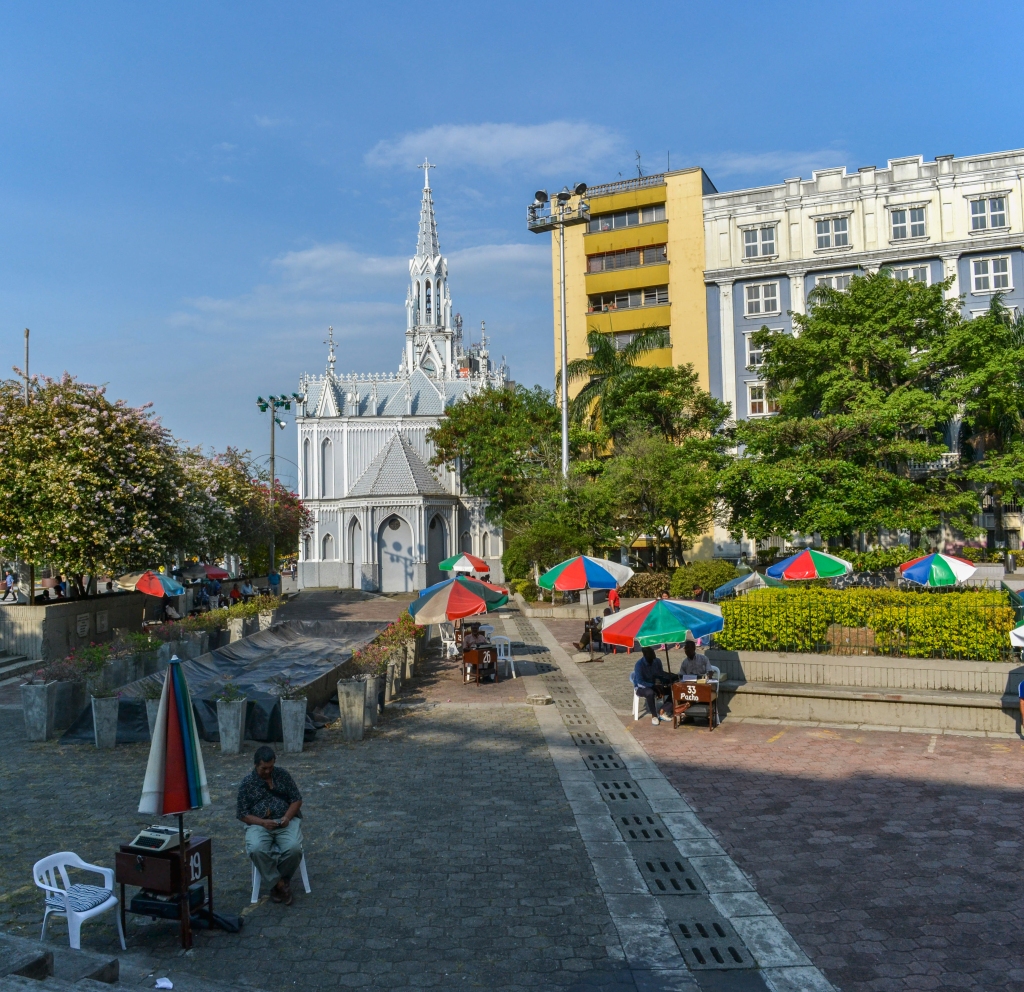


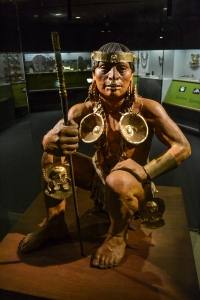 We also had a look at Cali’s Museo de Oro Calima (Gold Museum). It wasn’t nearly as impressive as Bogotá’s but did have some nice pieces and a display that showed how indigenous leaders would have worn some of the items.
We also had a look at Cali’s Museo de Oro Calima (Gold Museum). It wasn’t nearly as impressive as Bogotá’s but did have some nice pieces and a display that showed how indigenous leaders would have worn some of the items.


